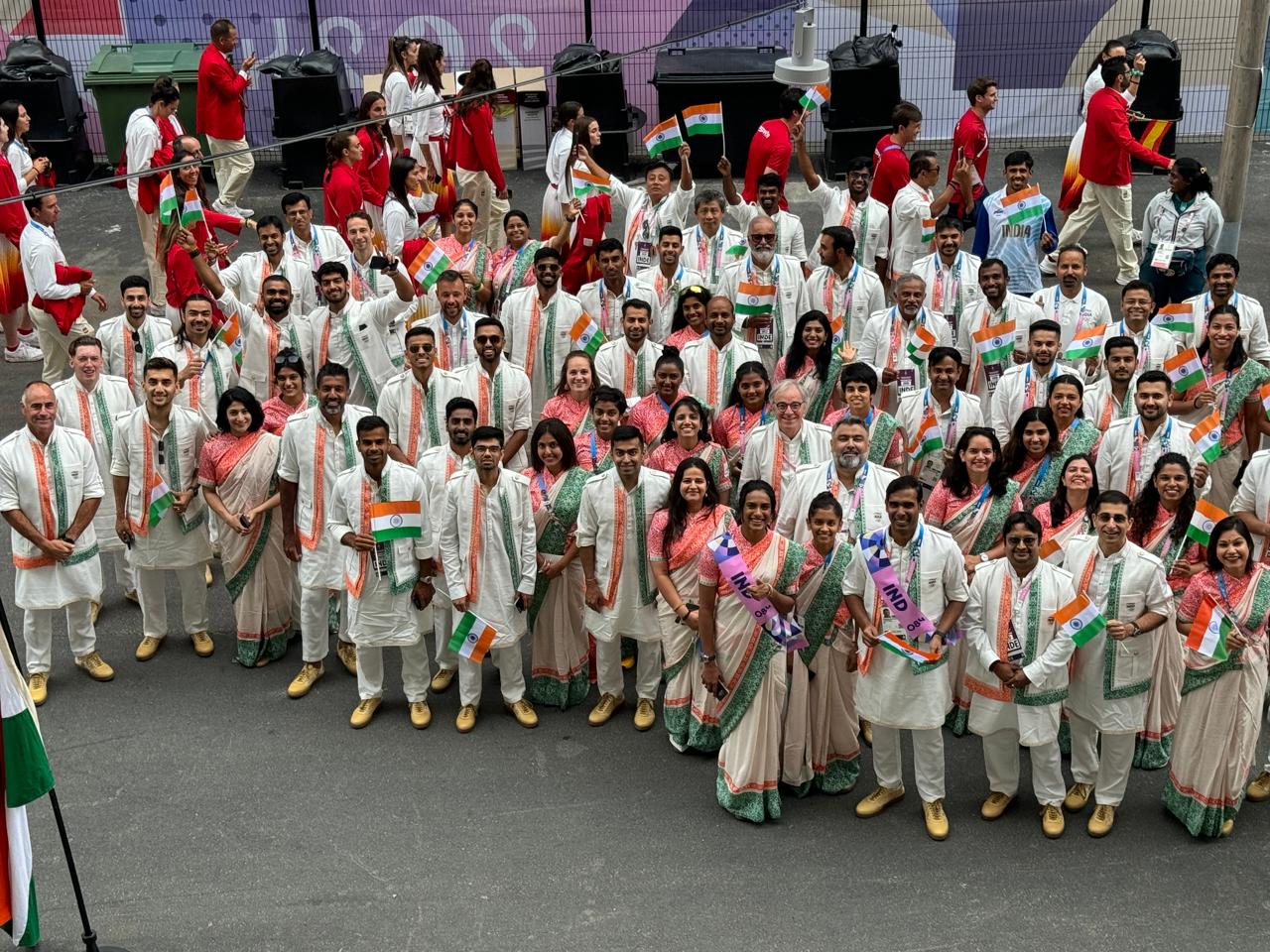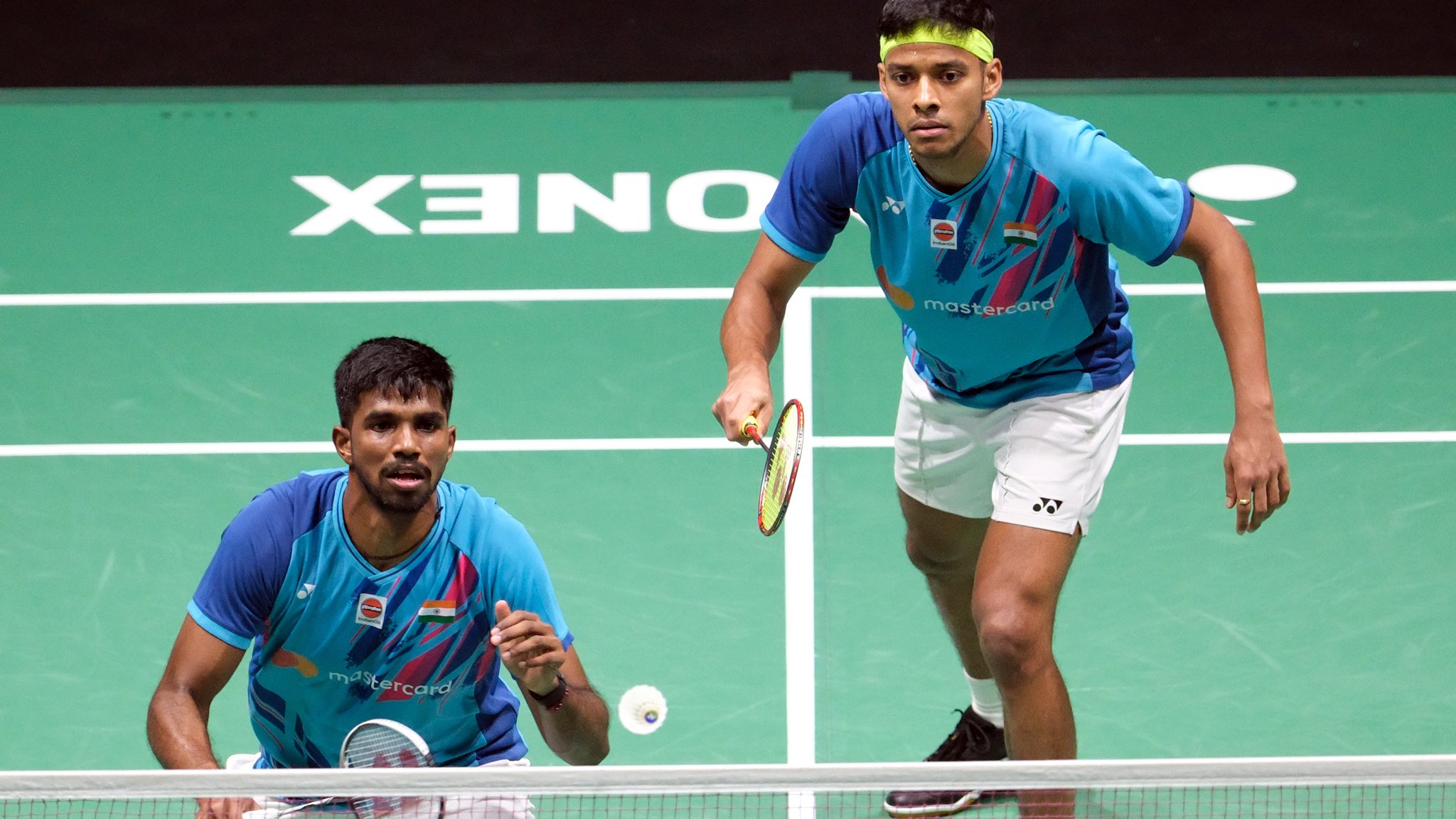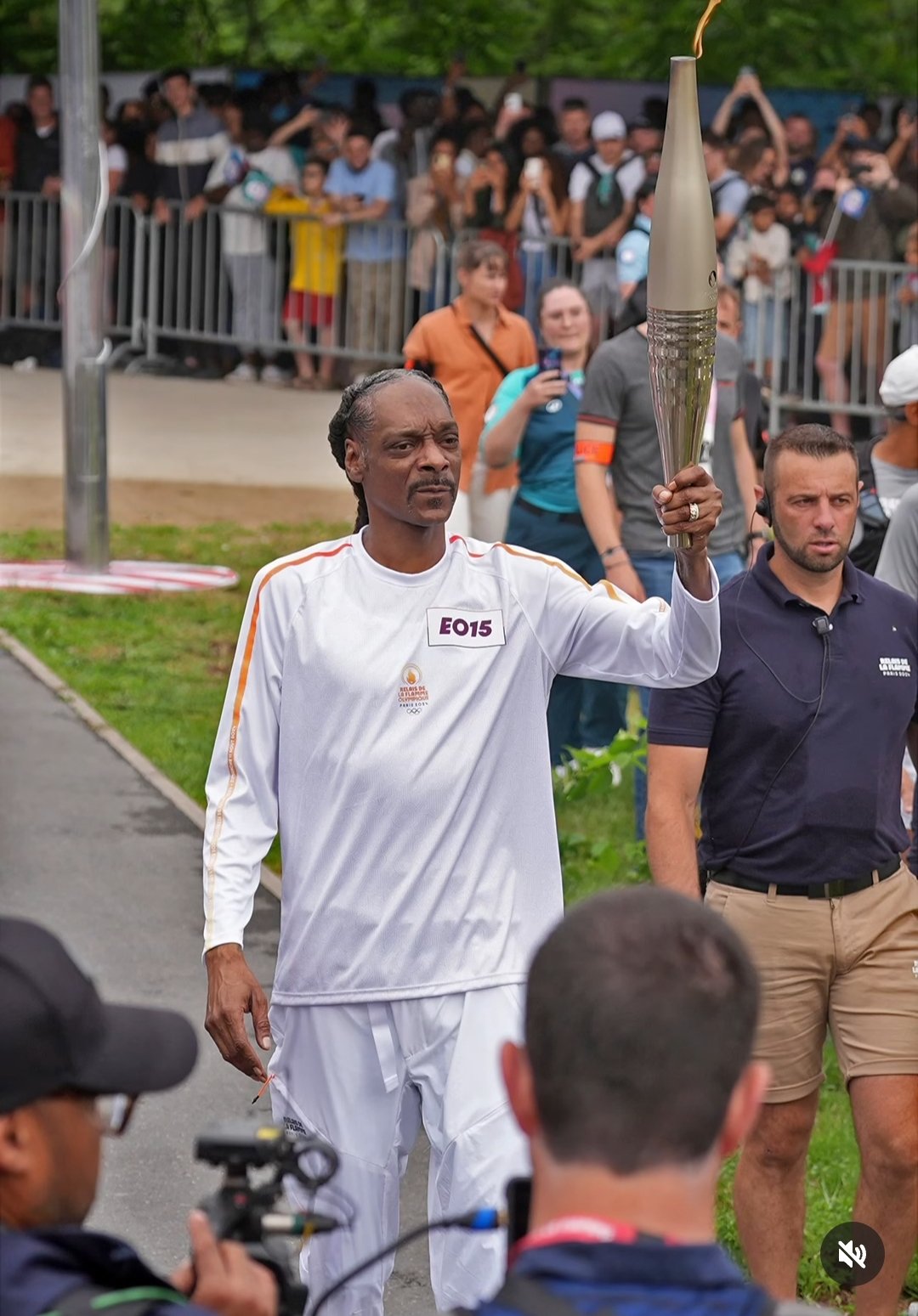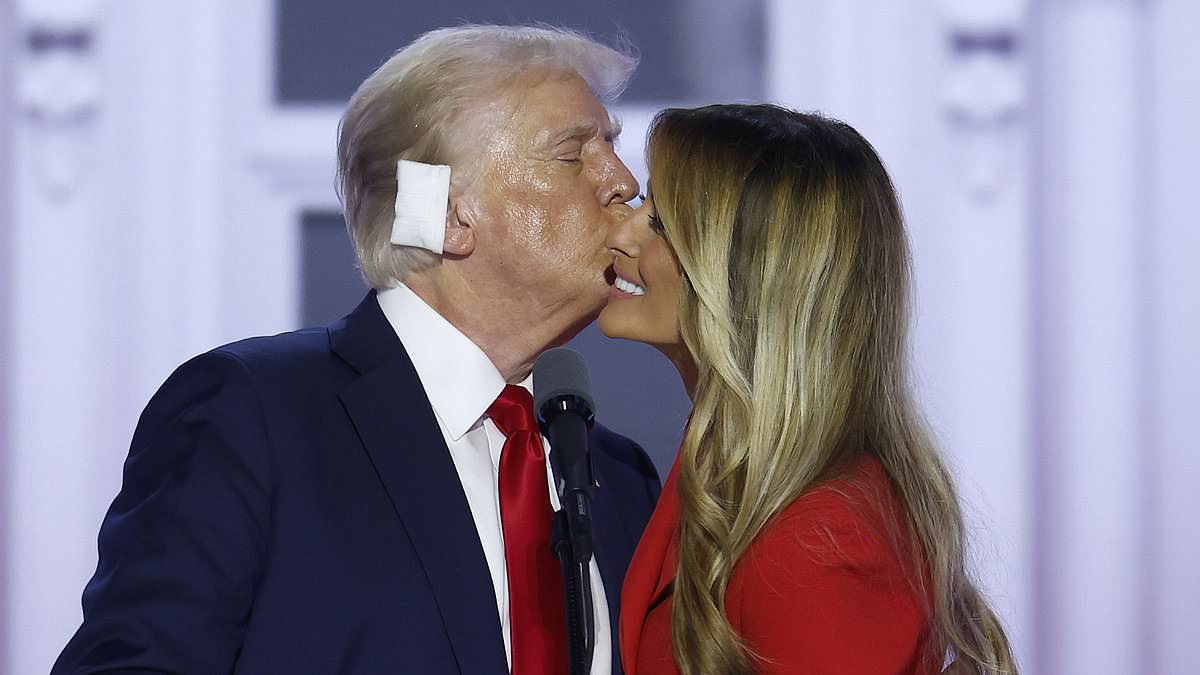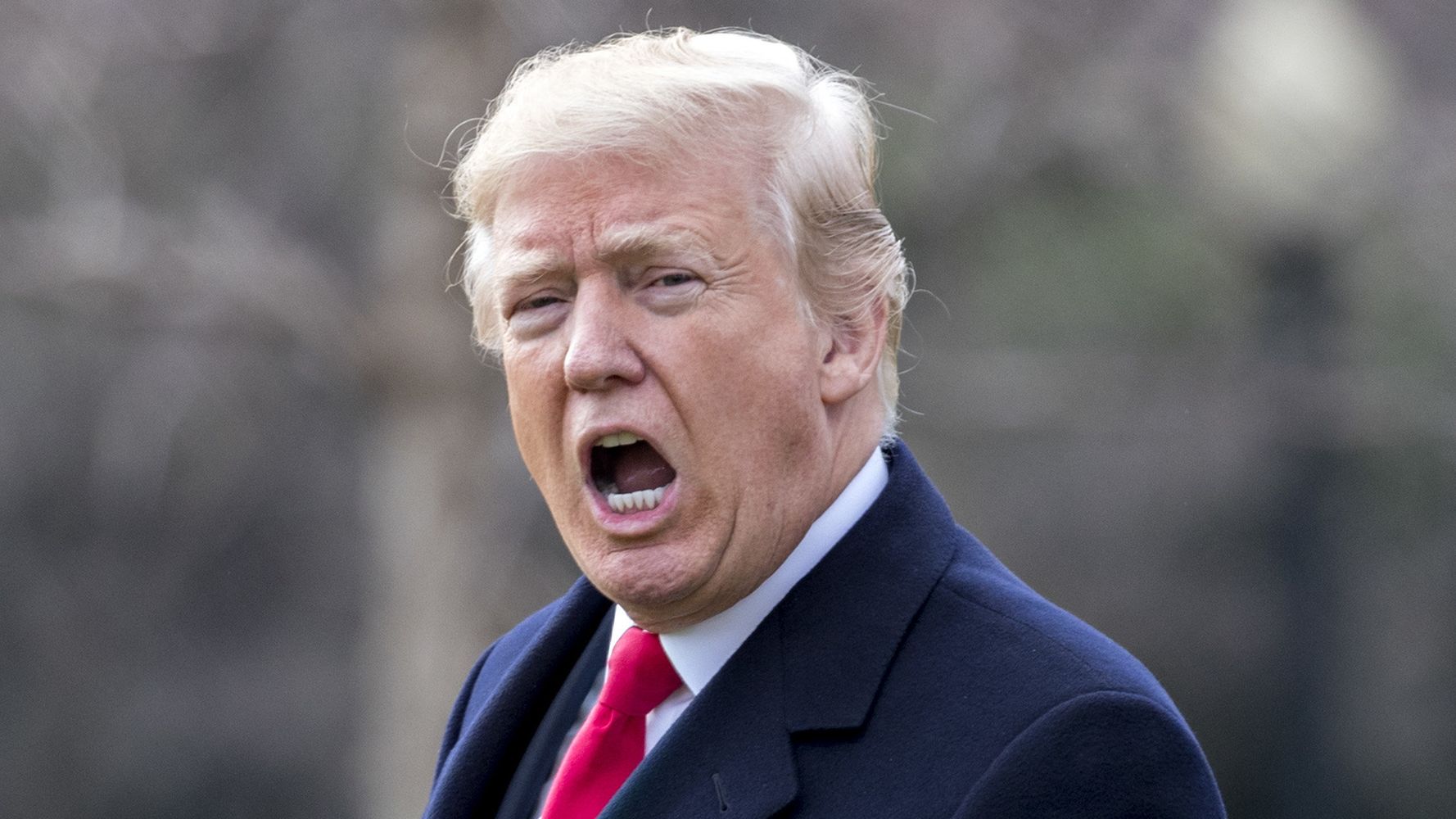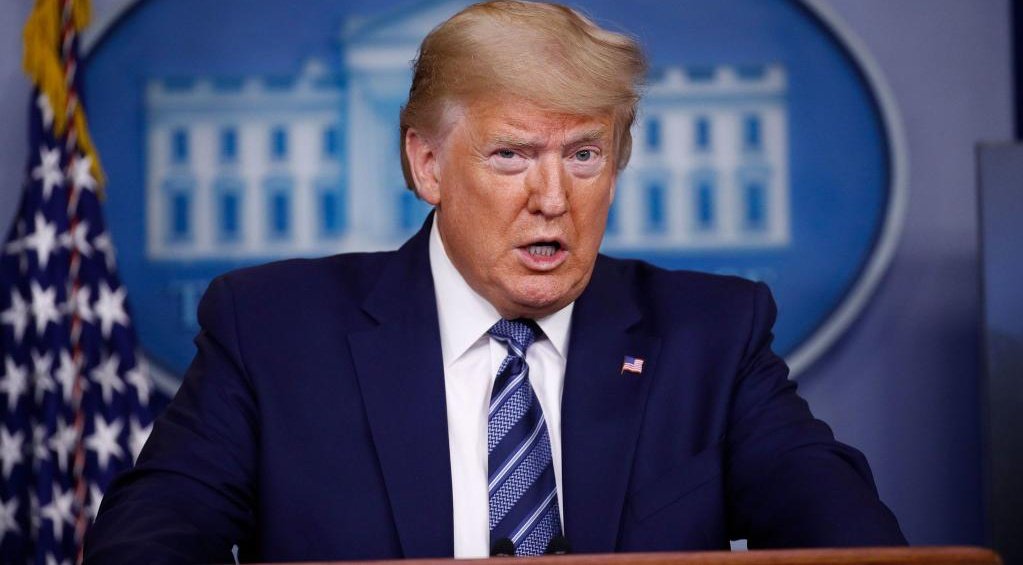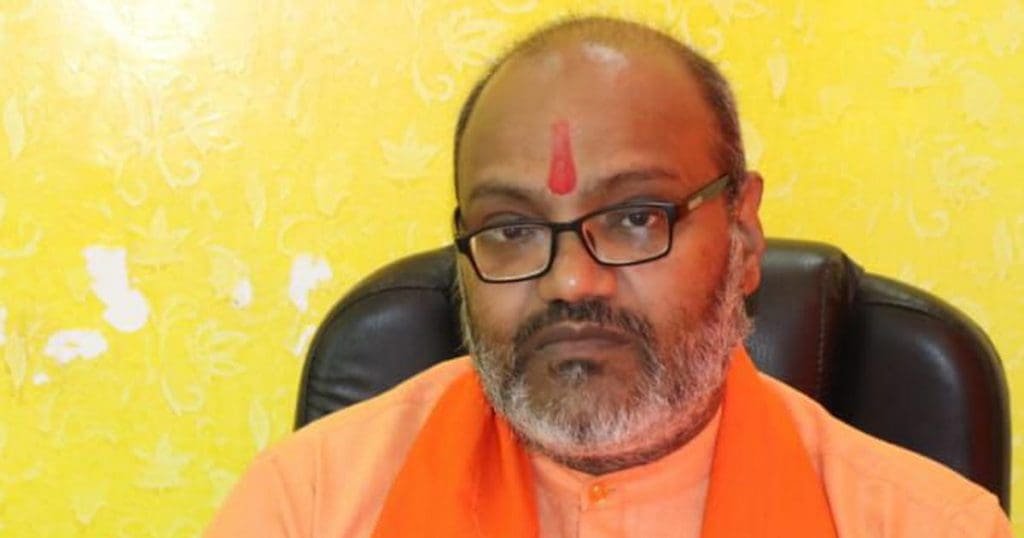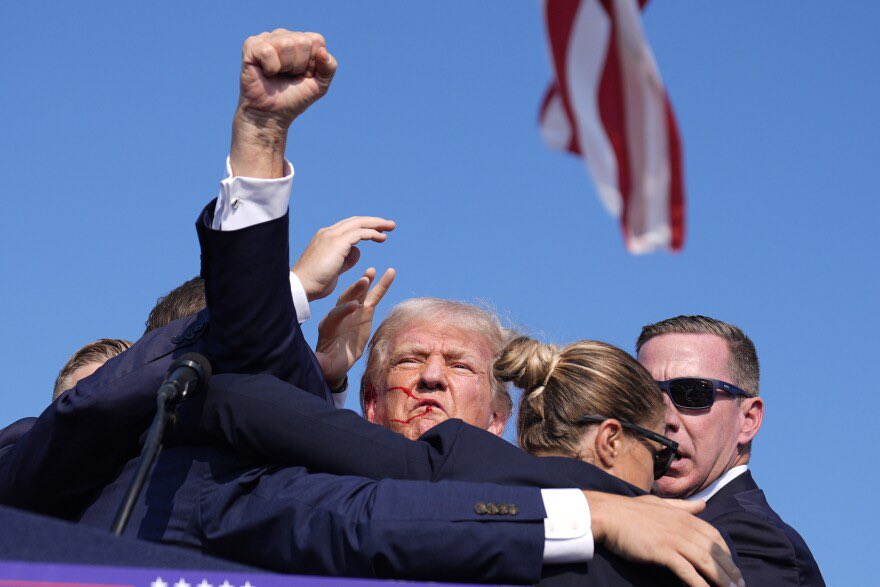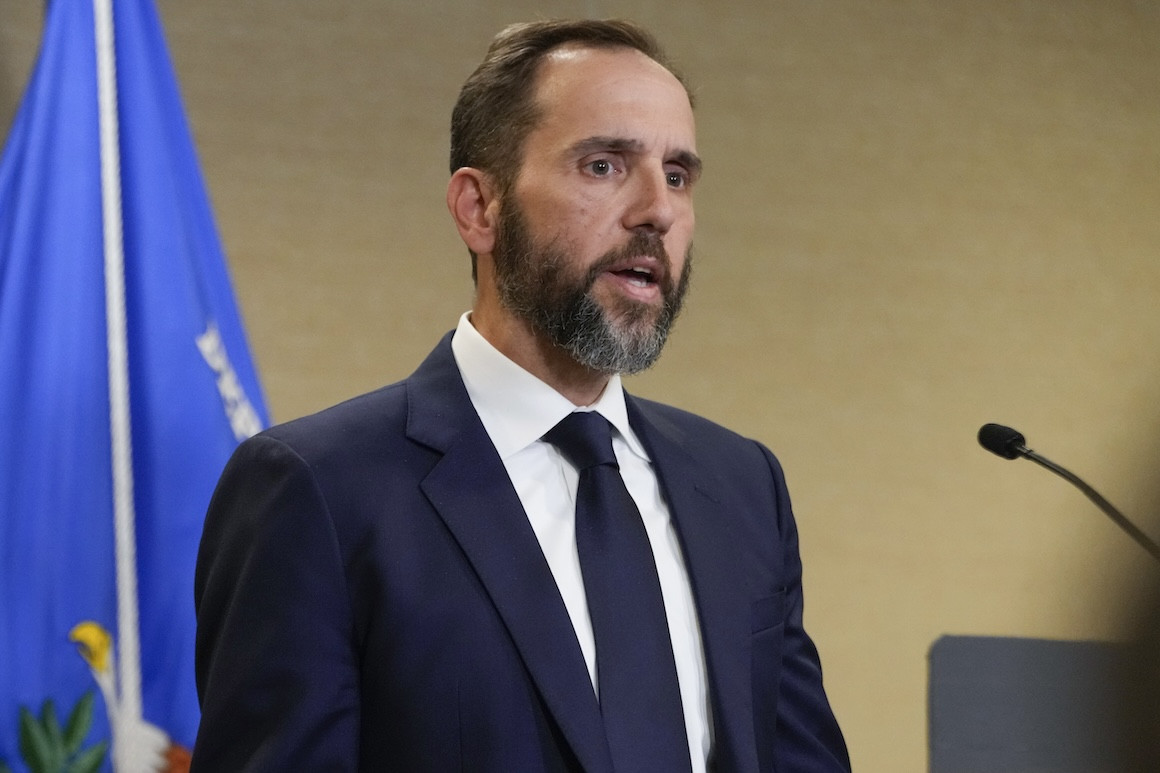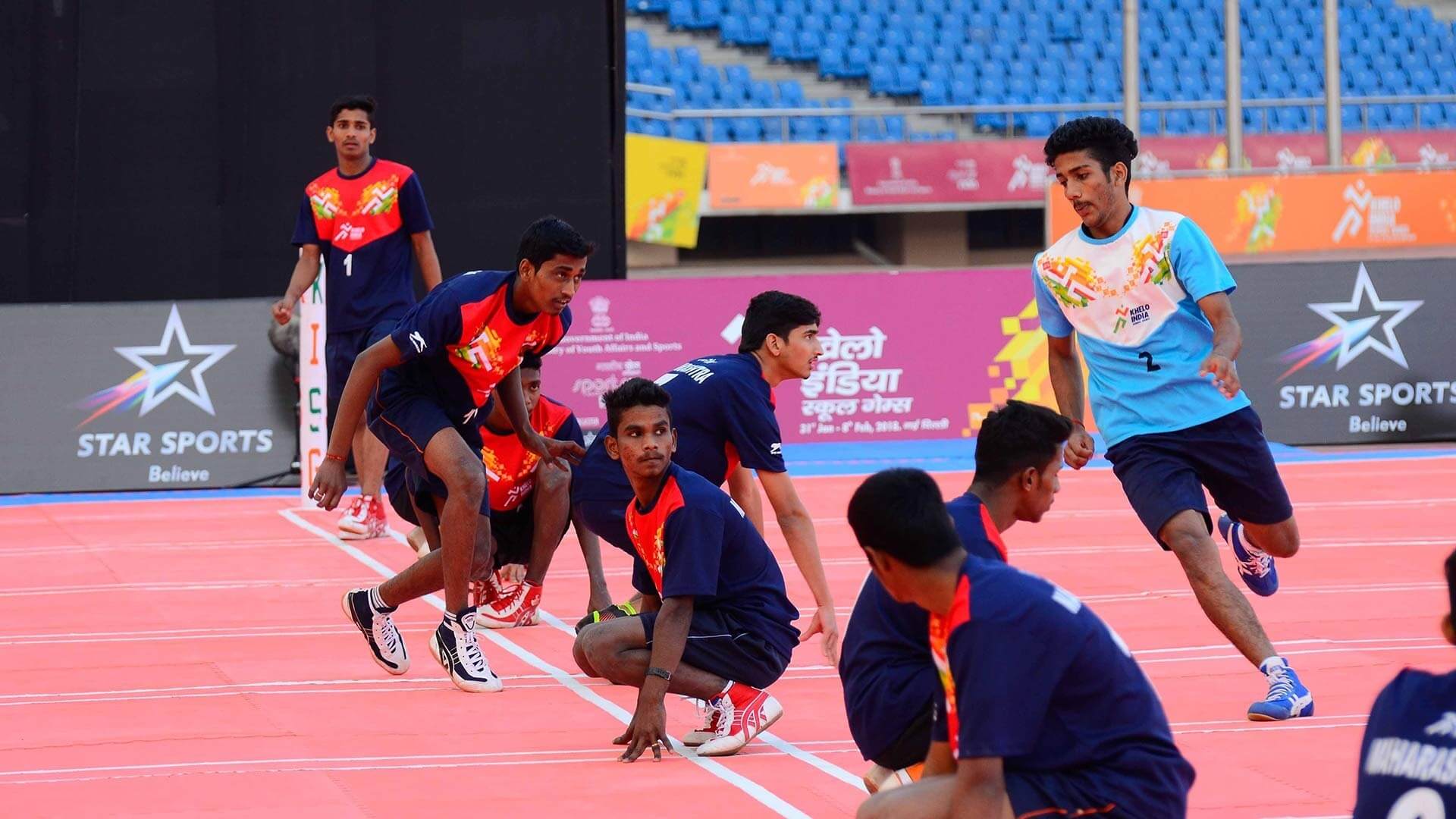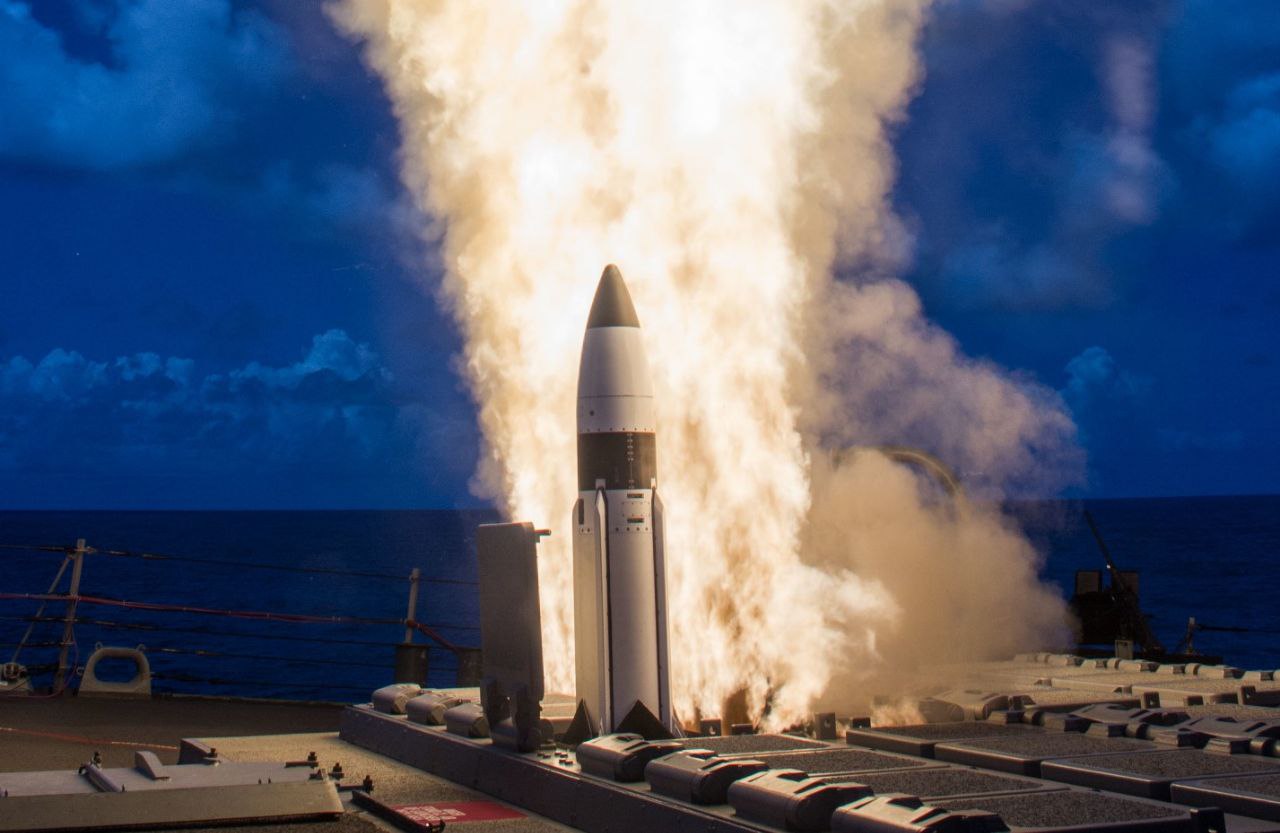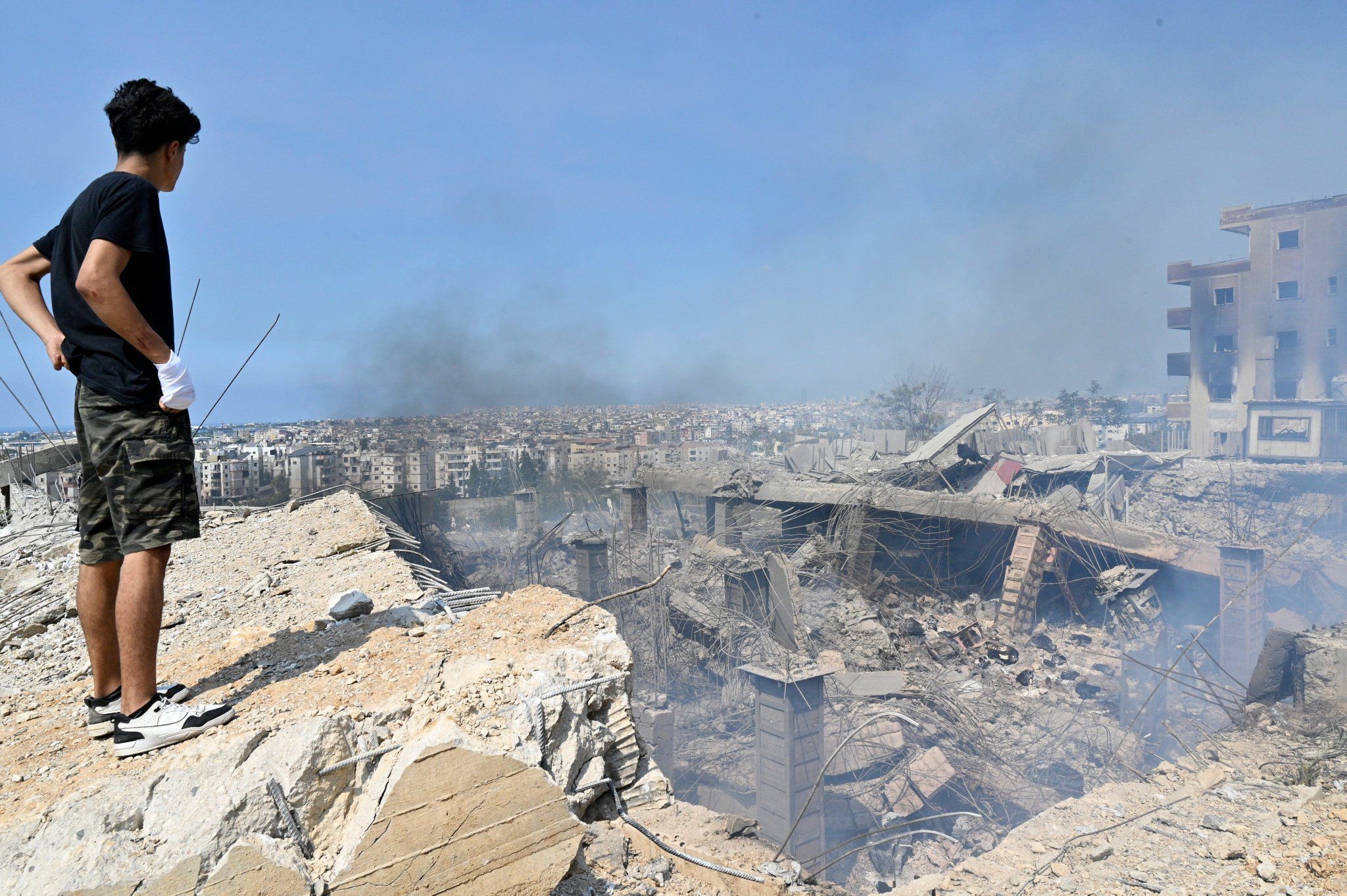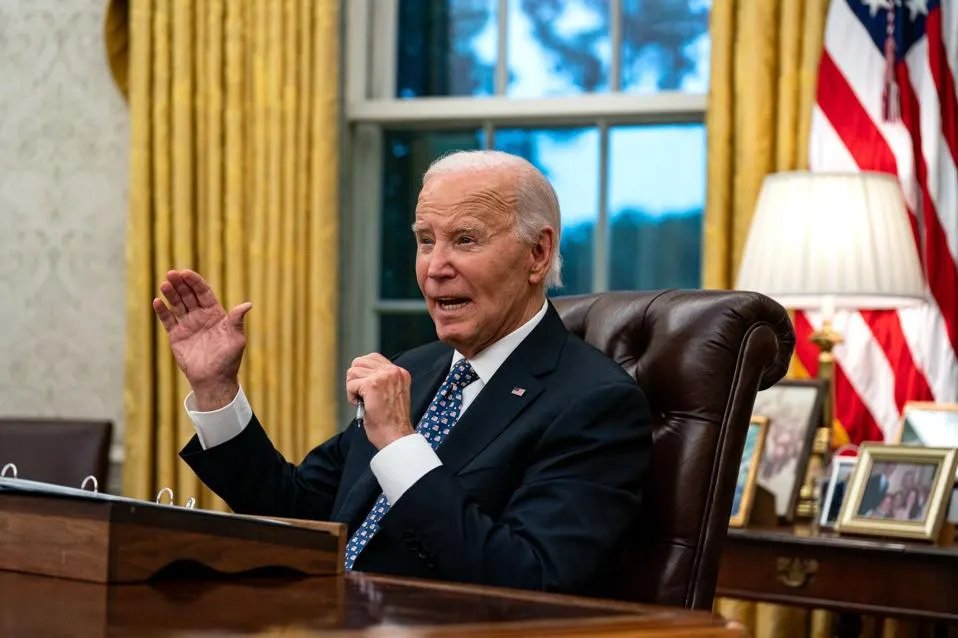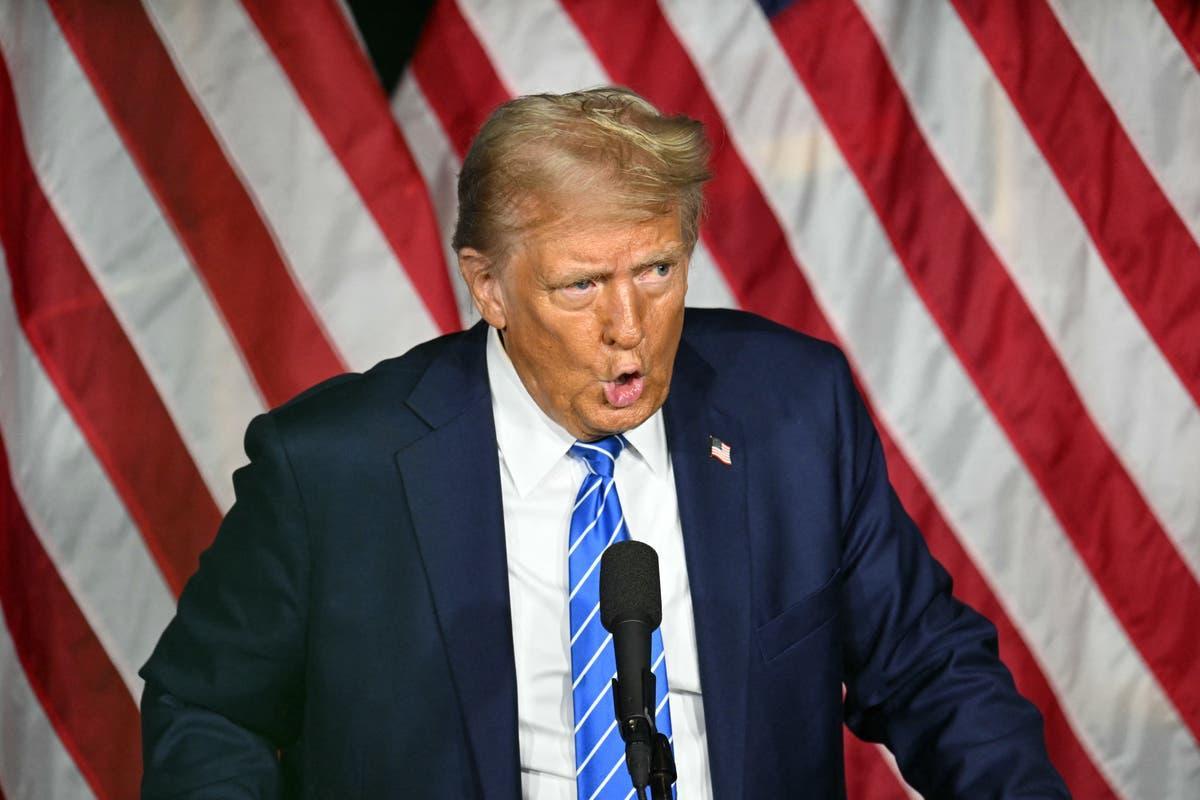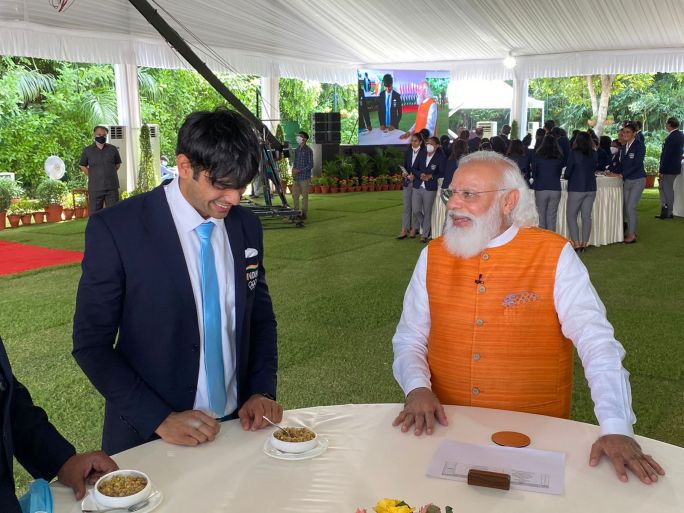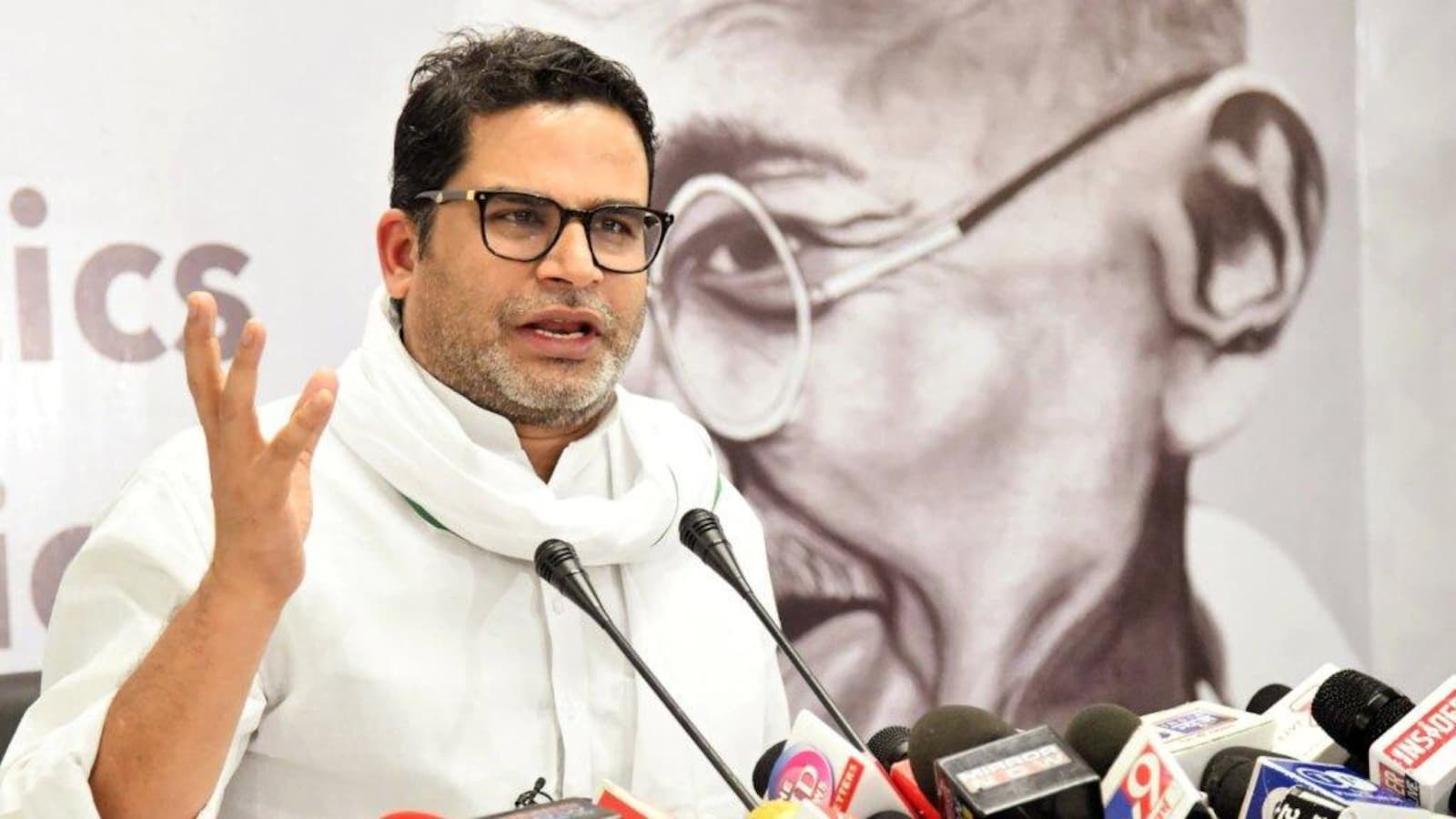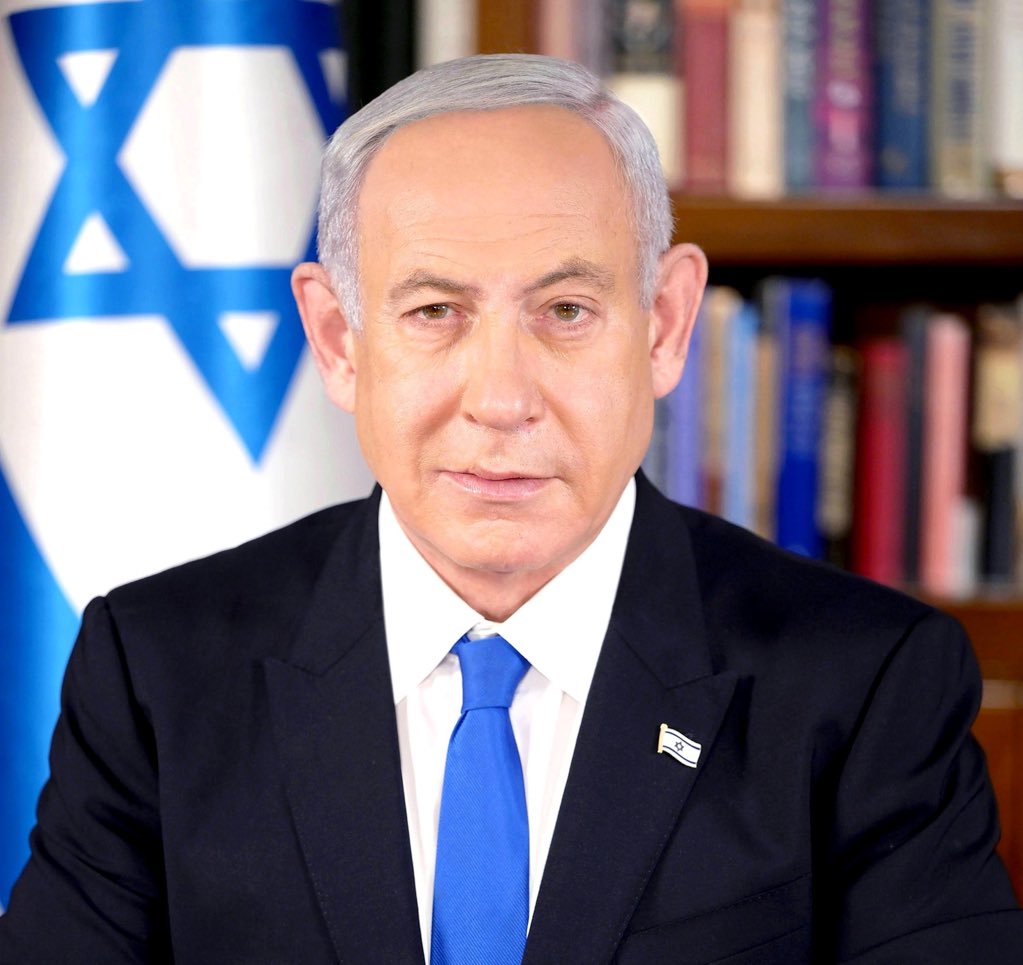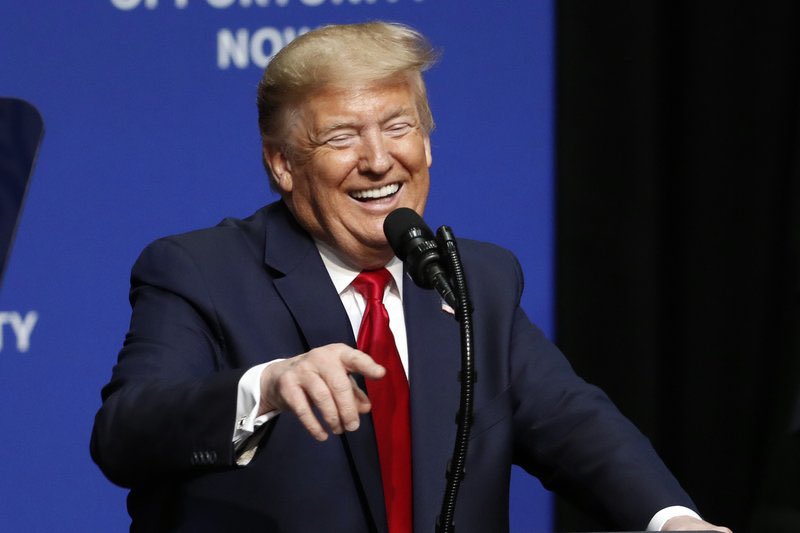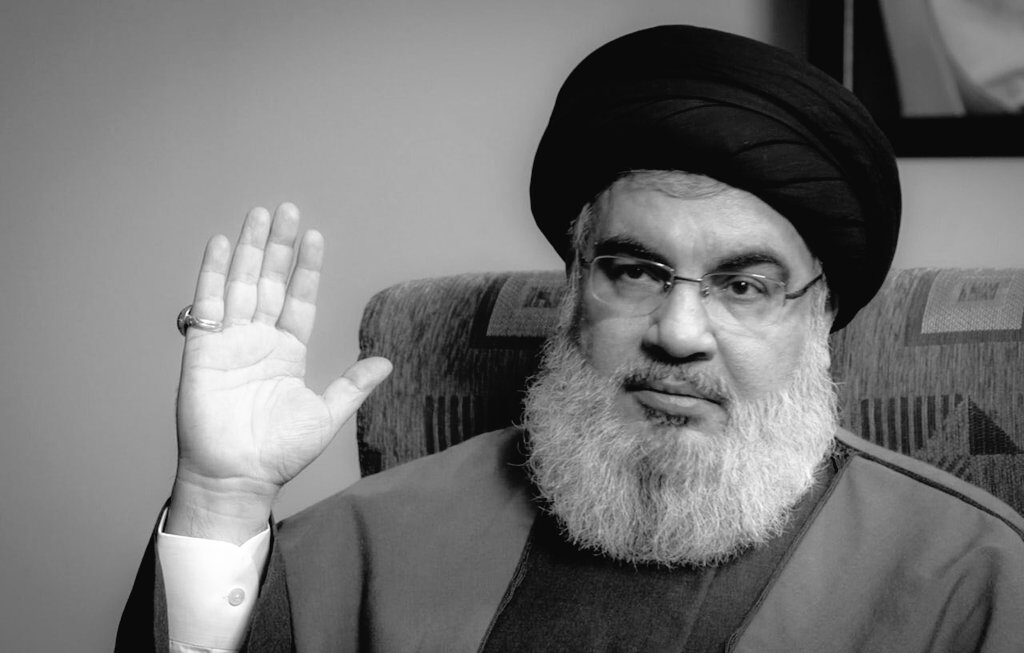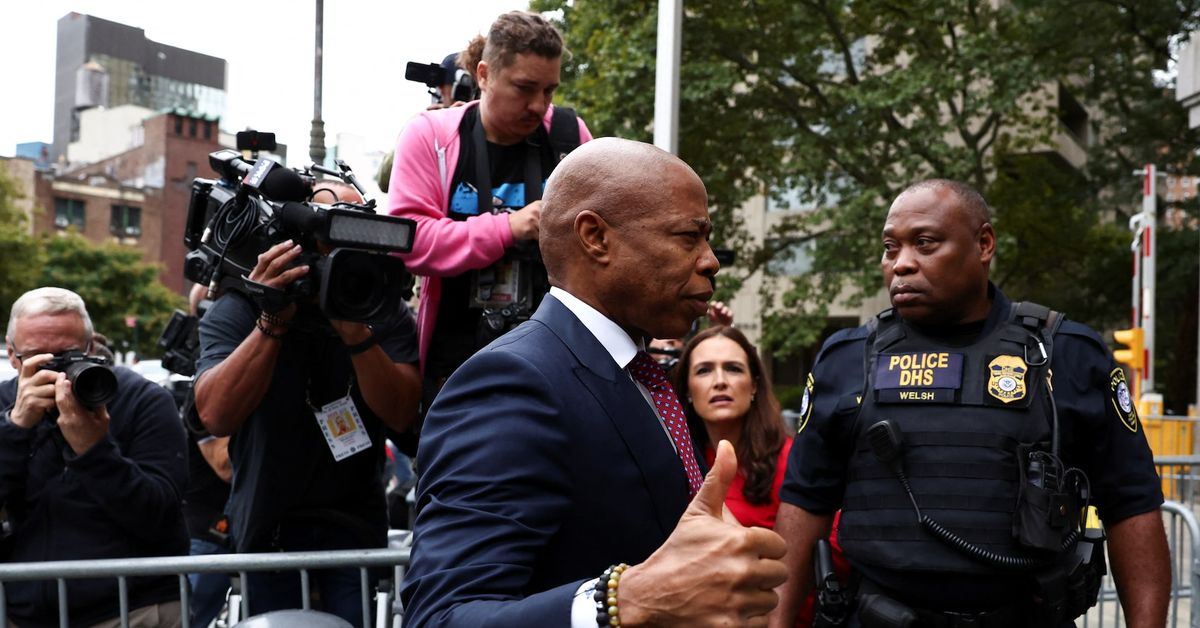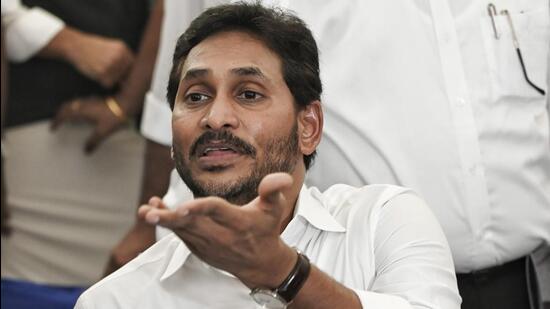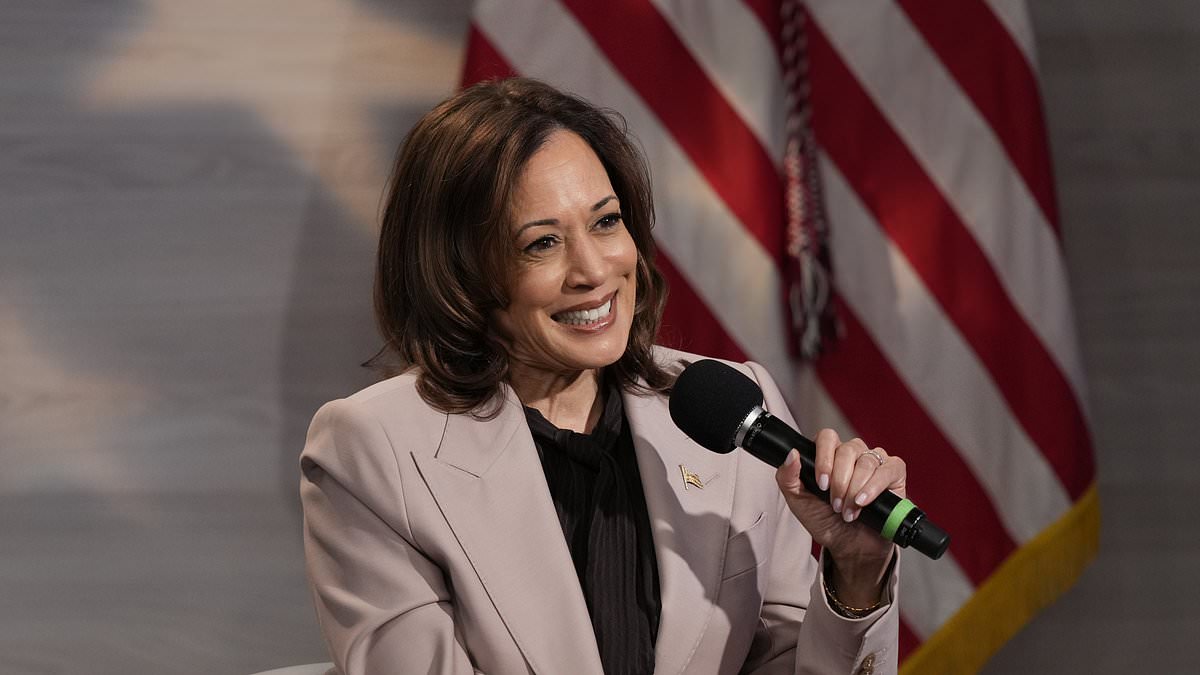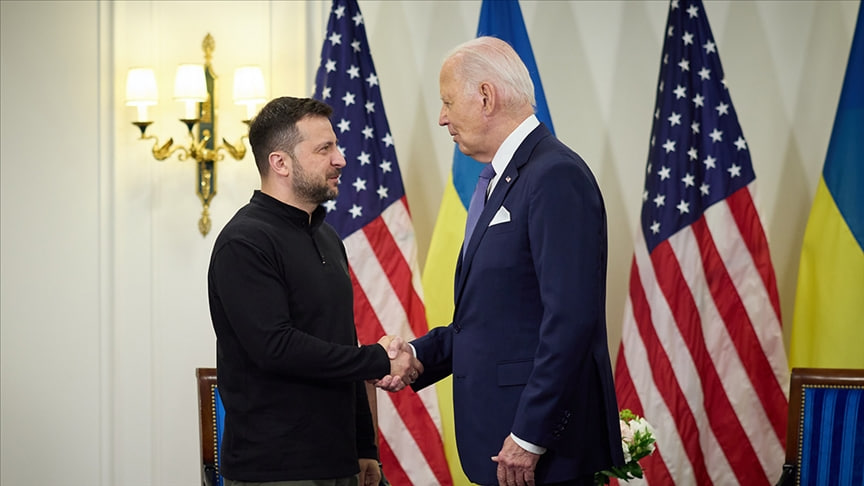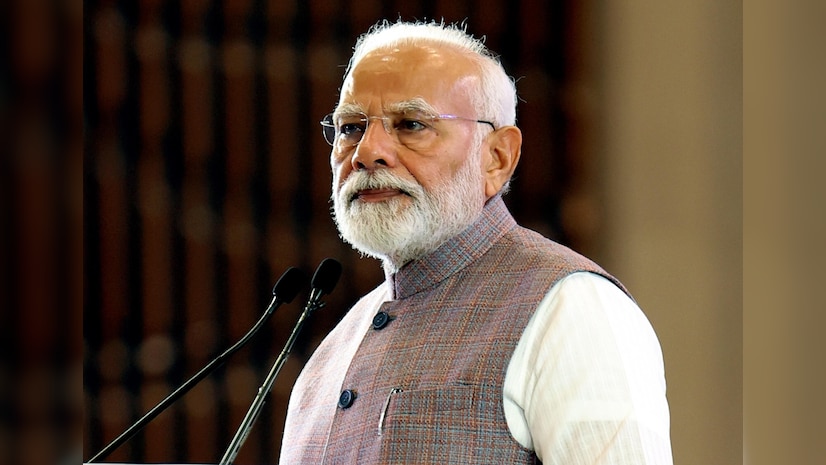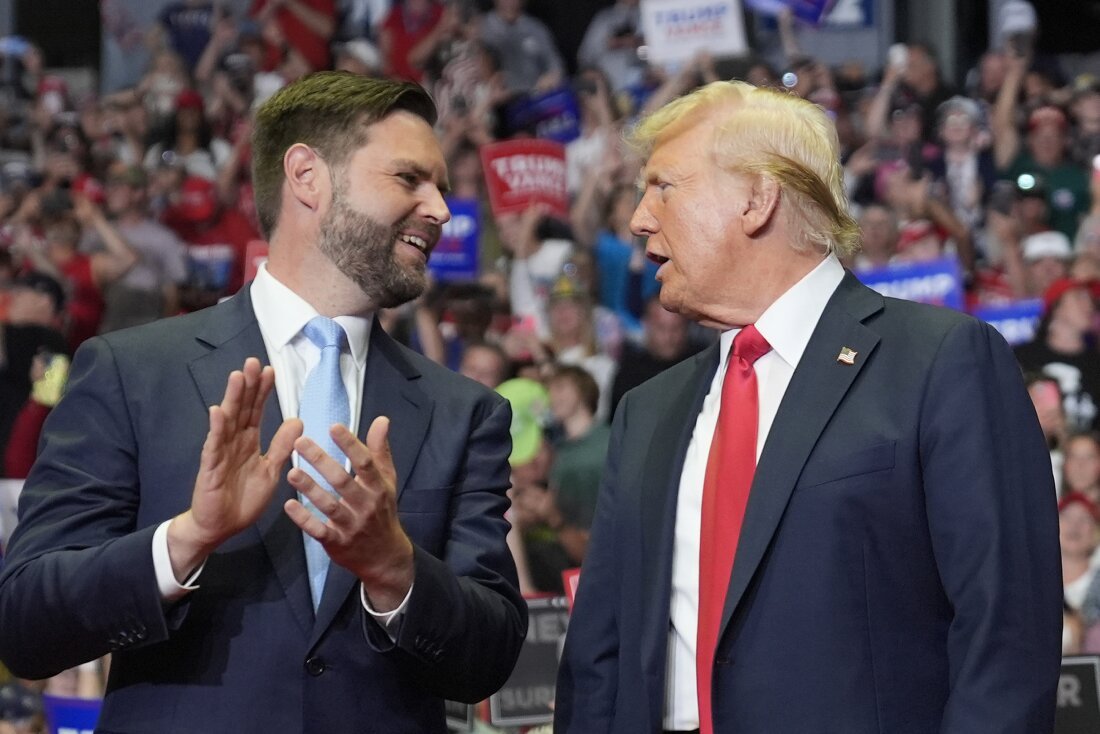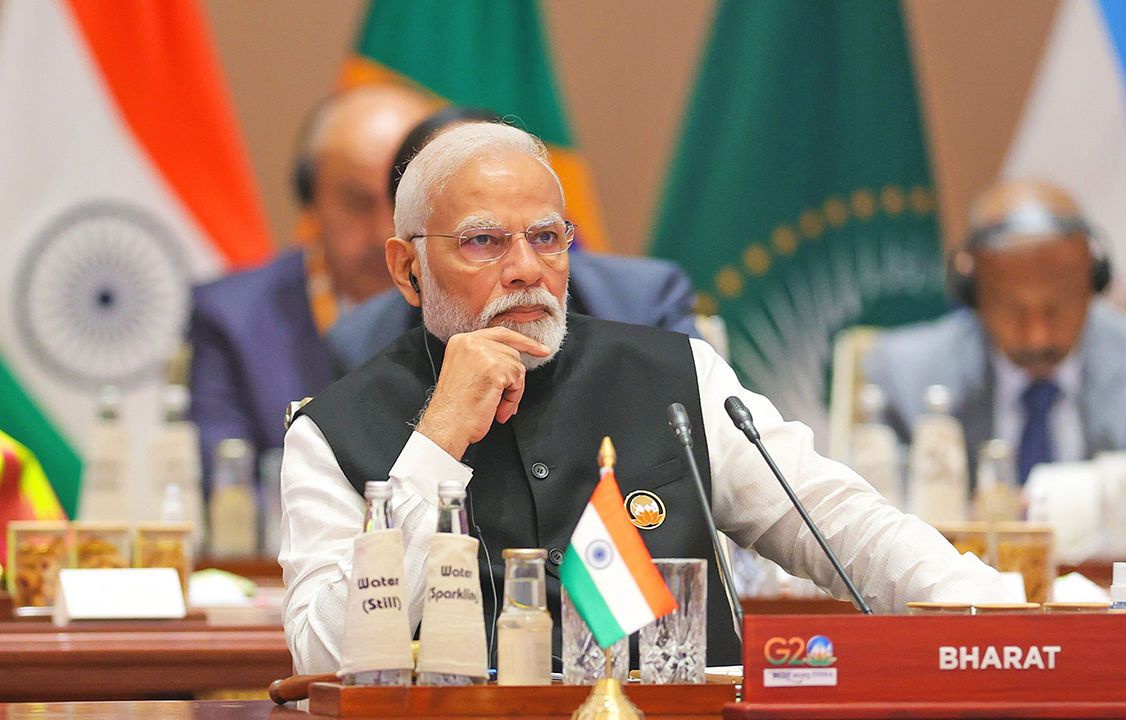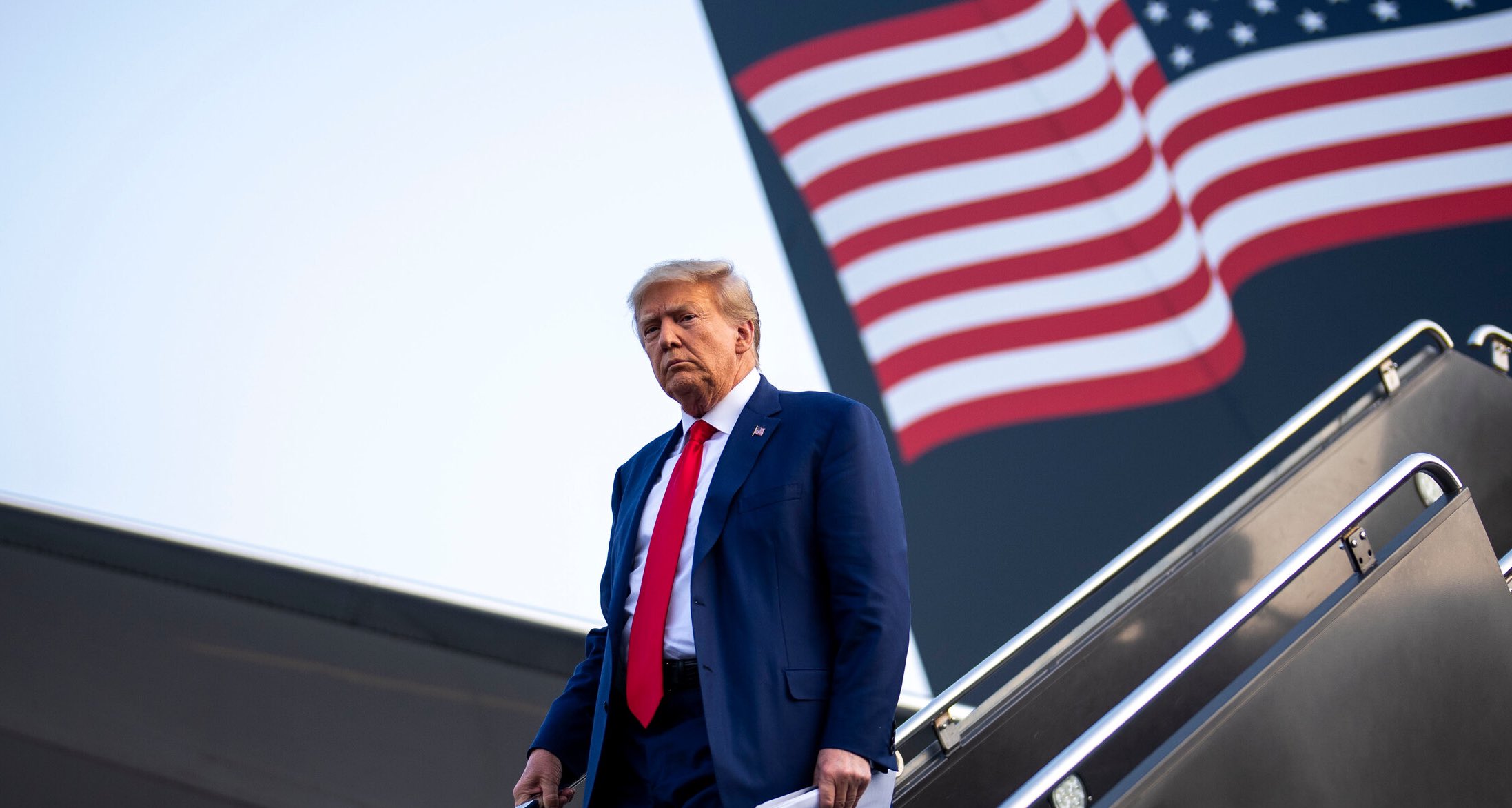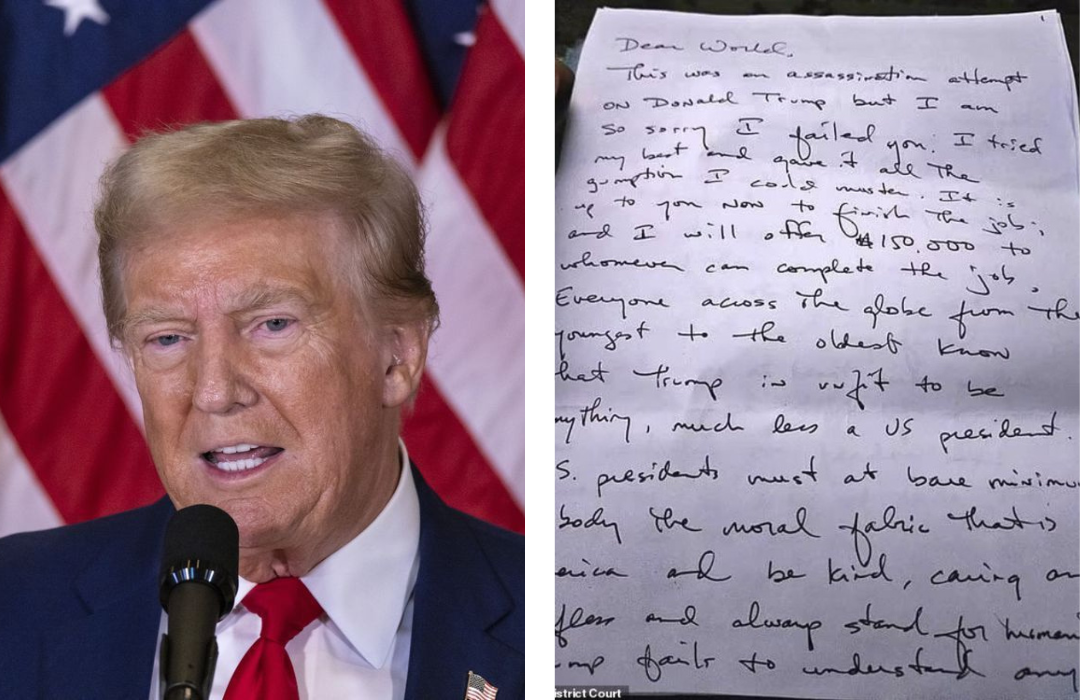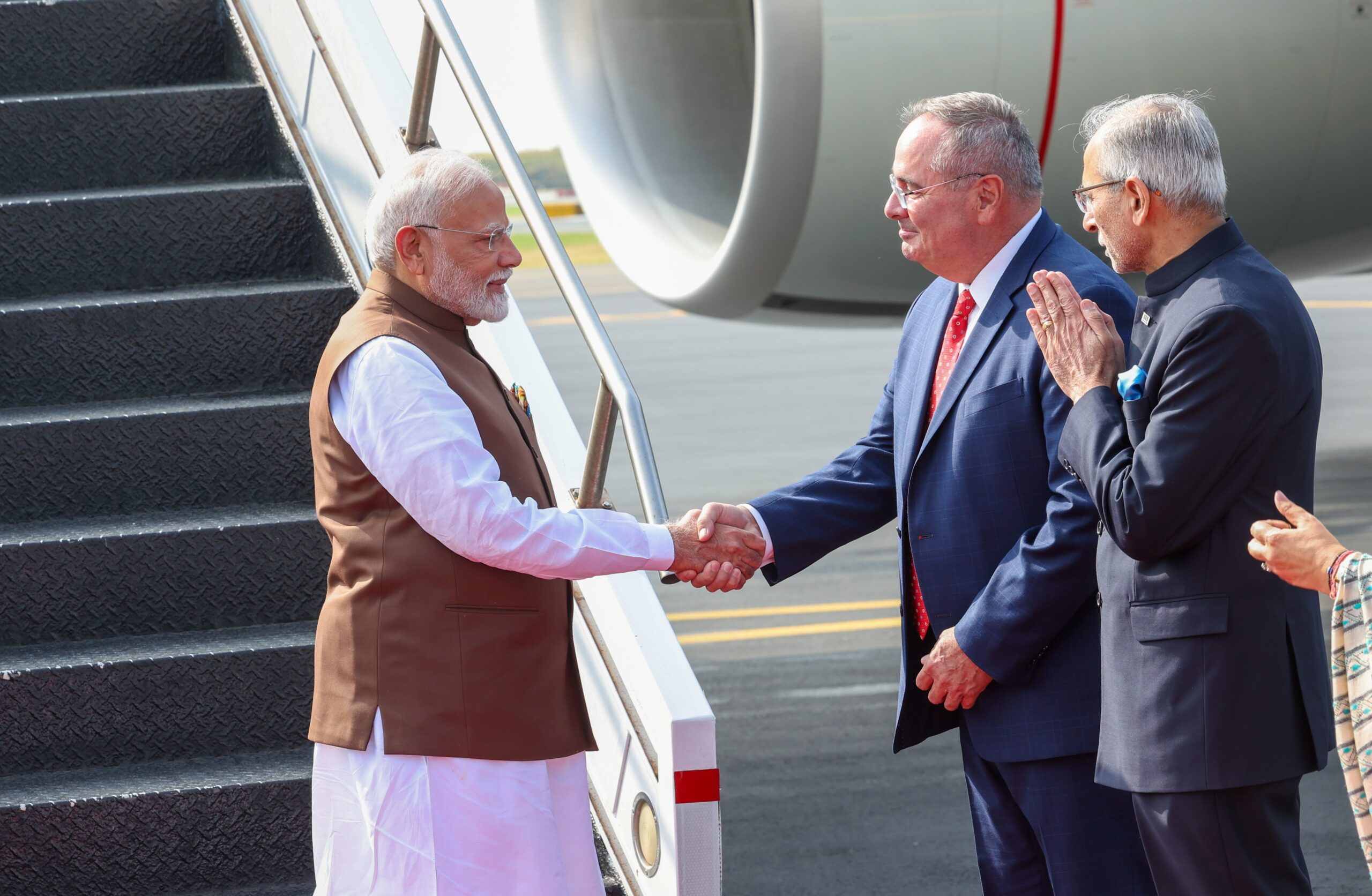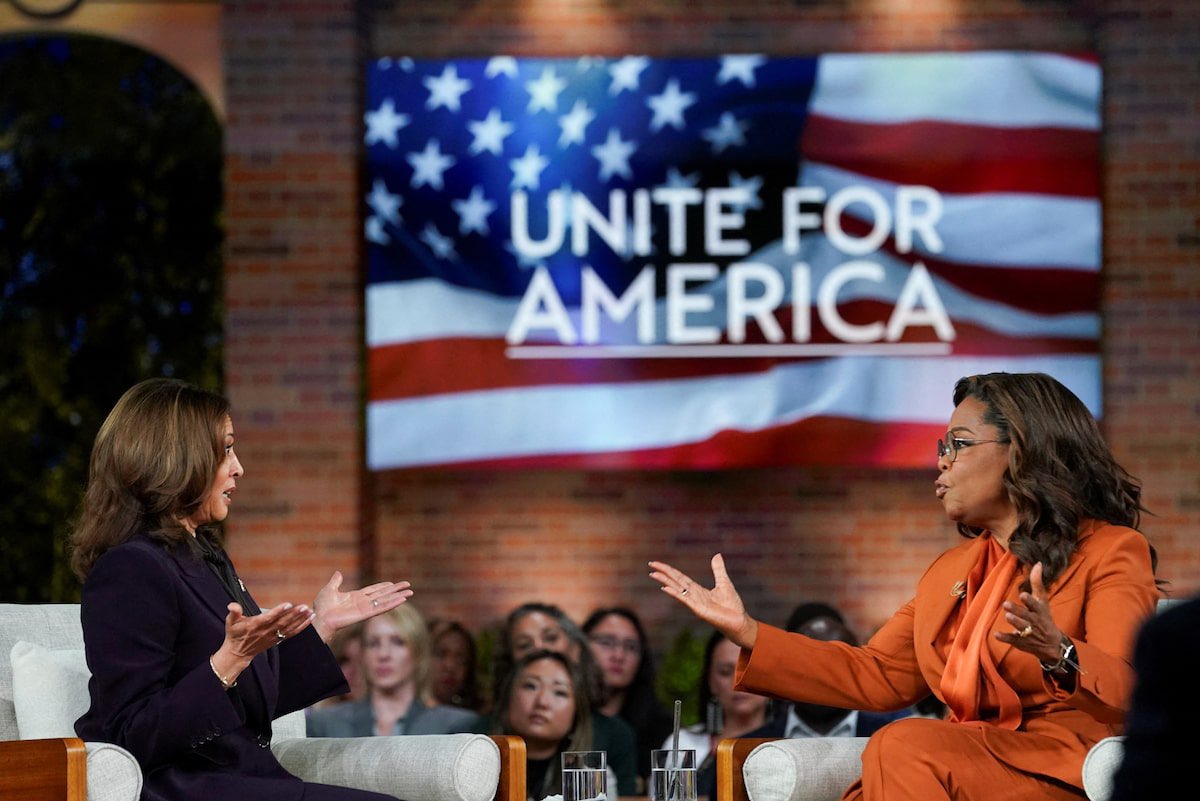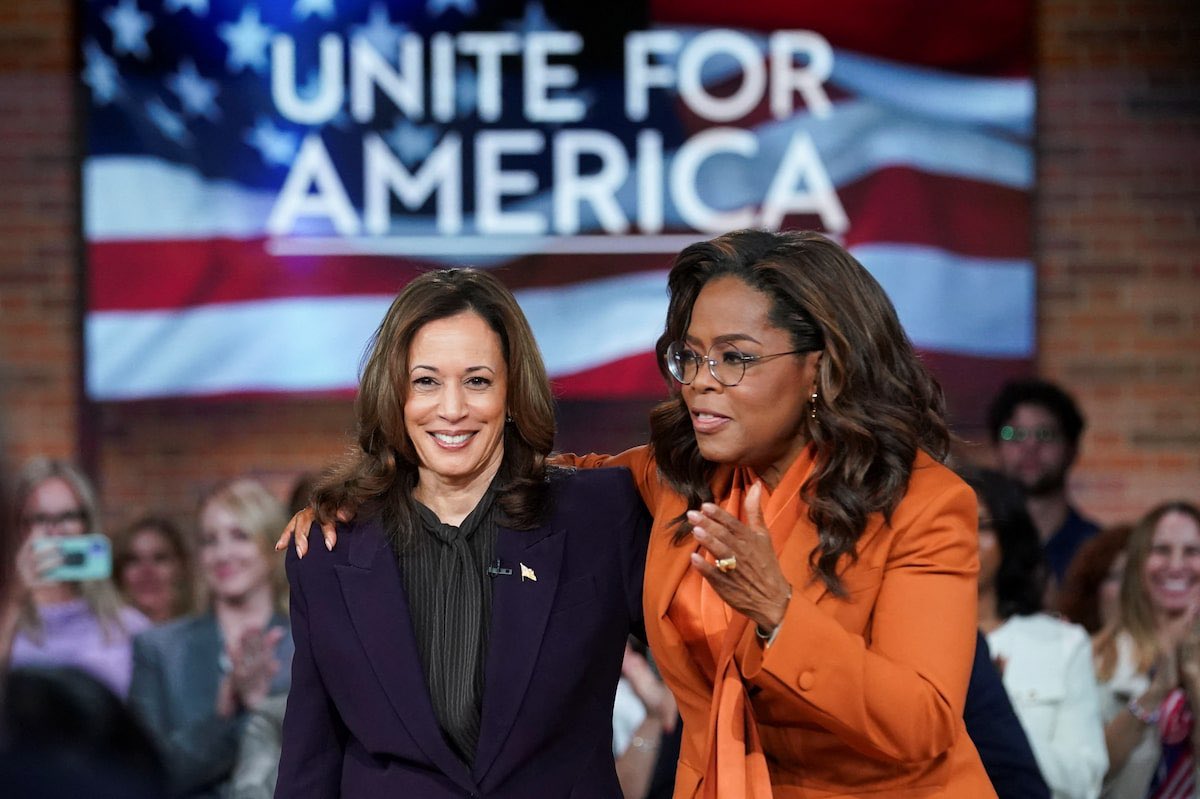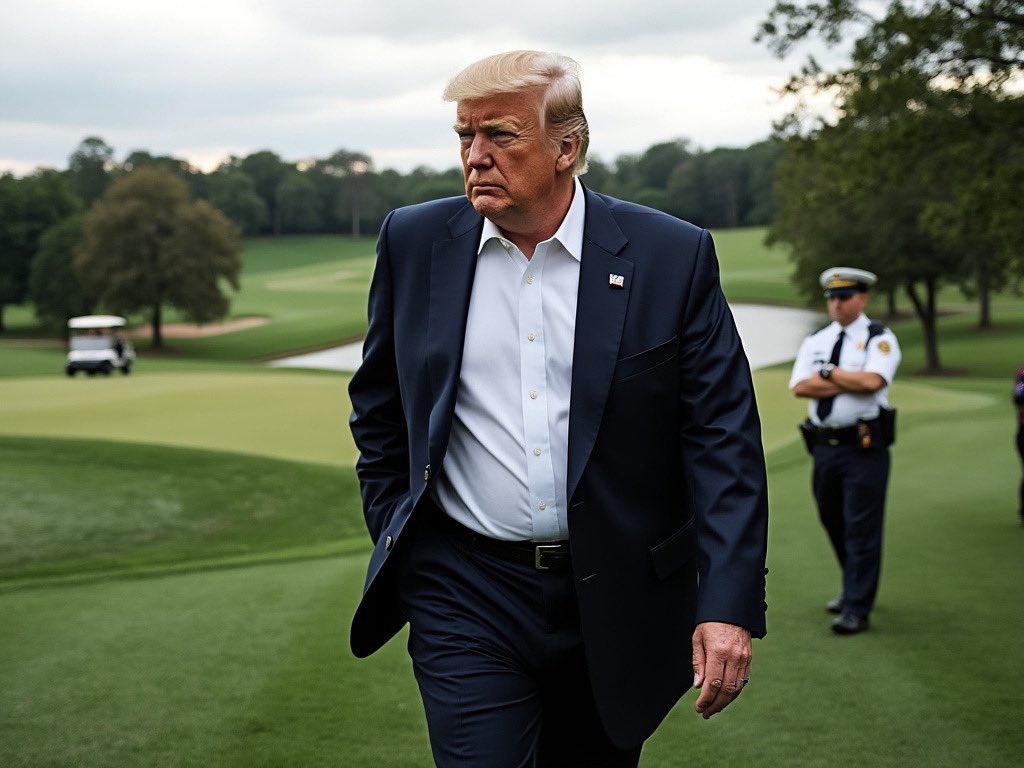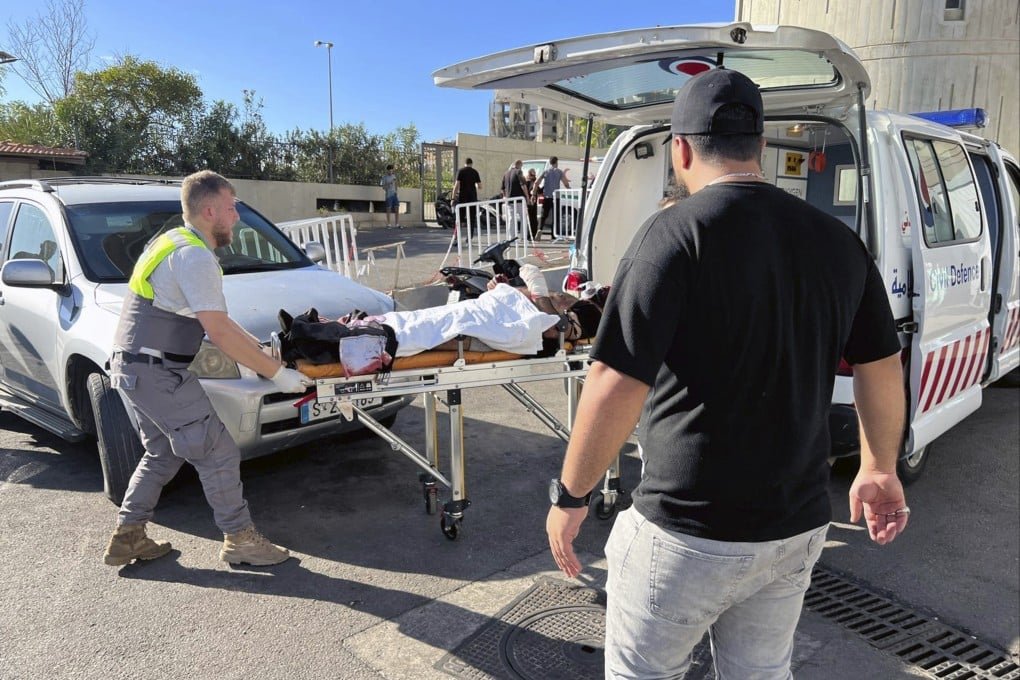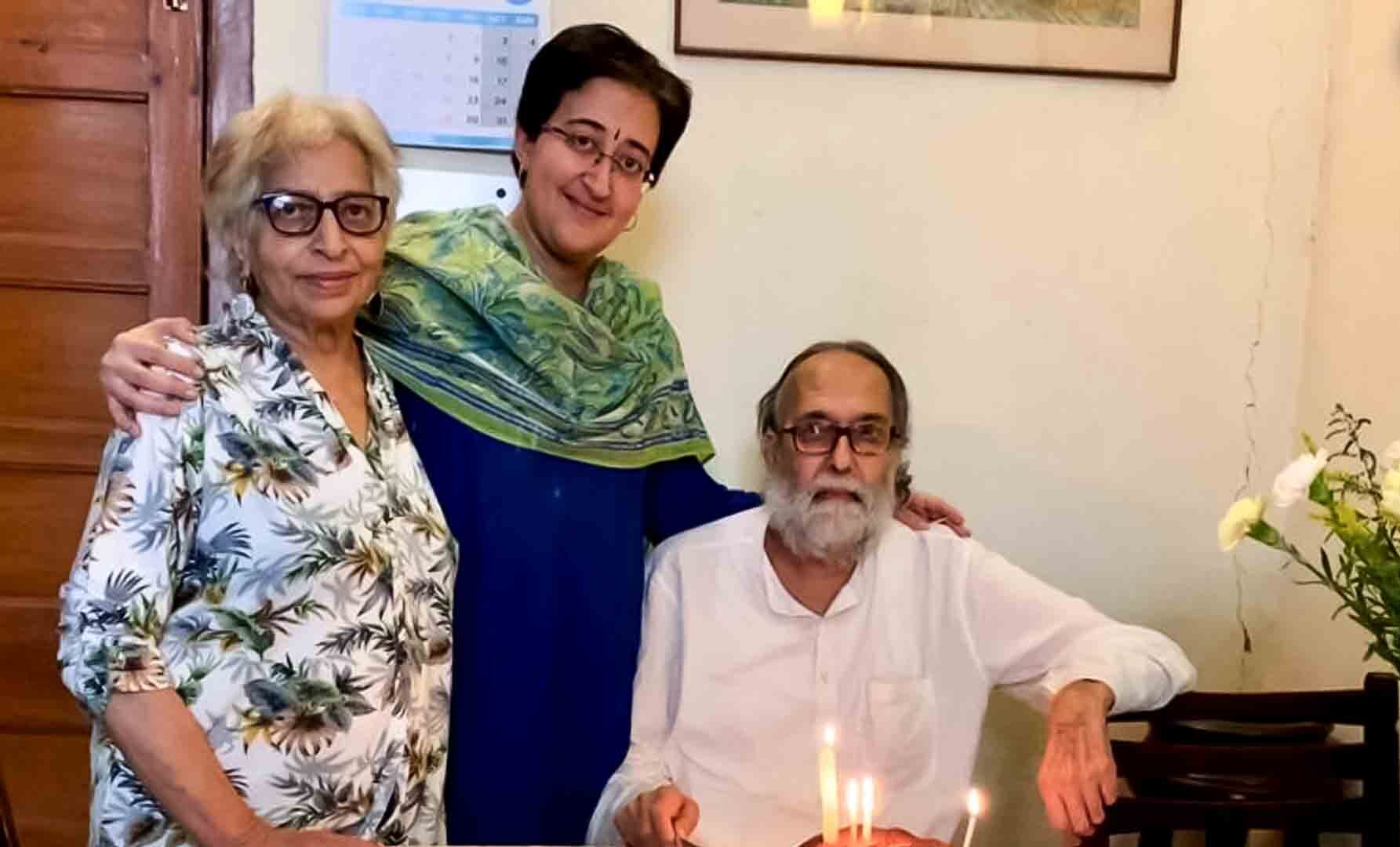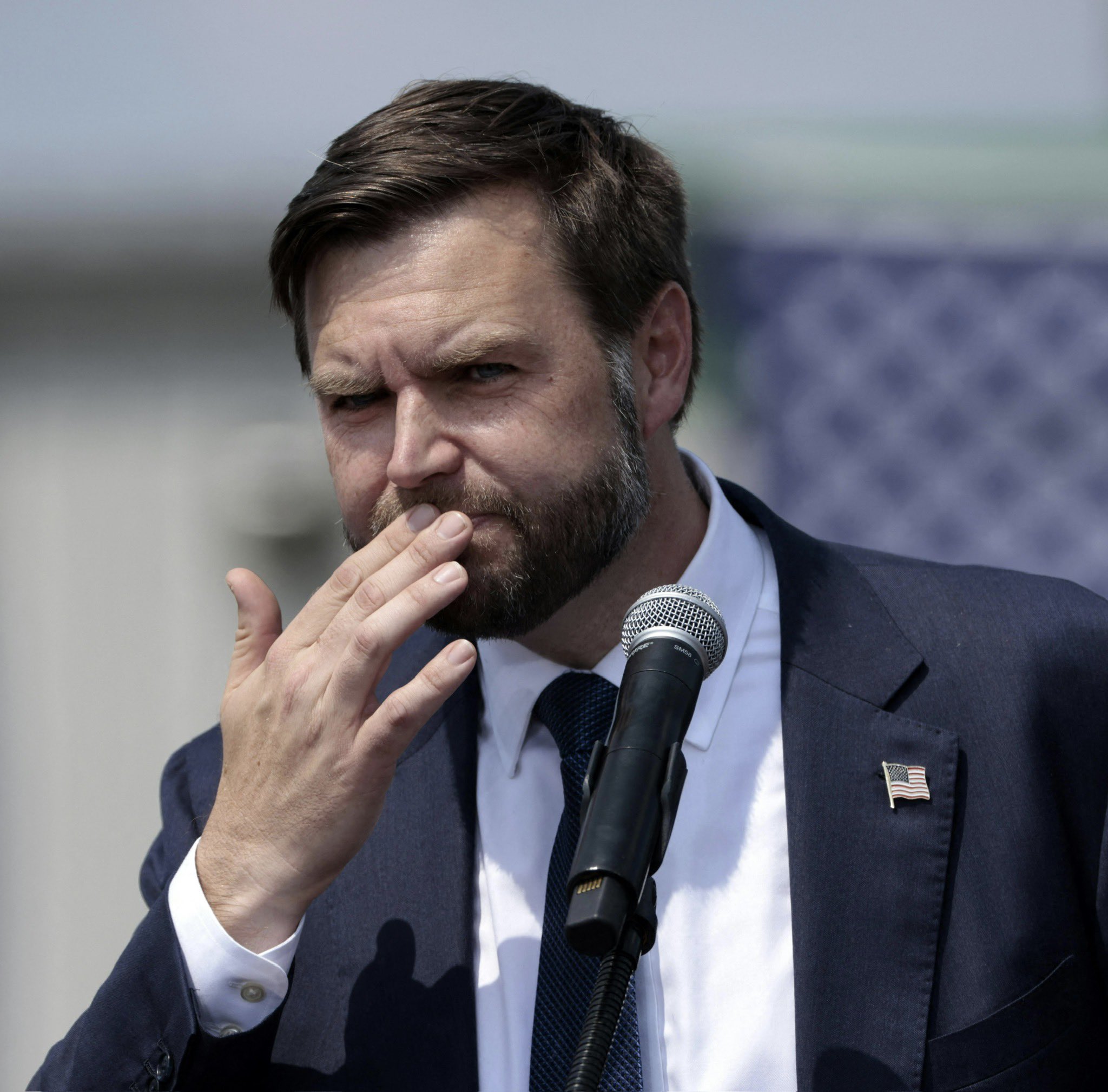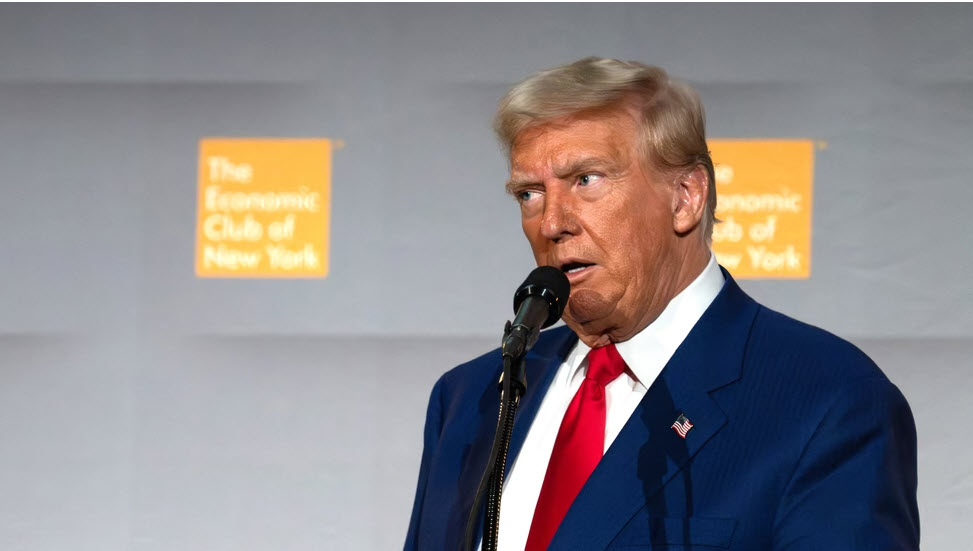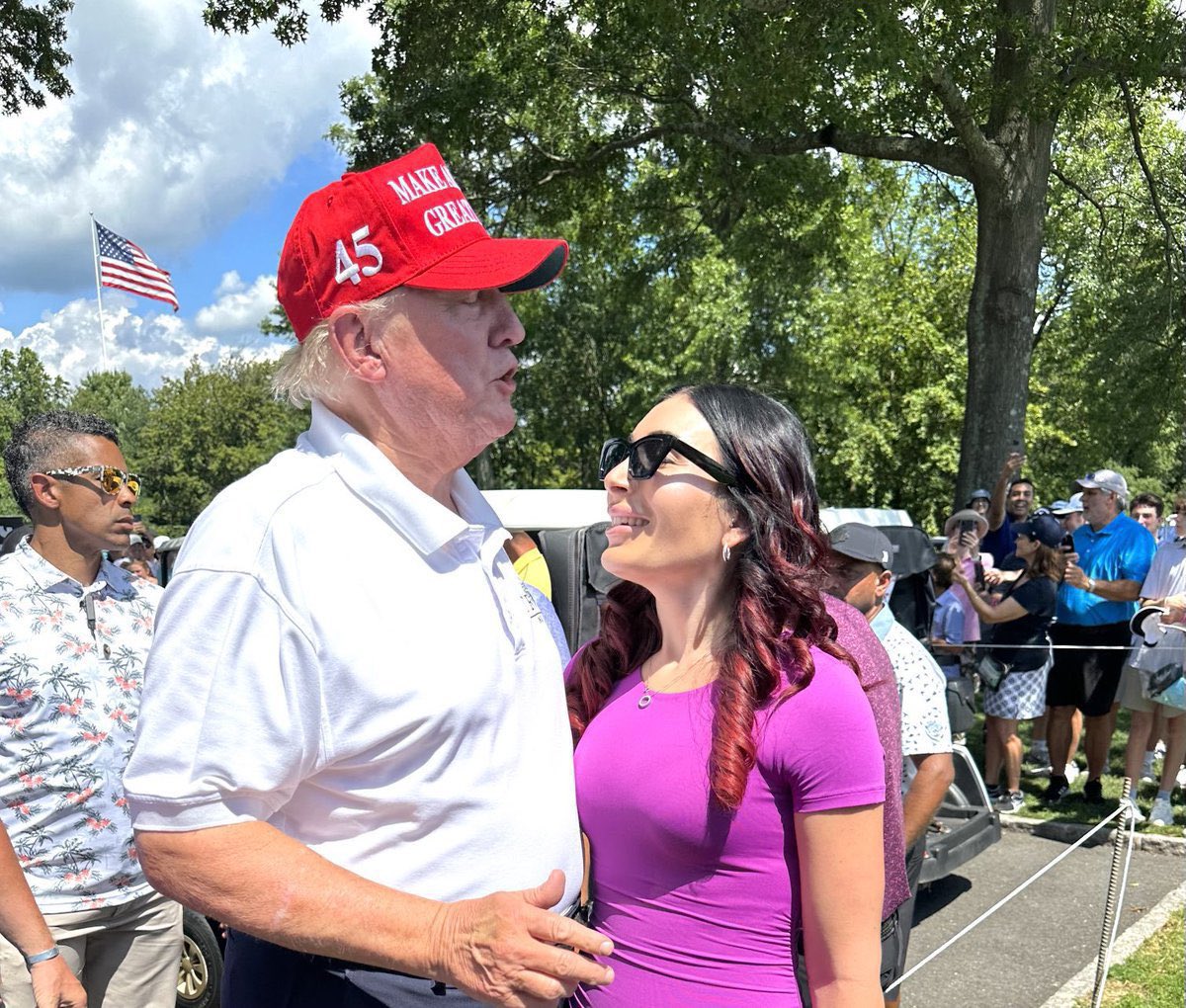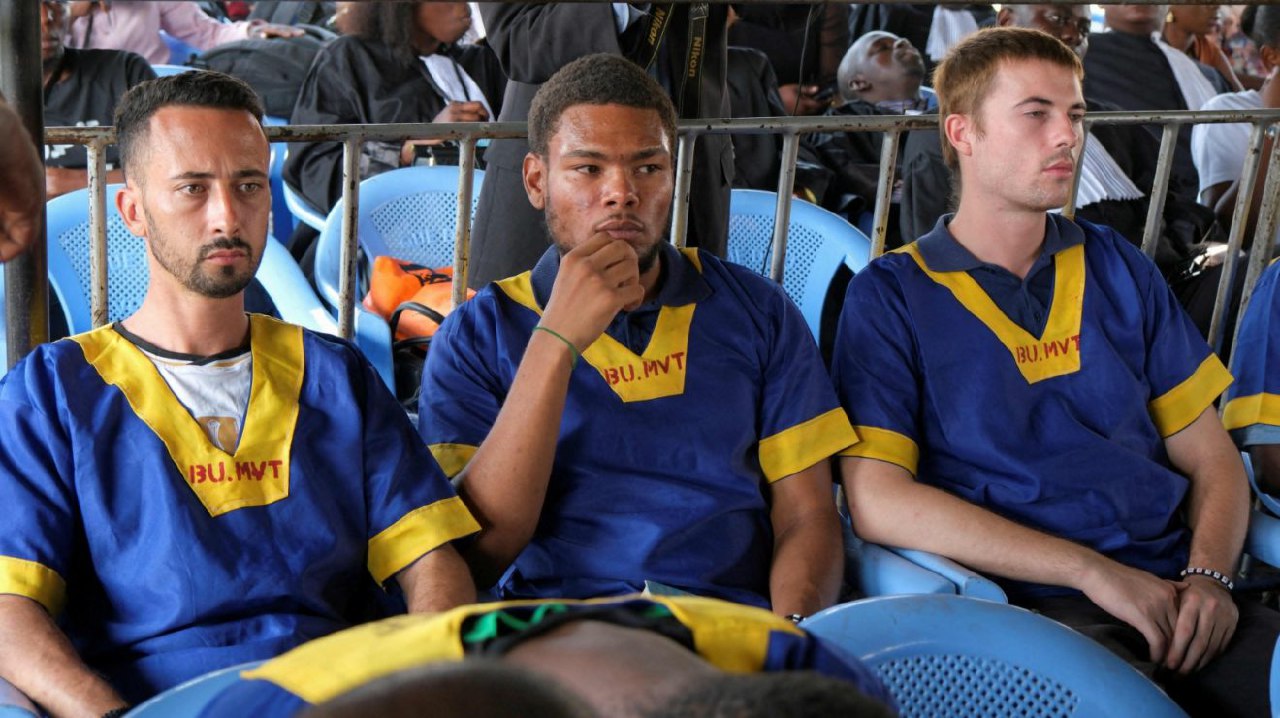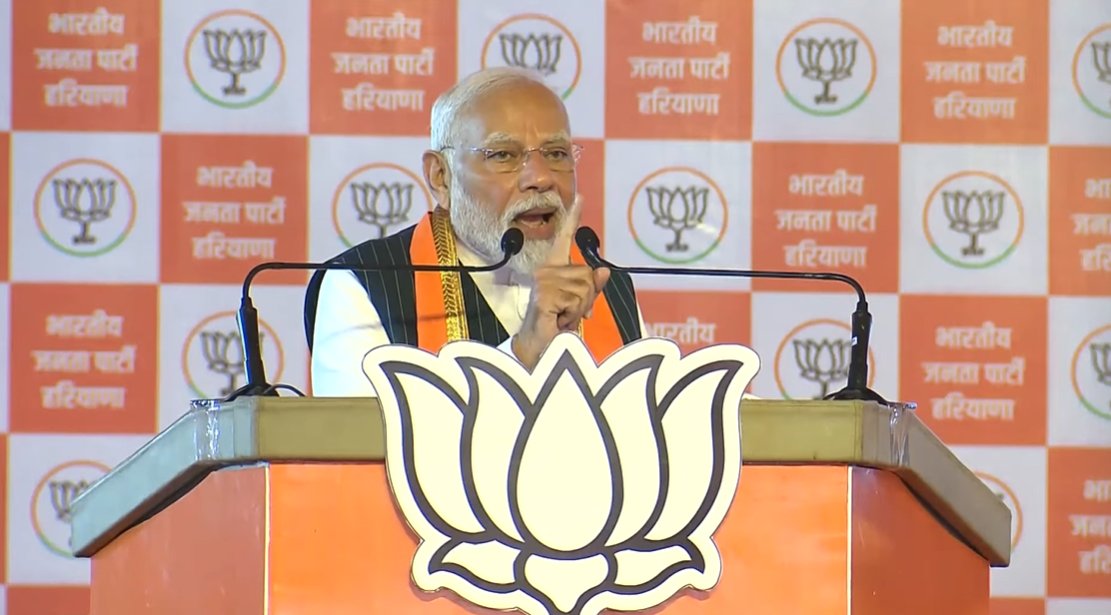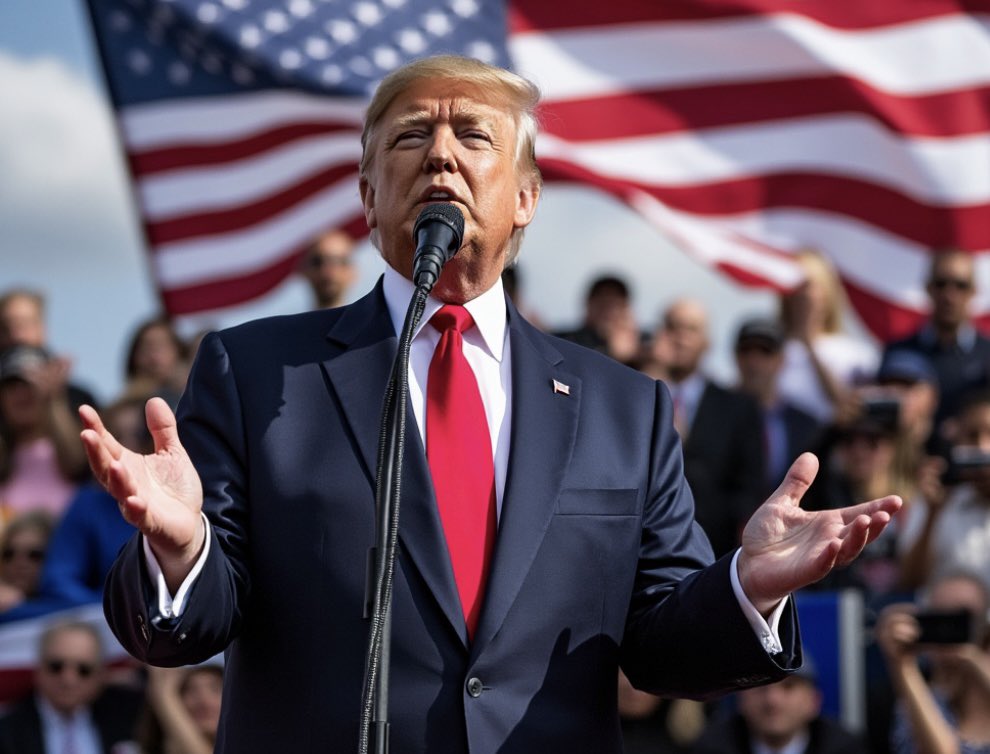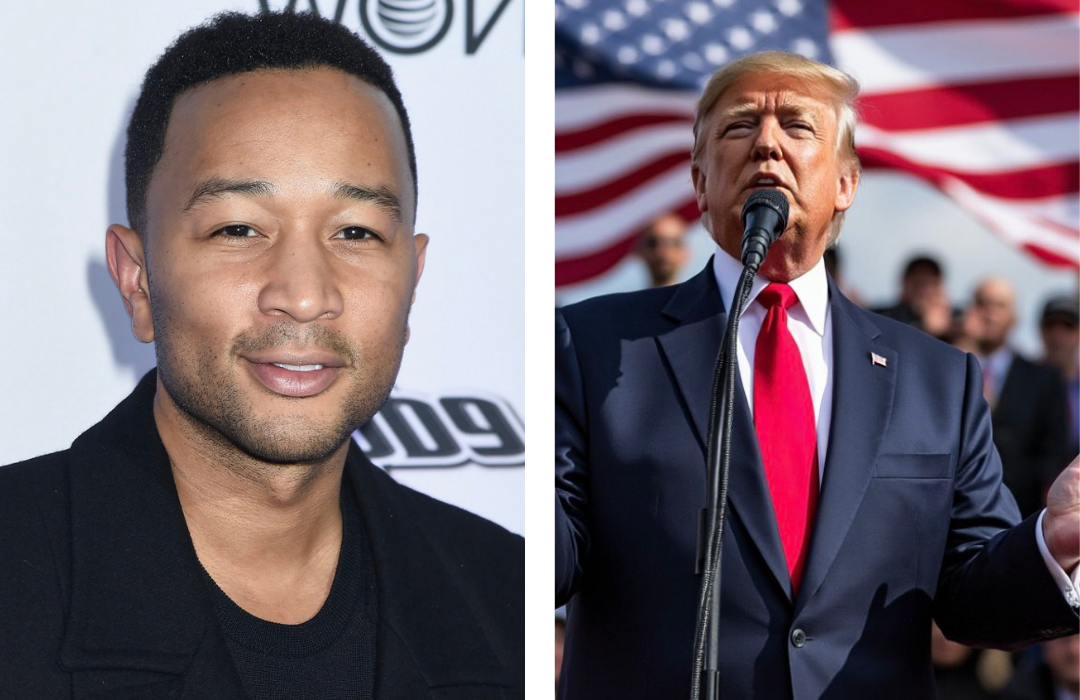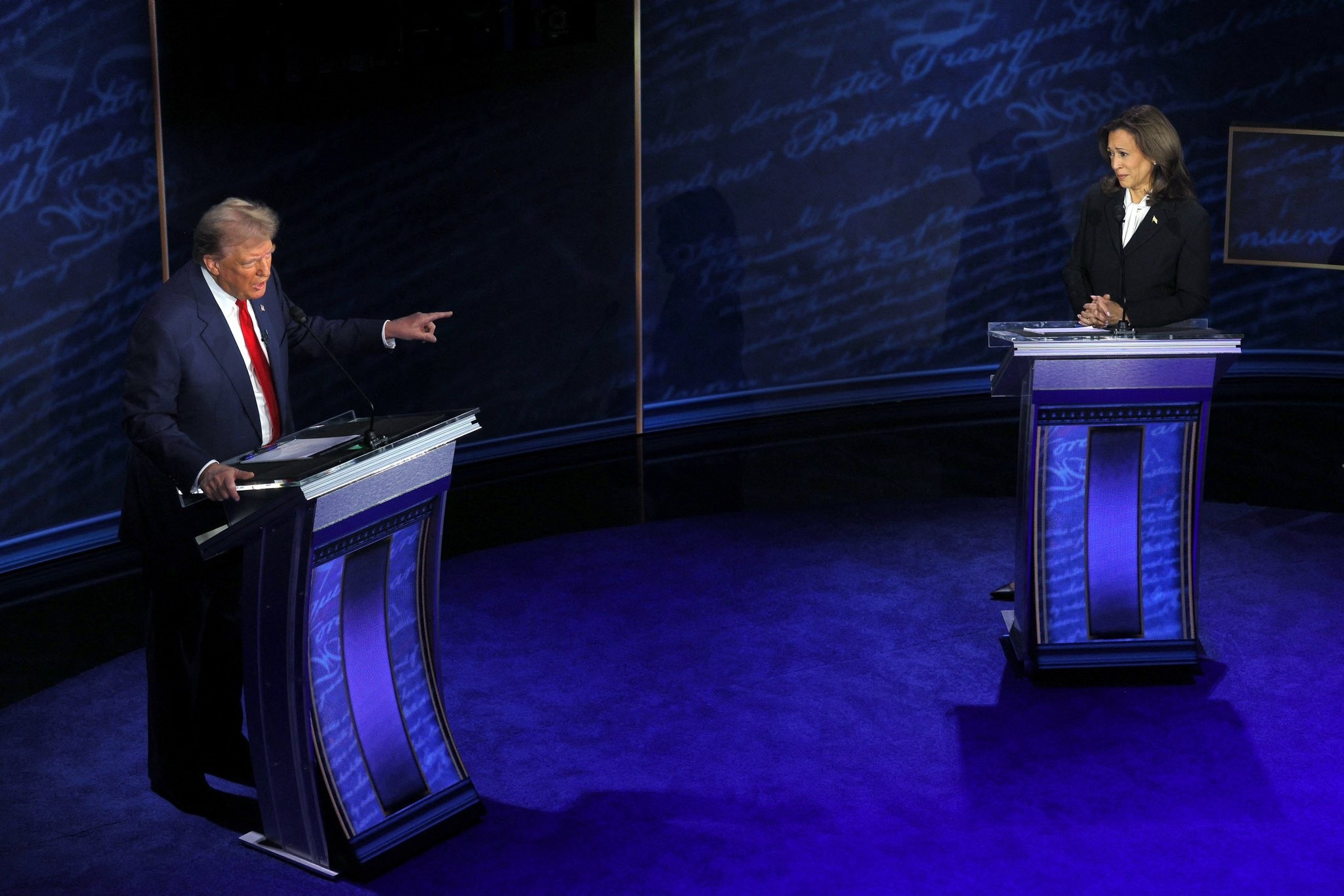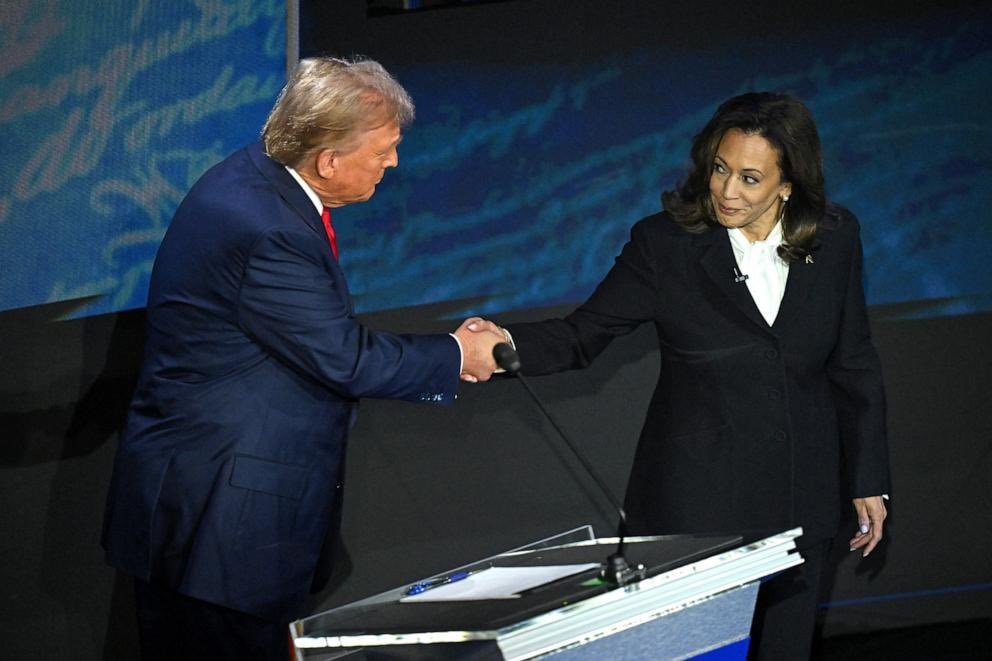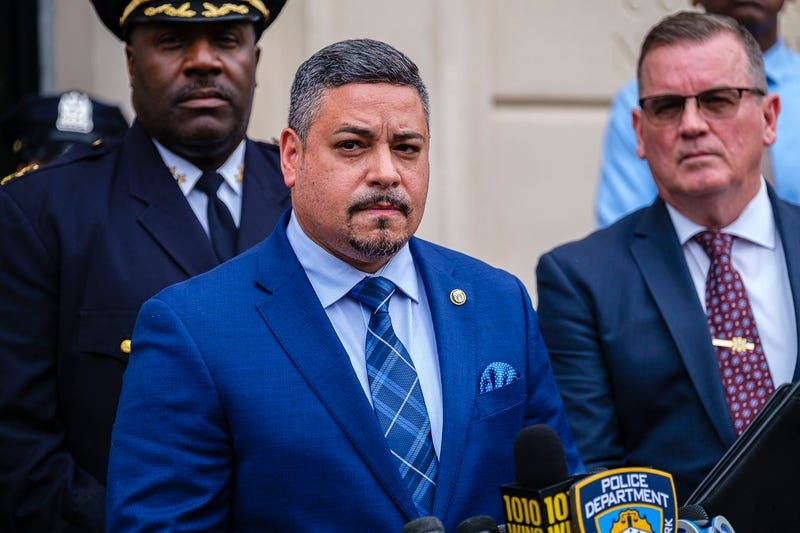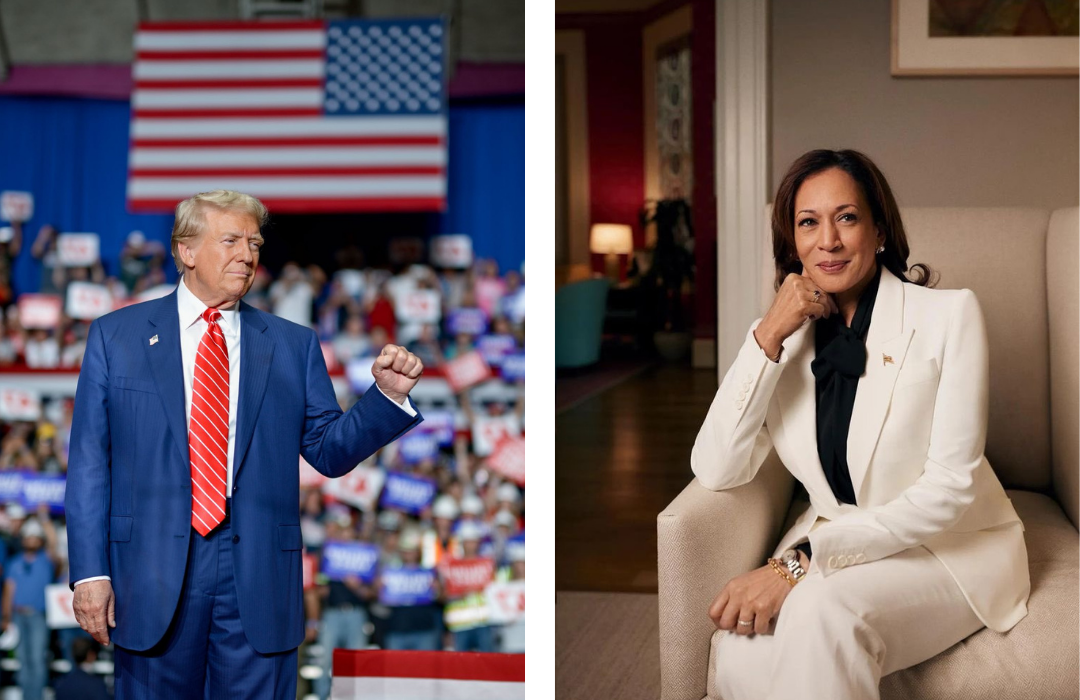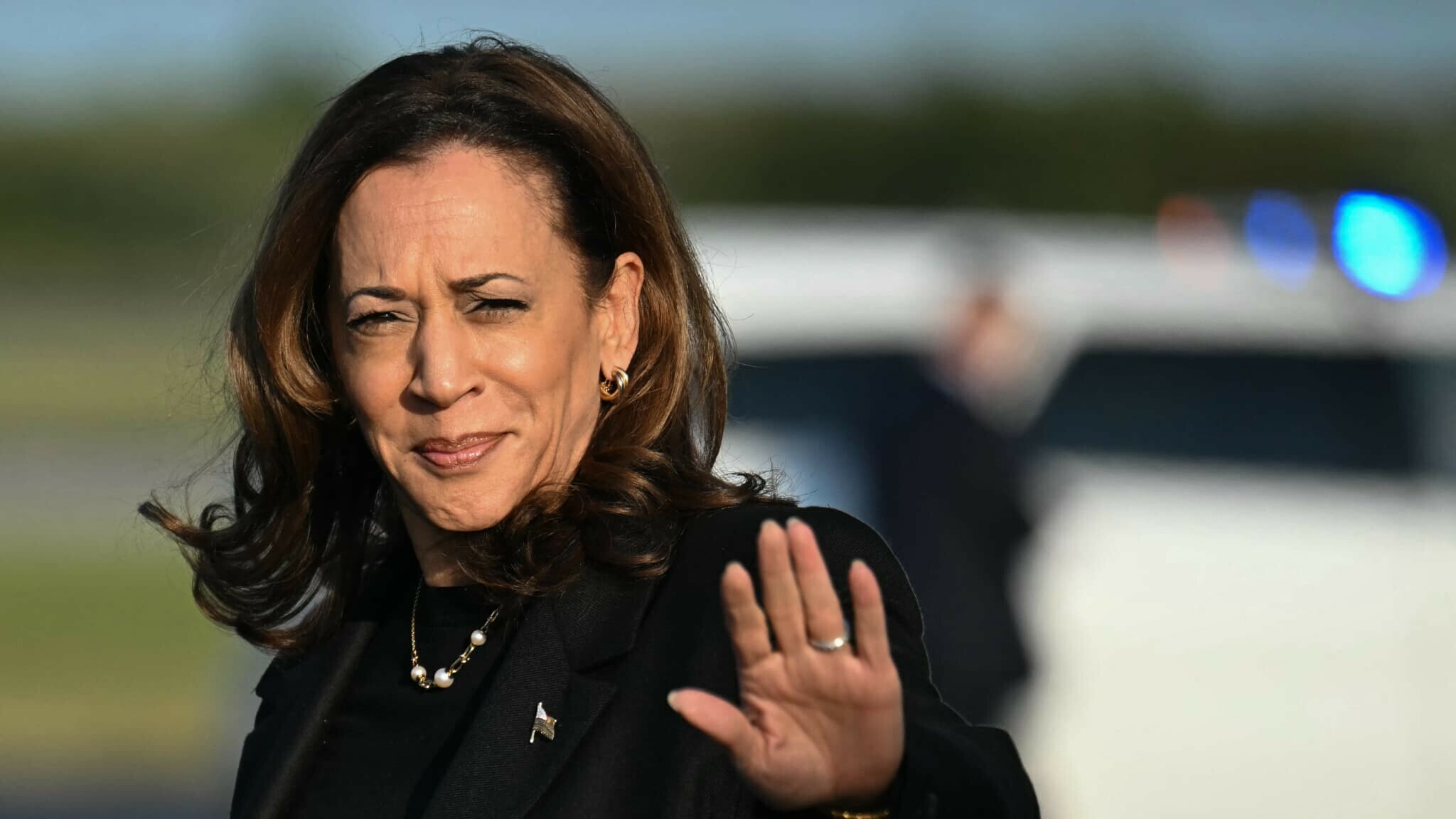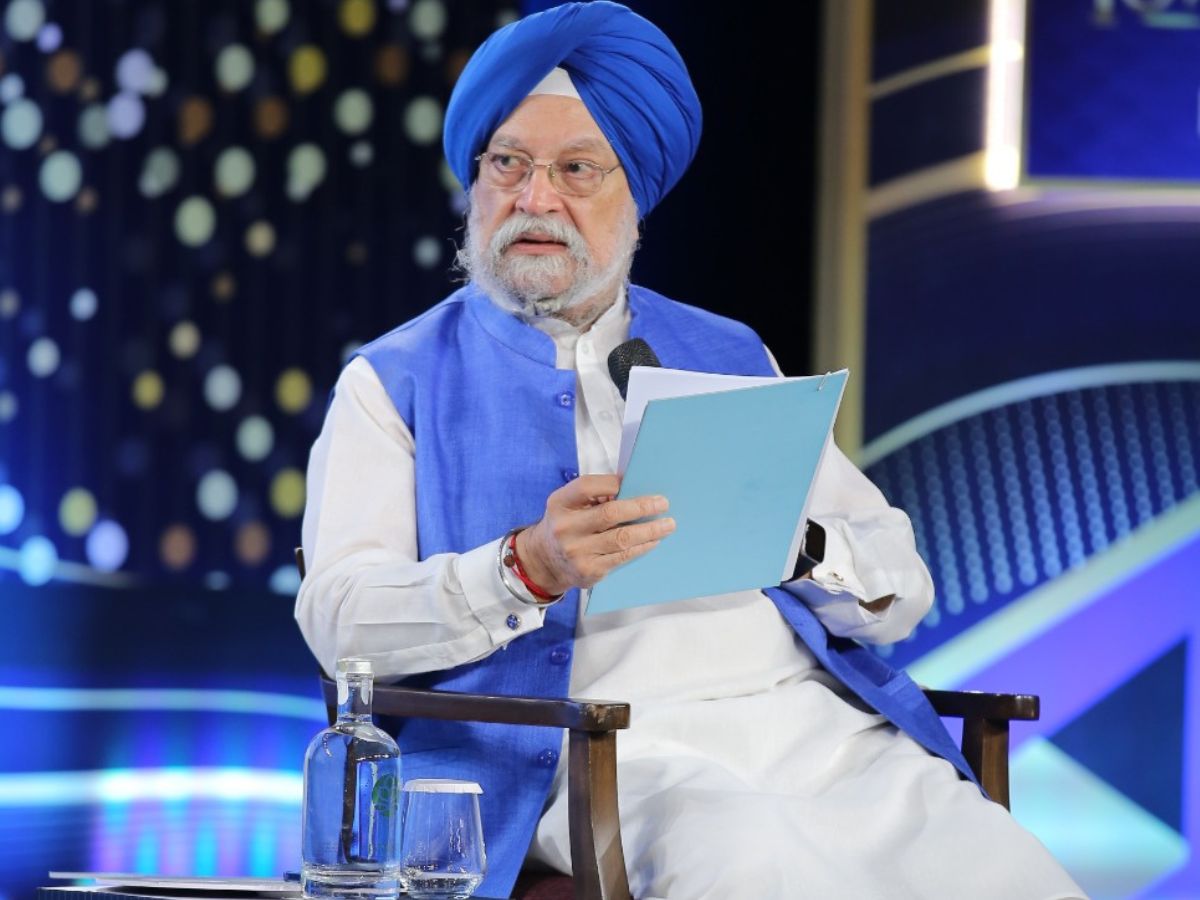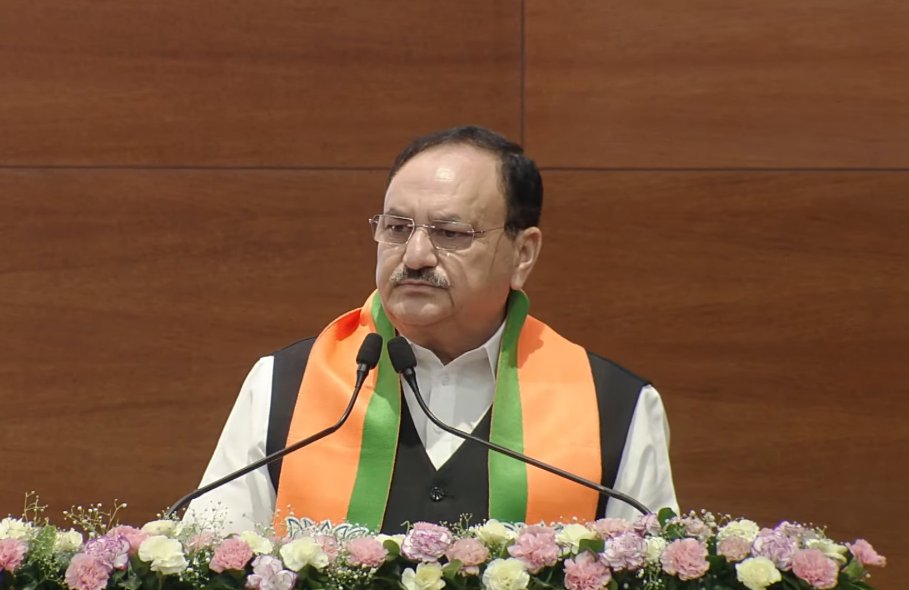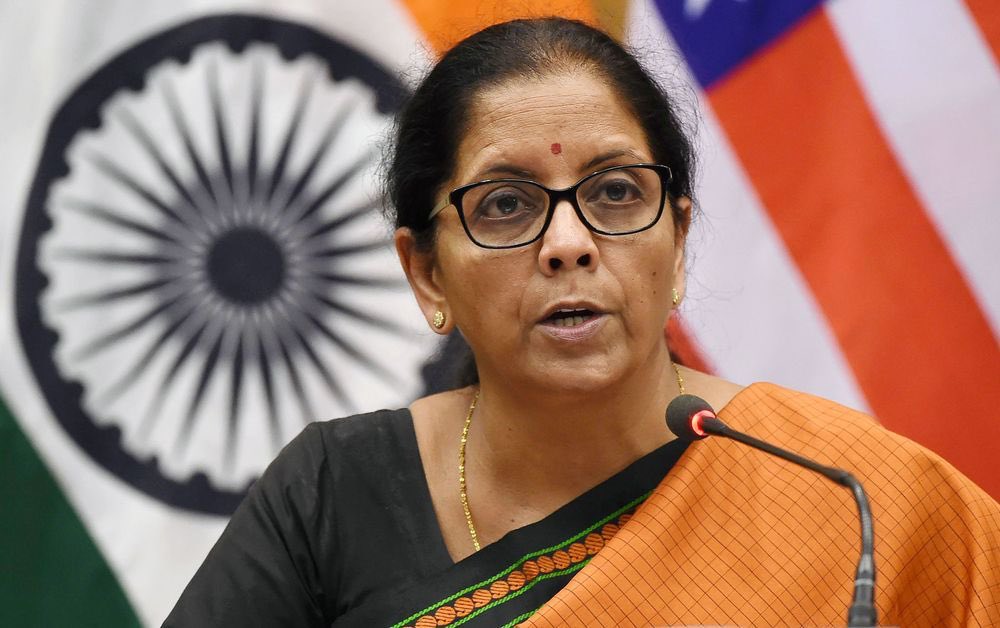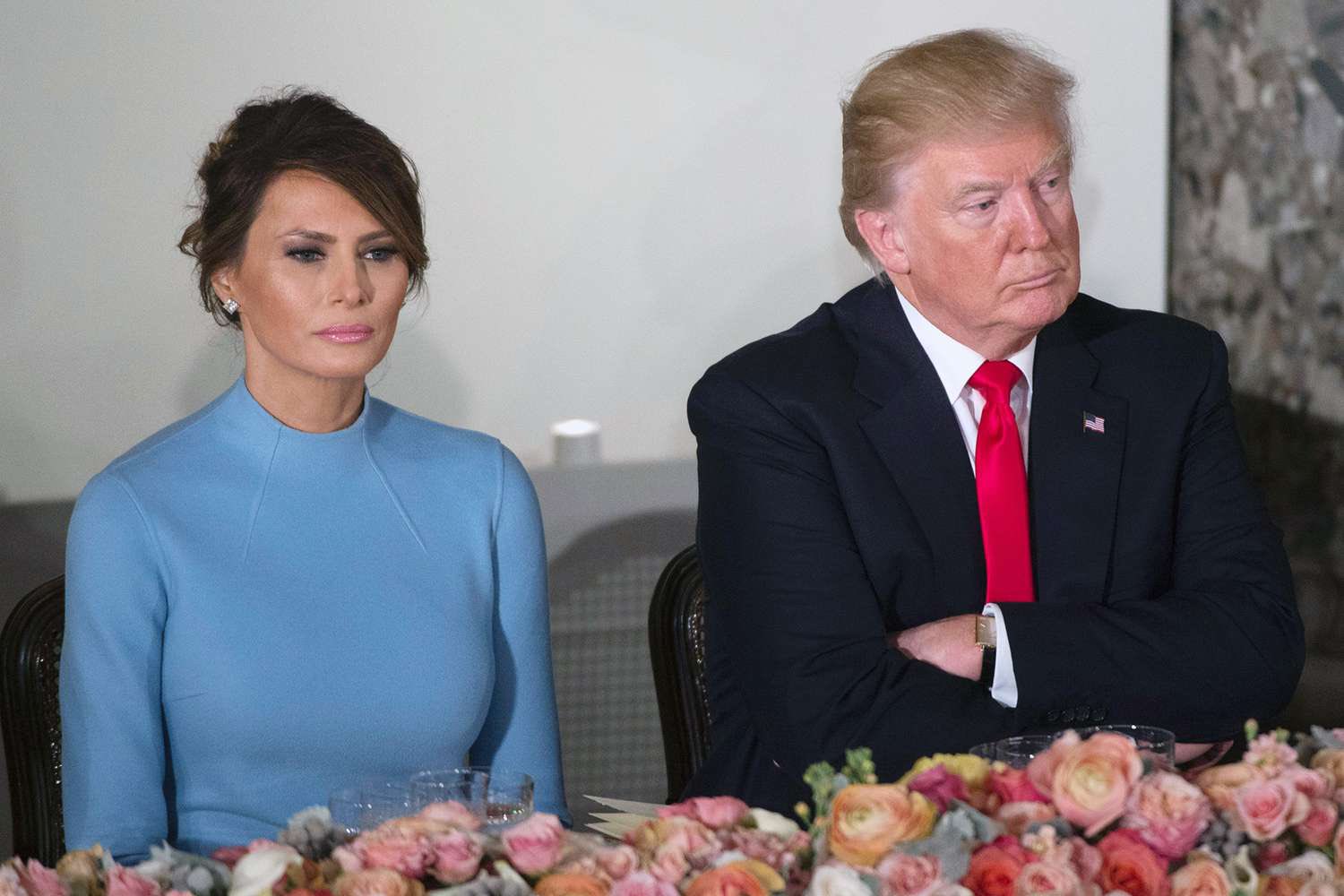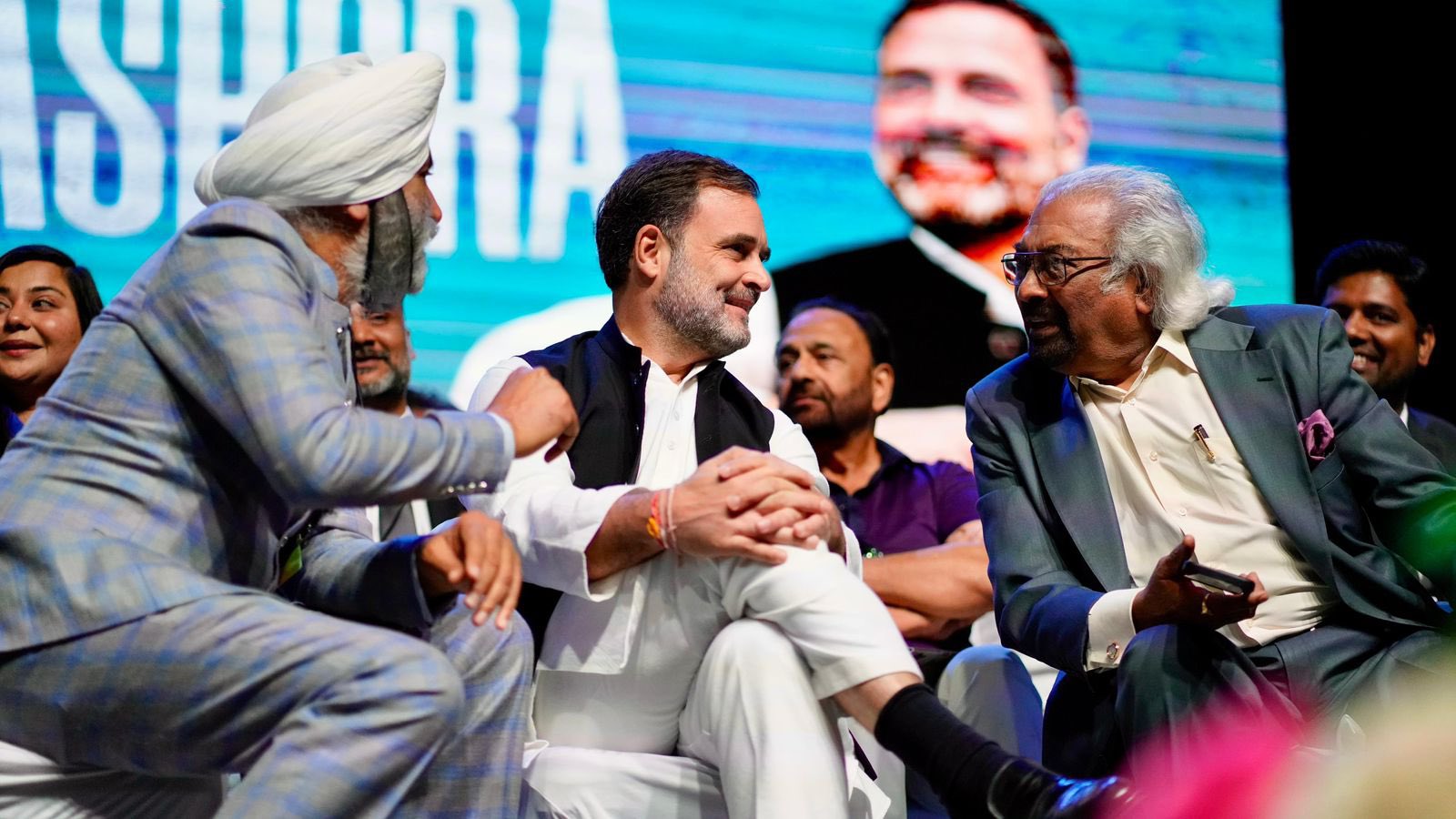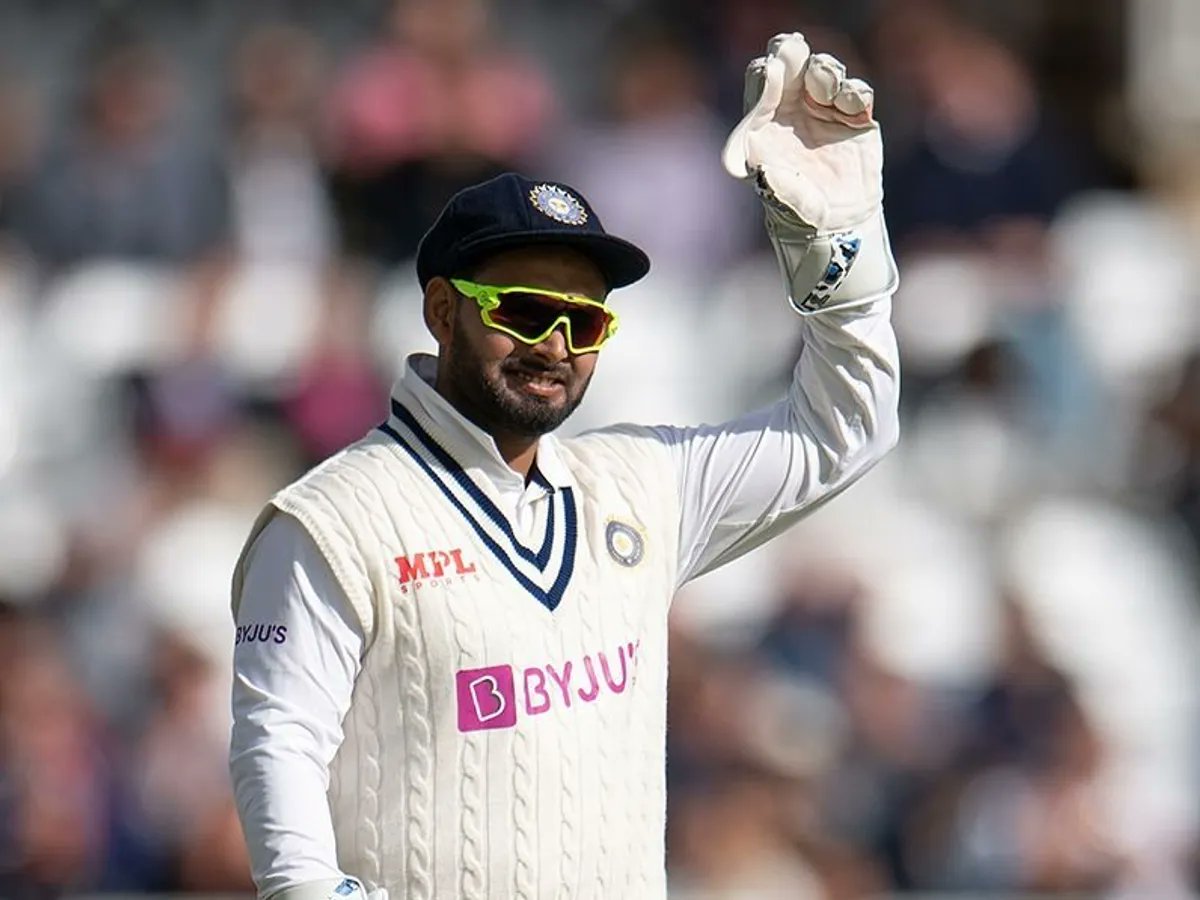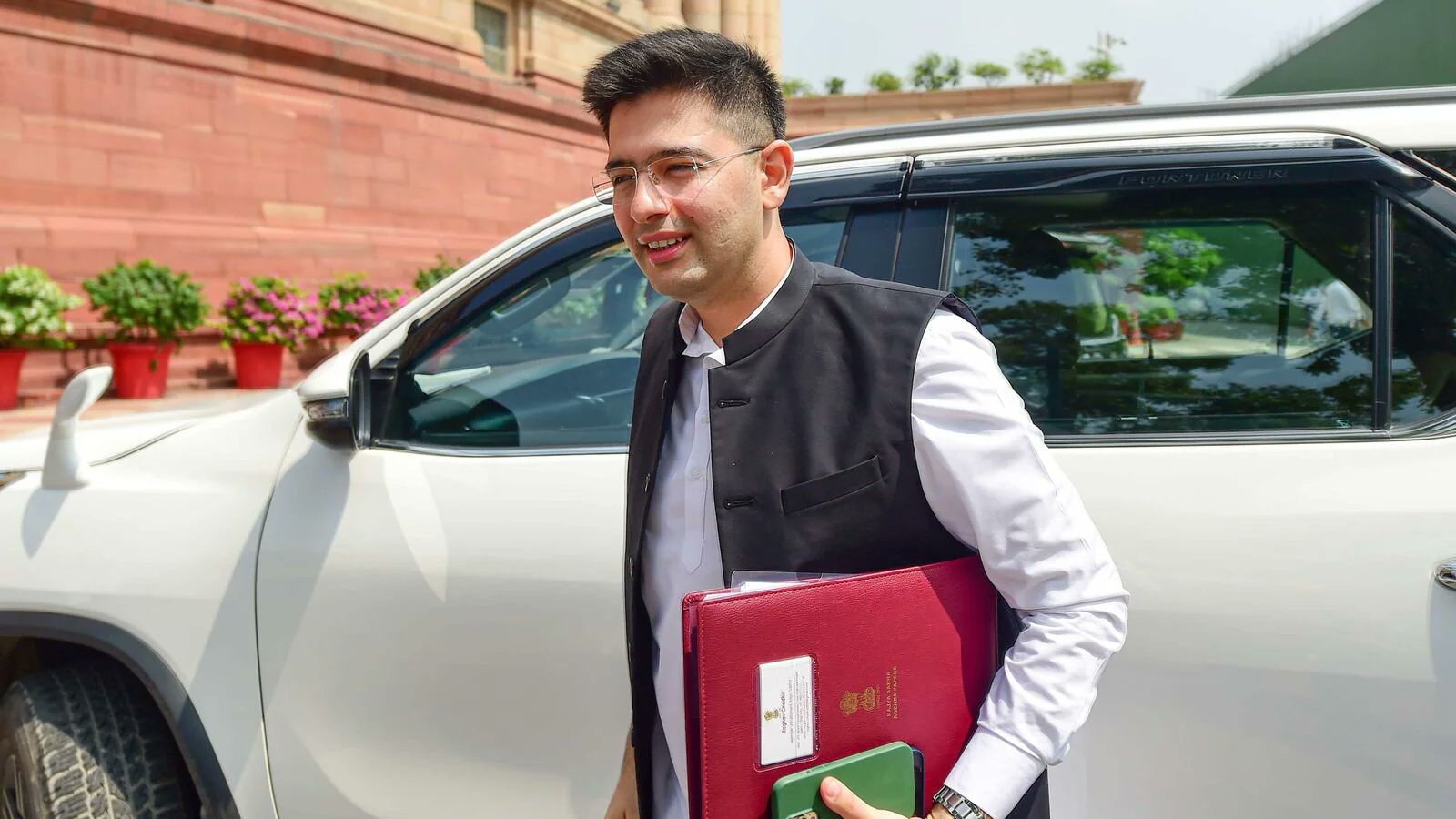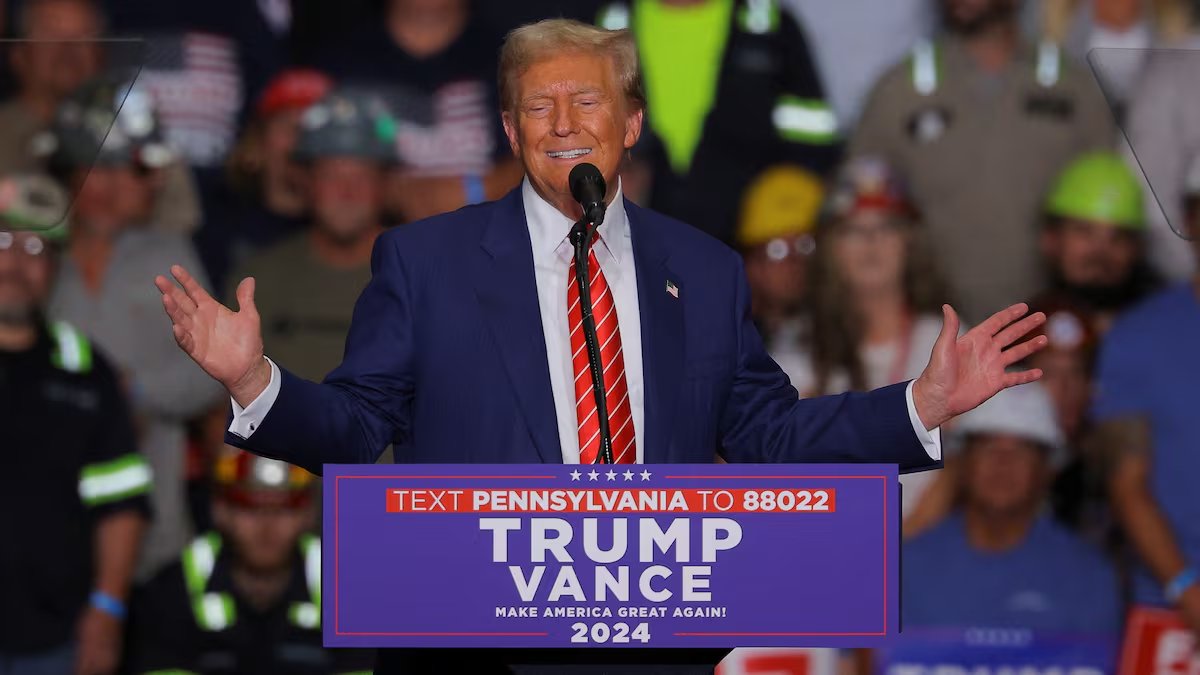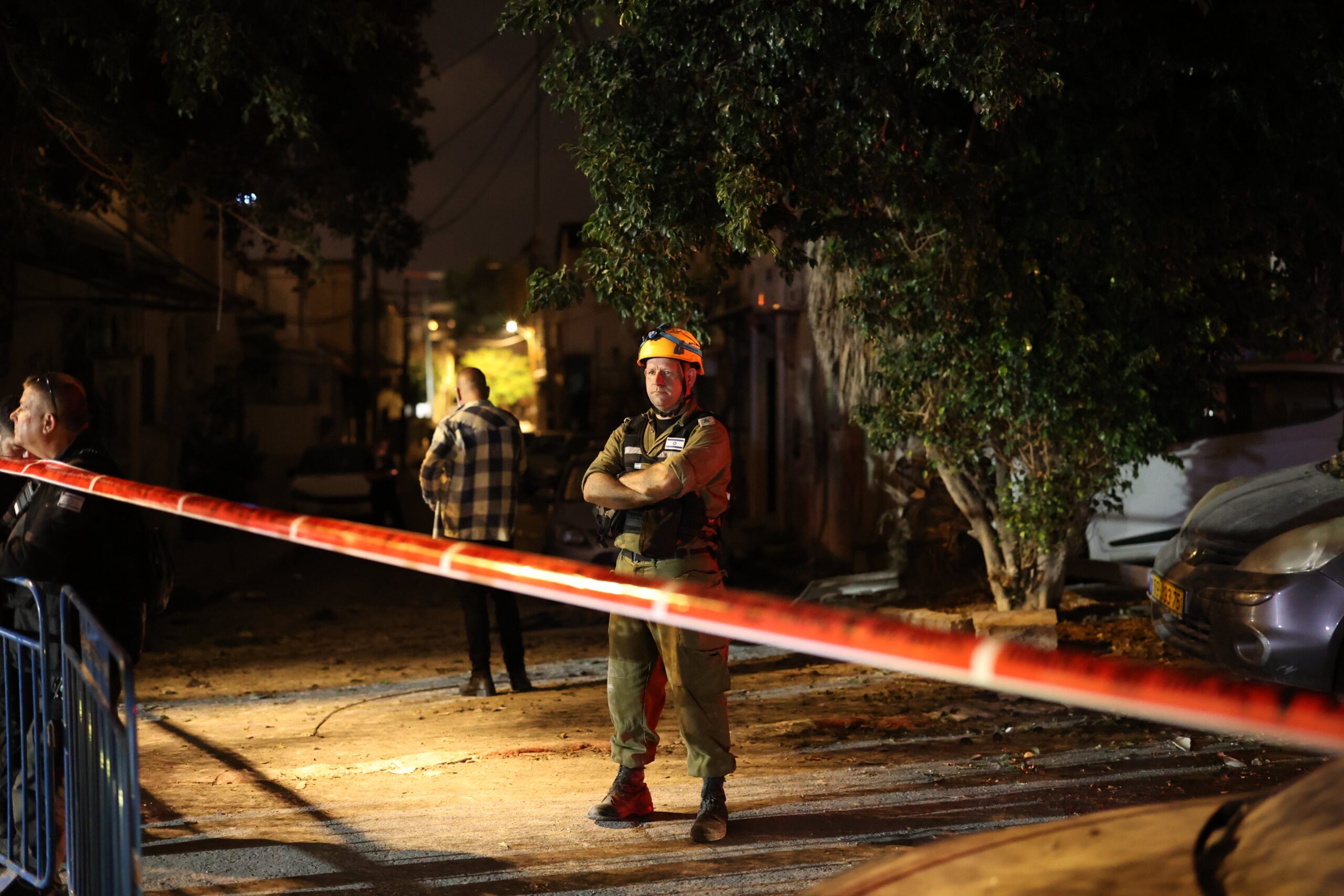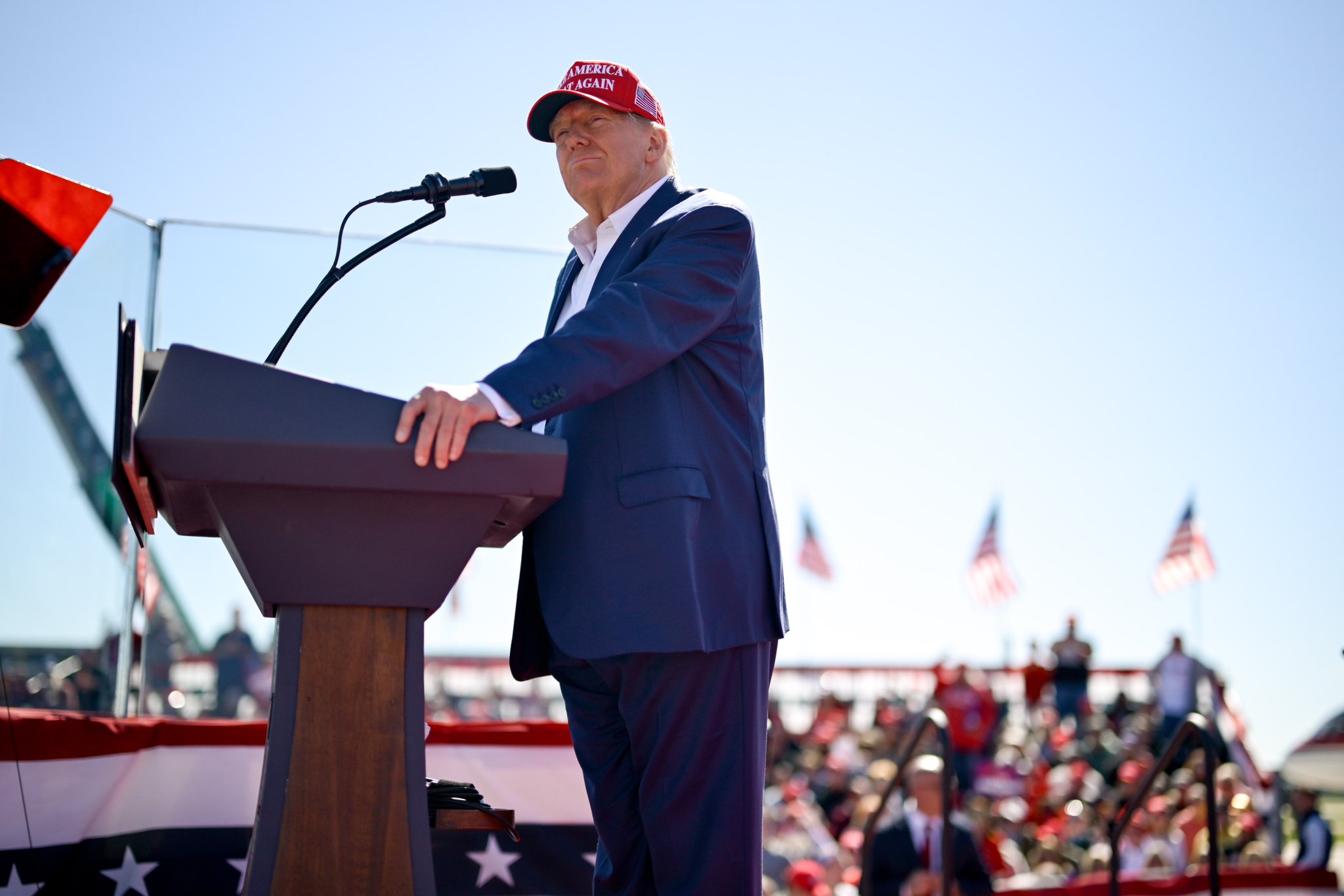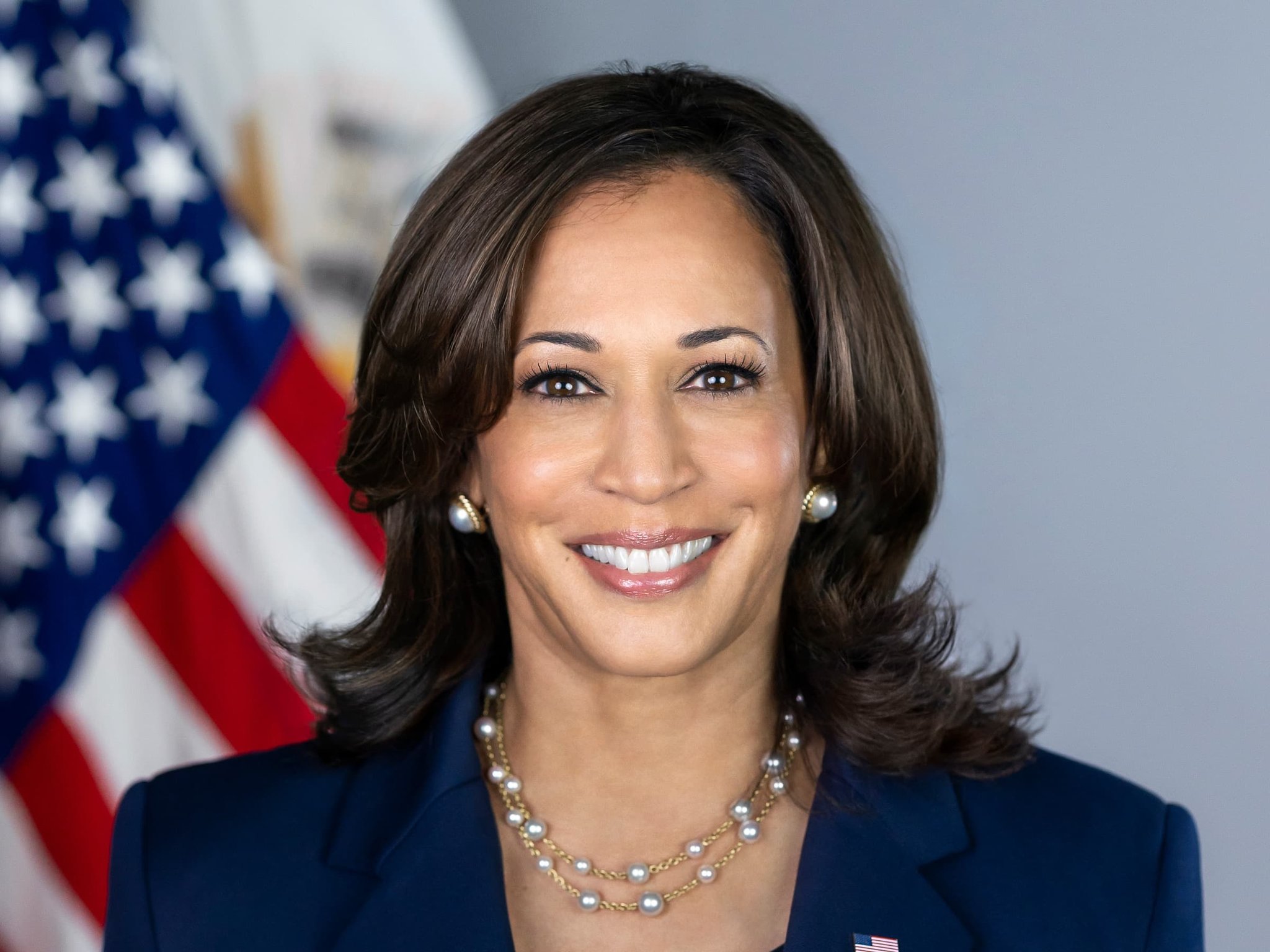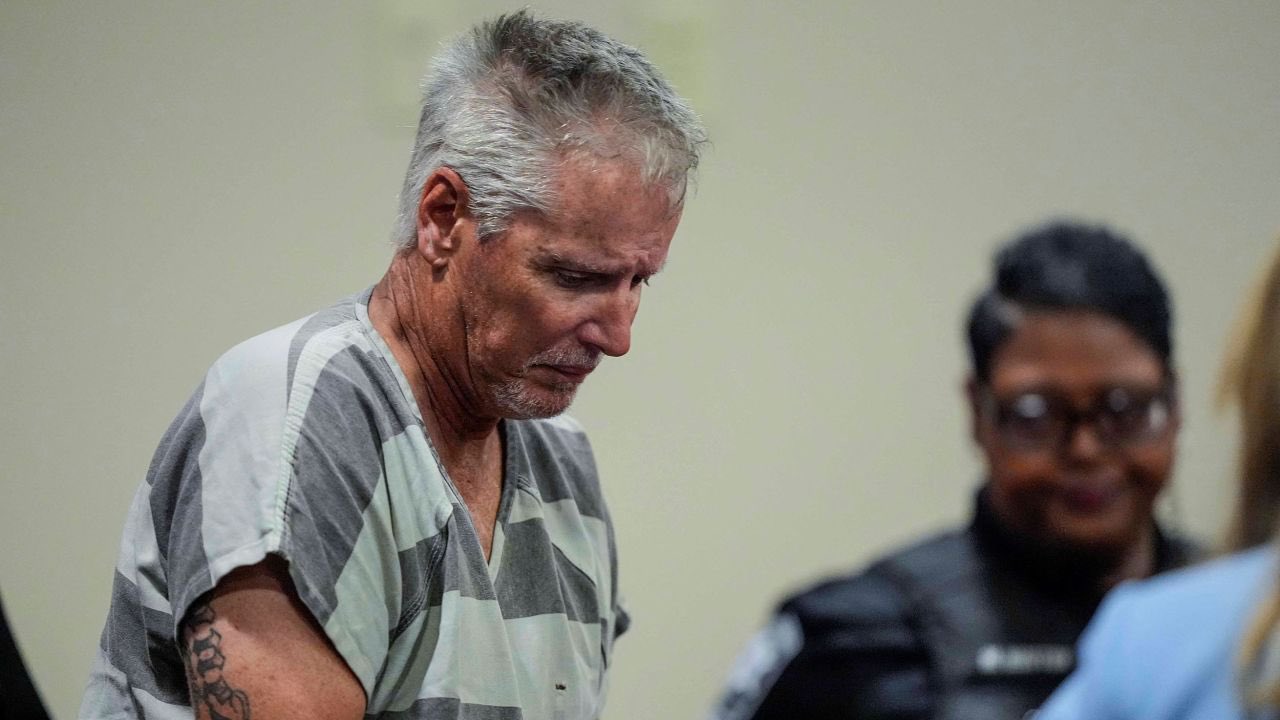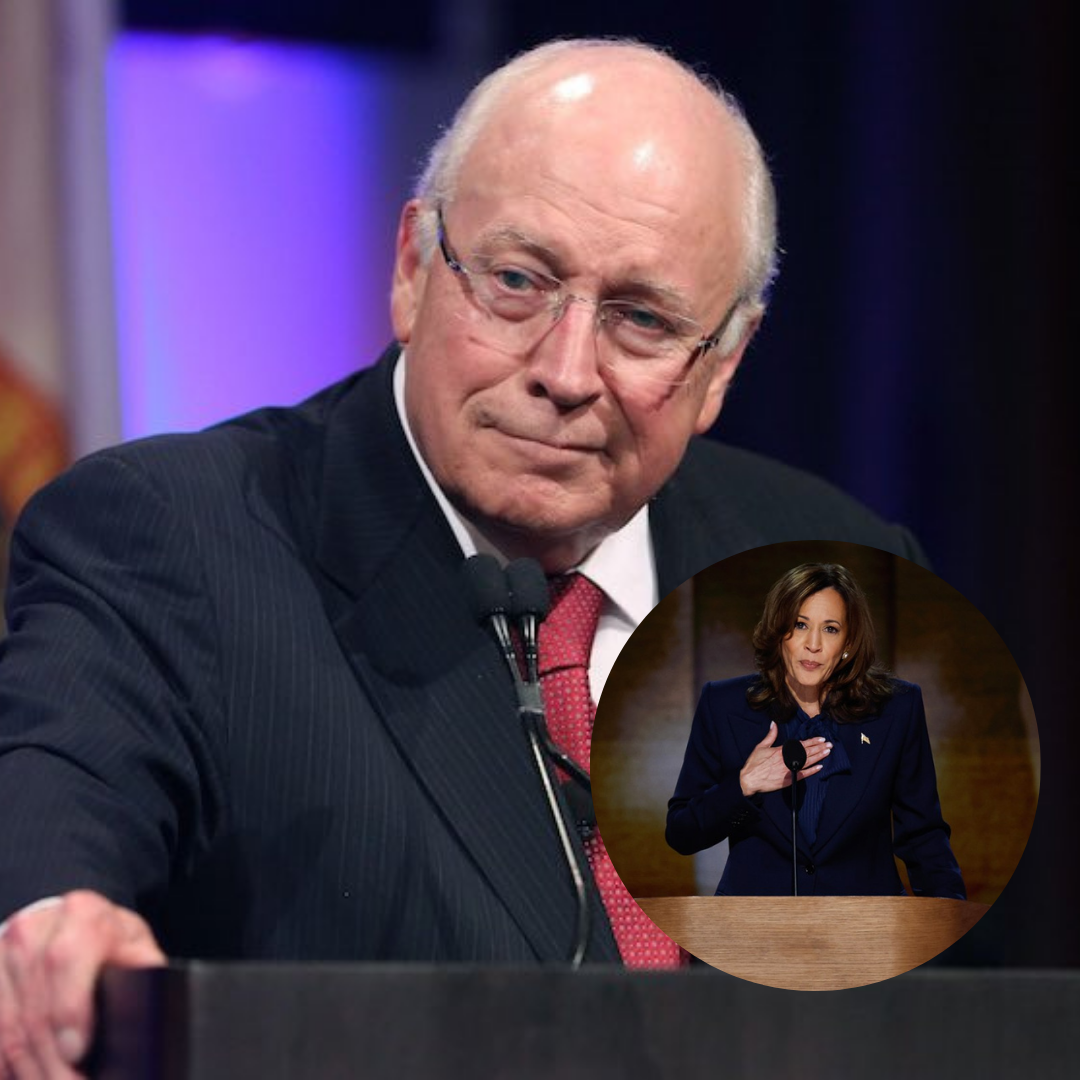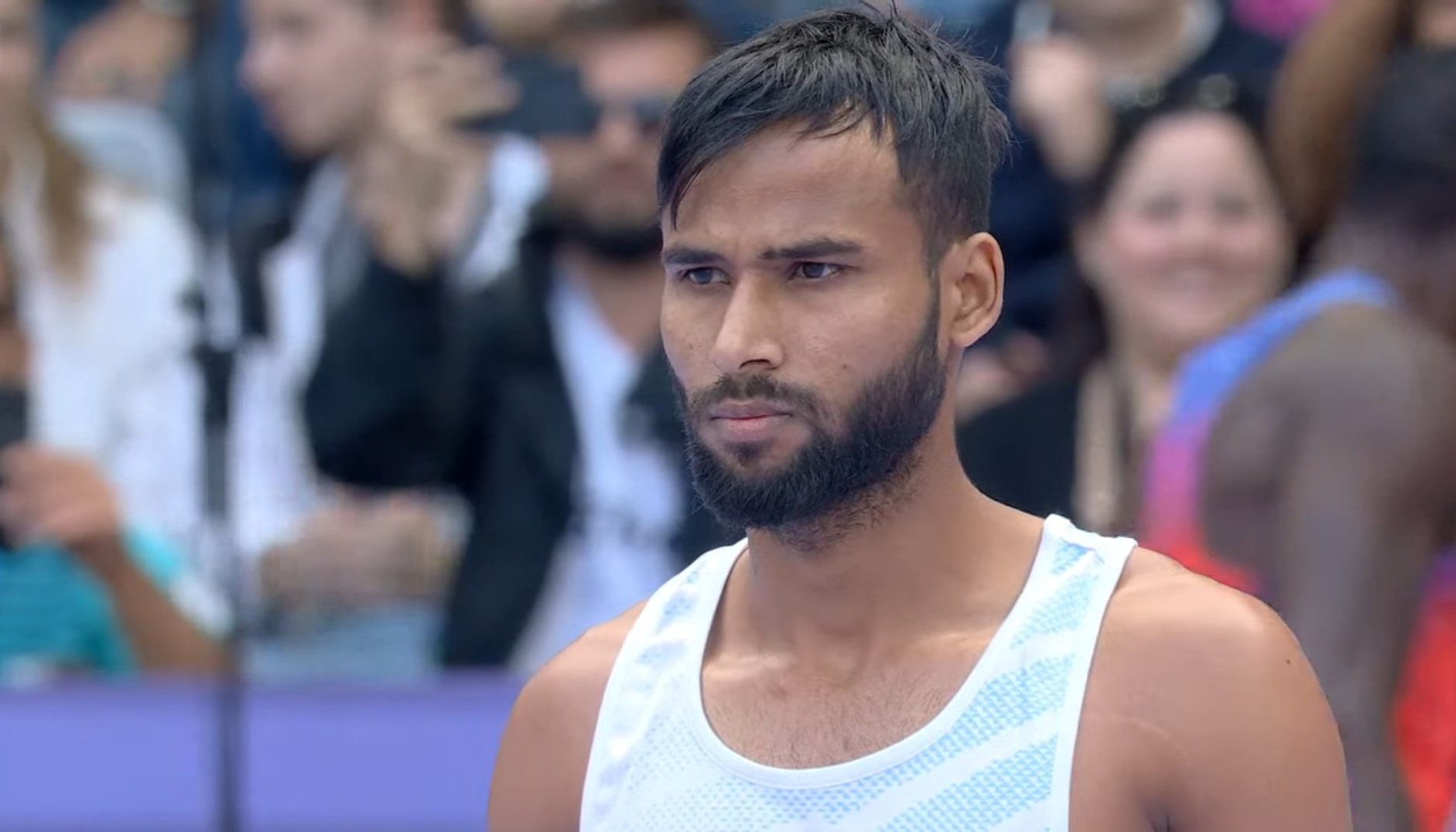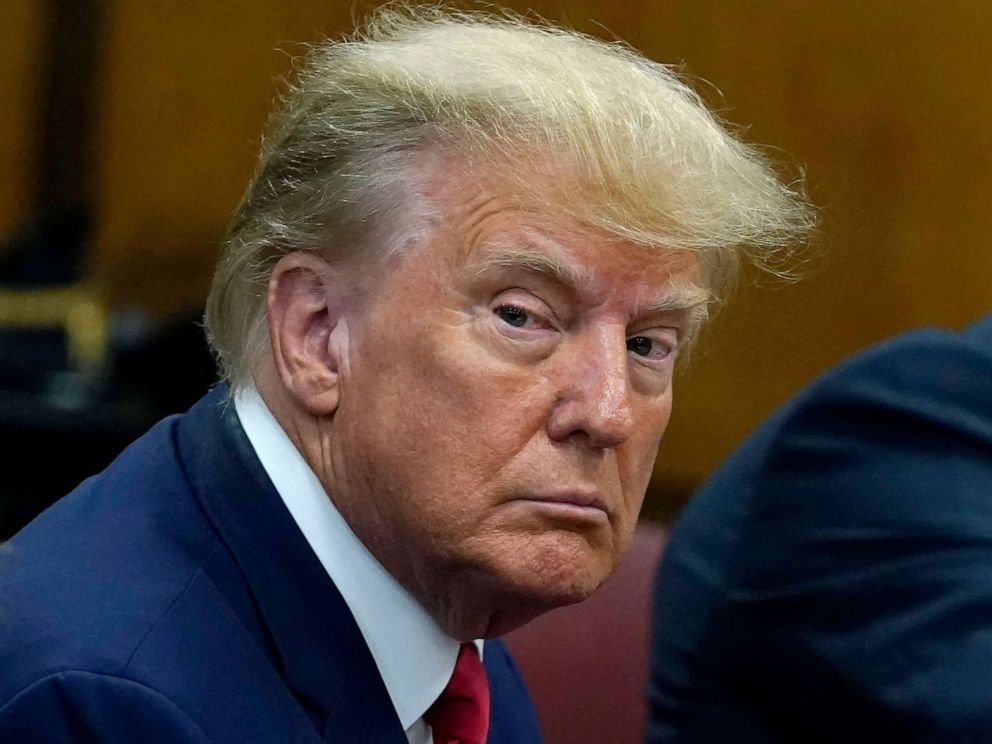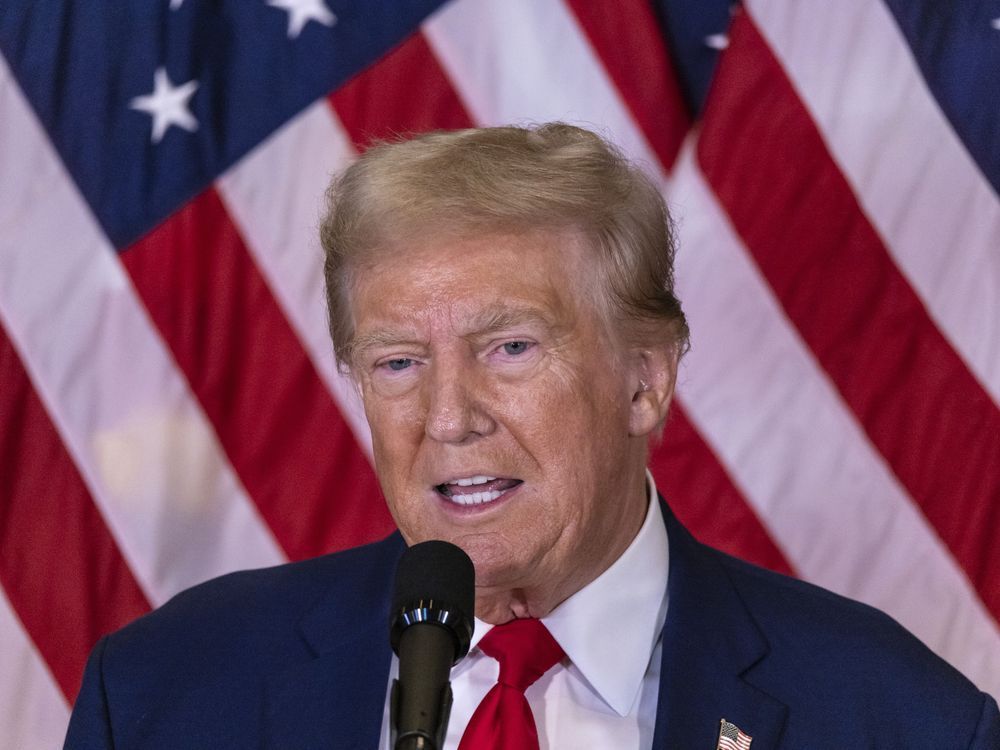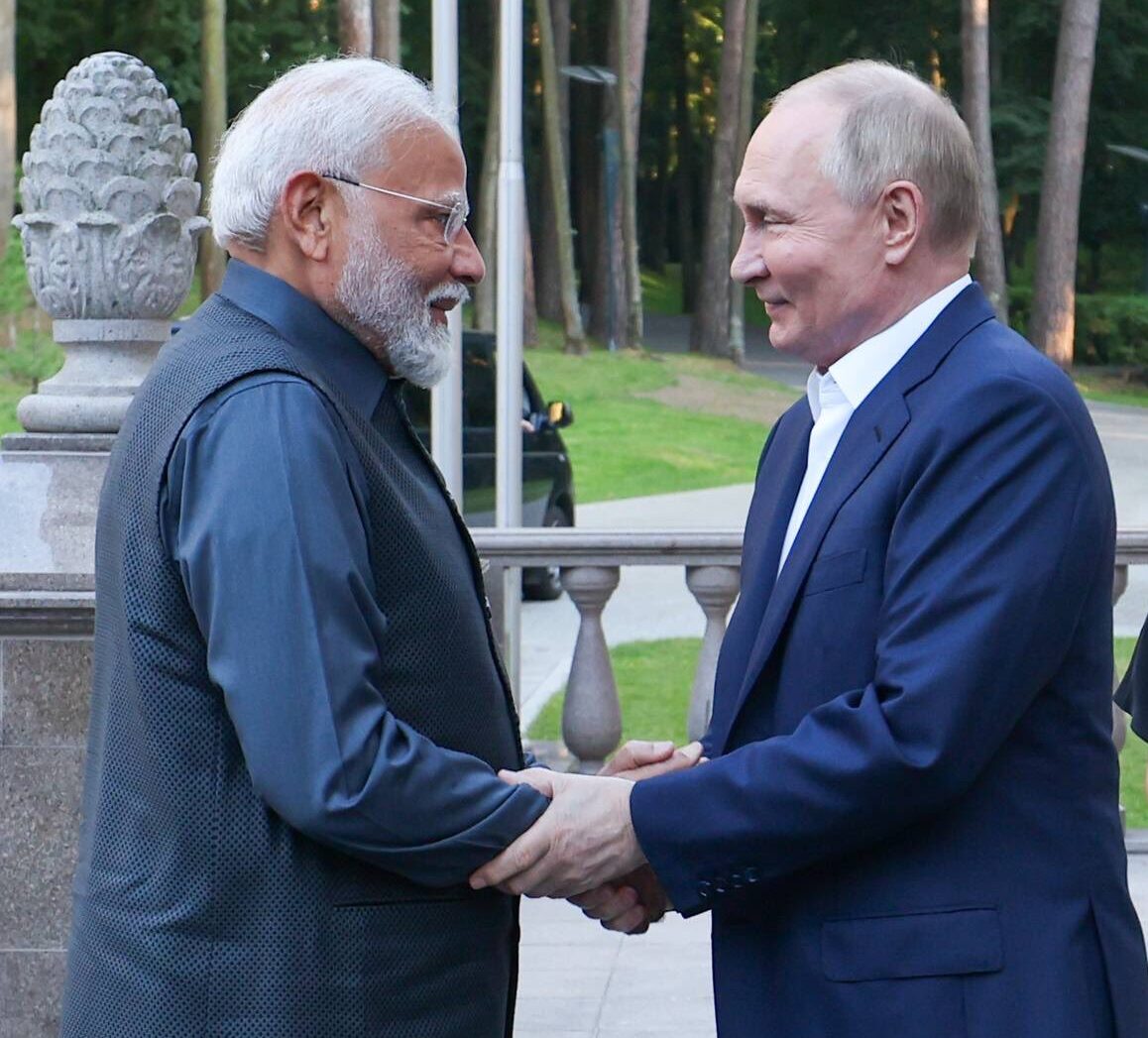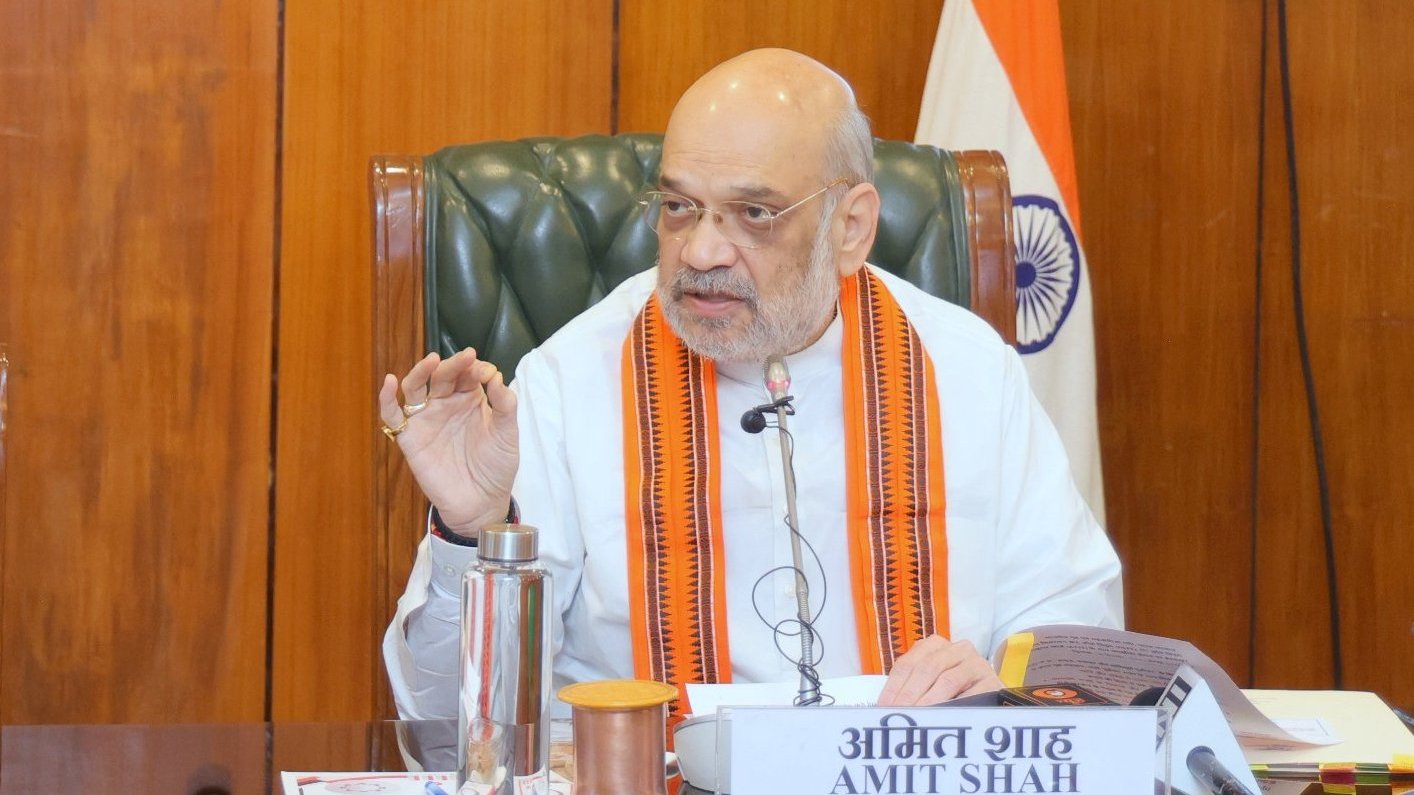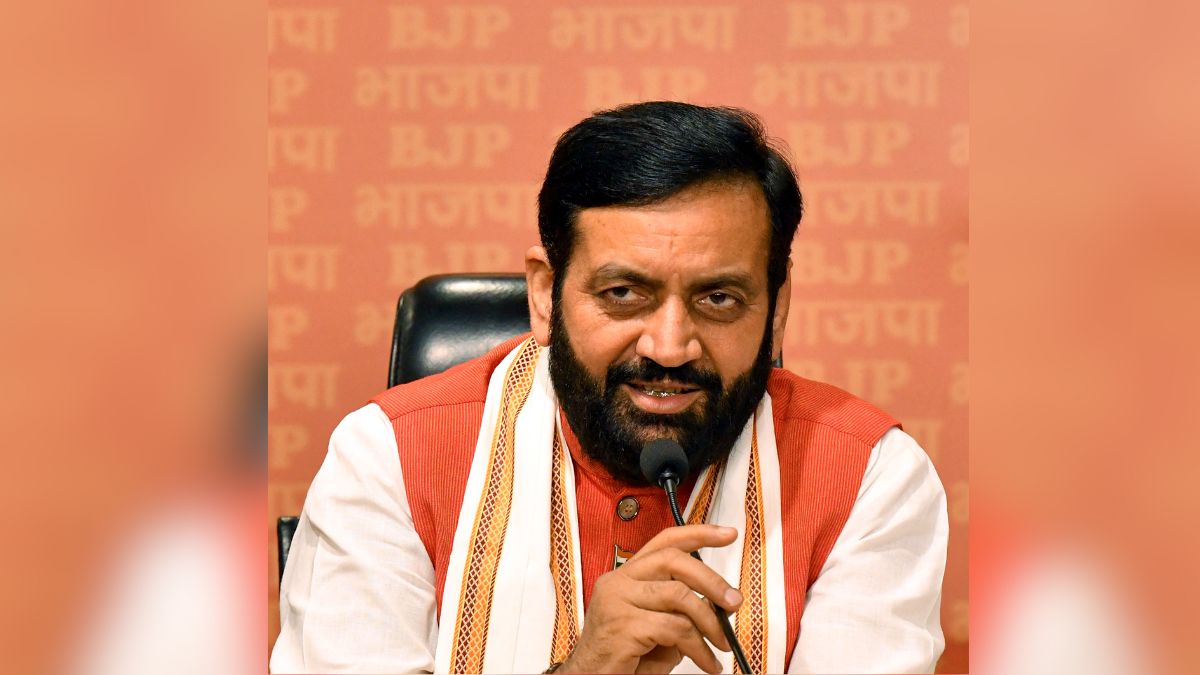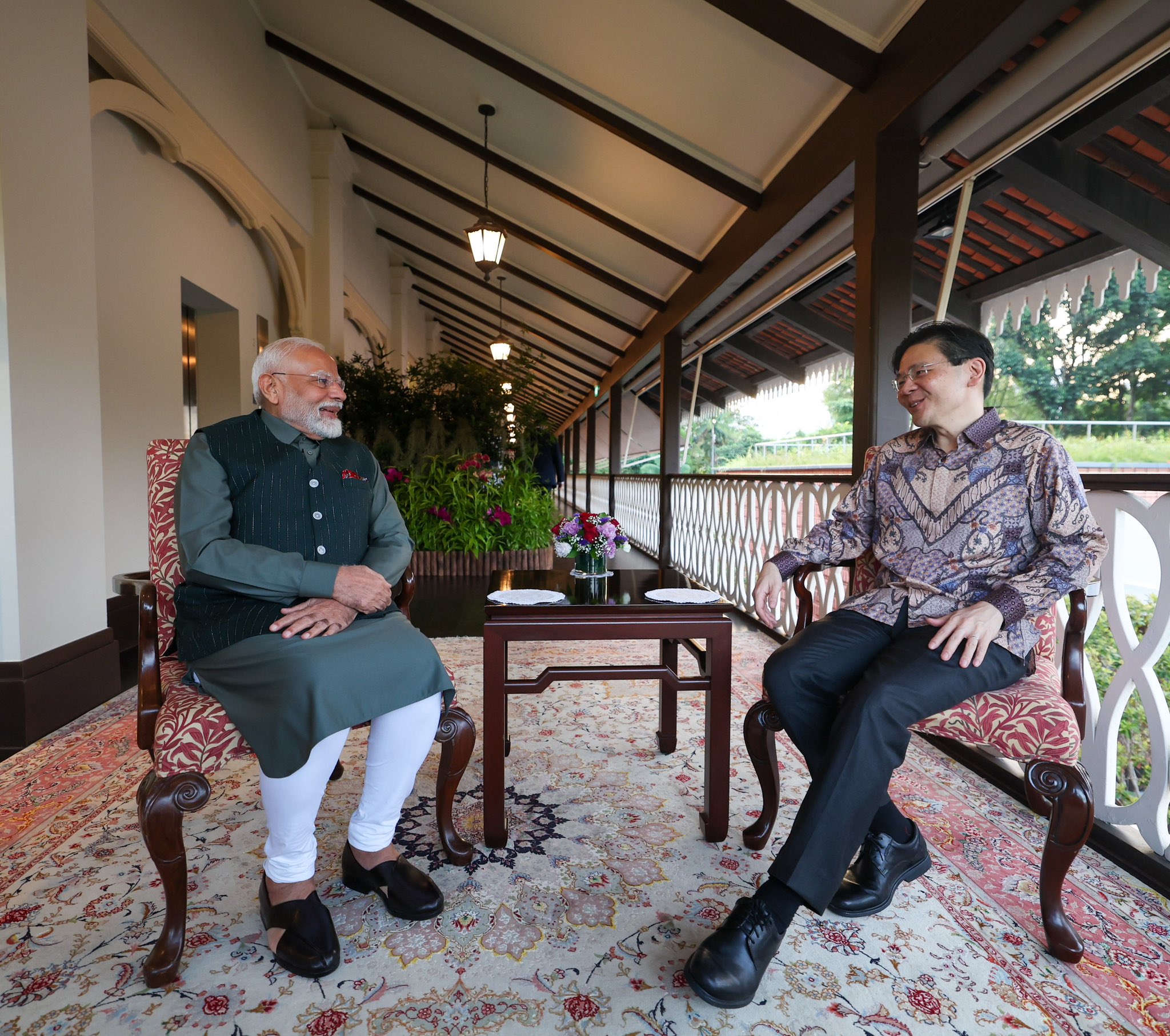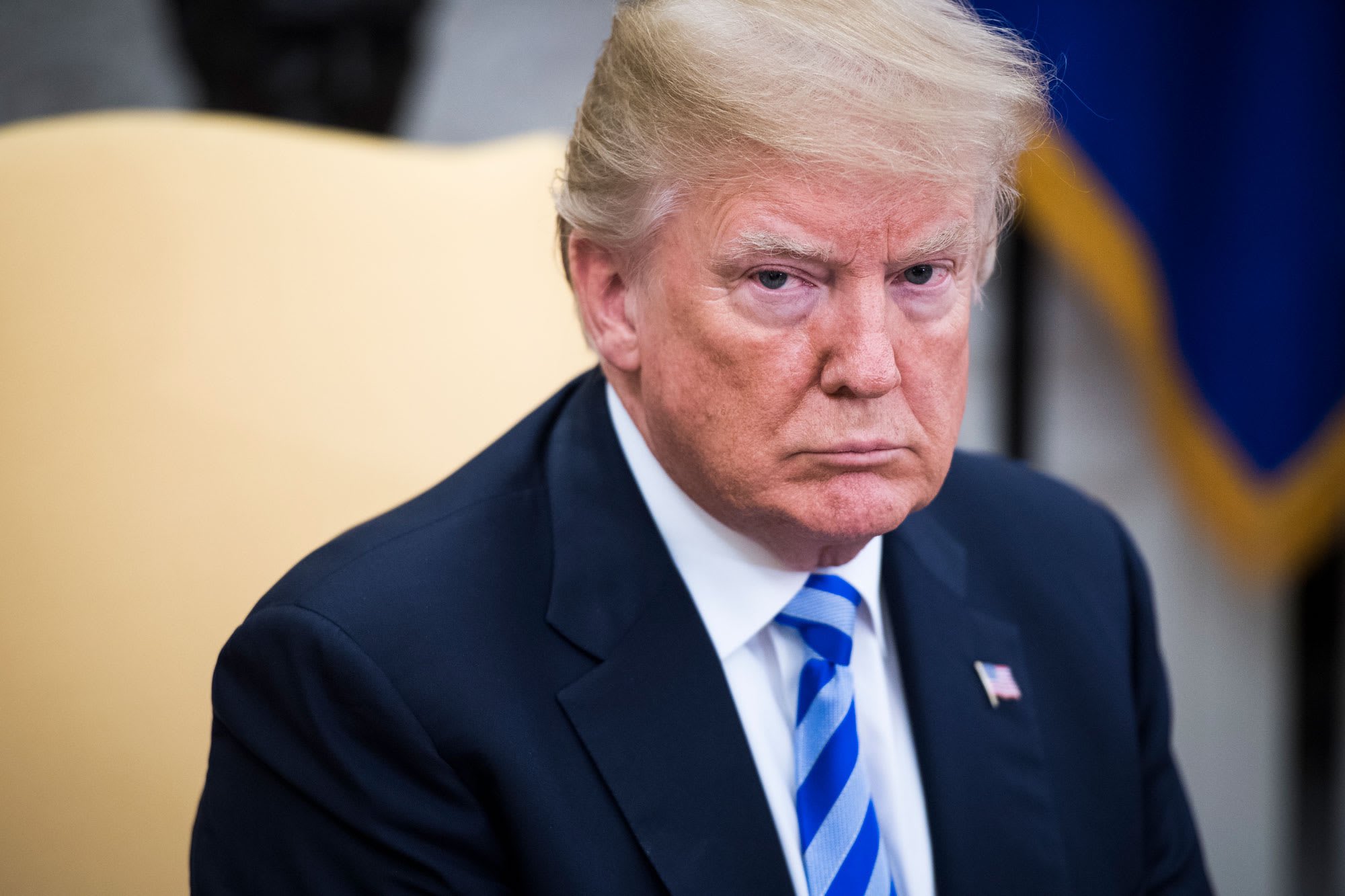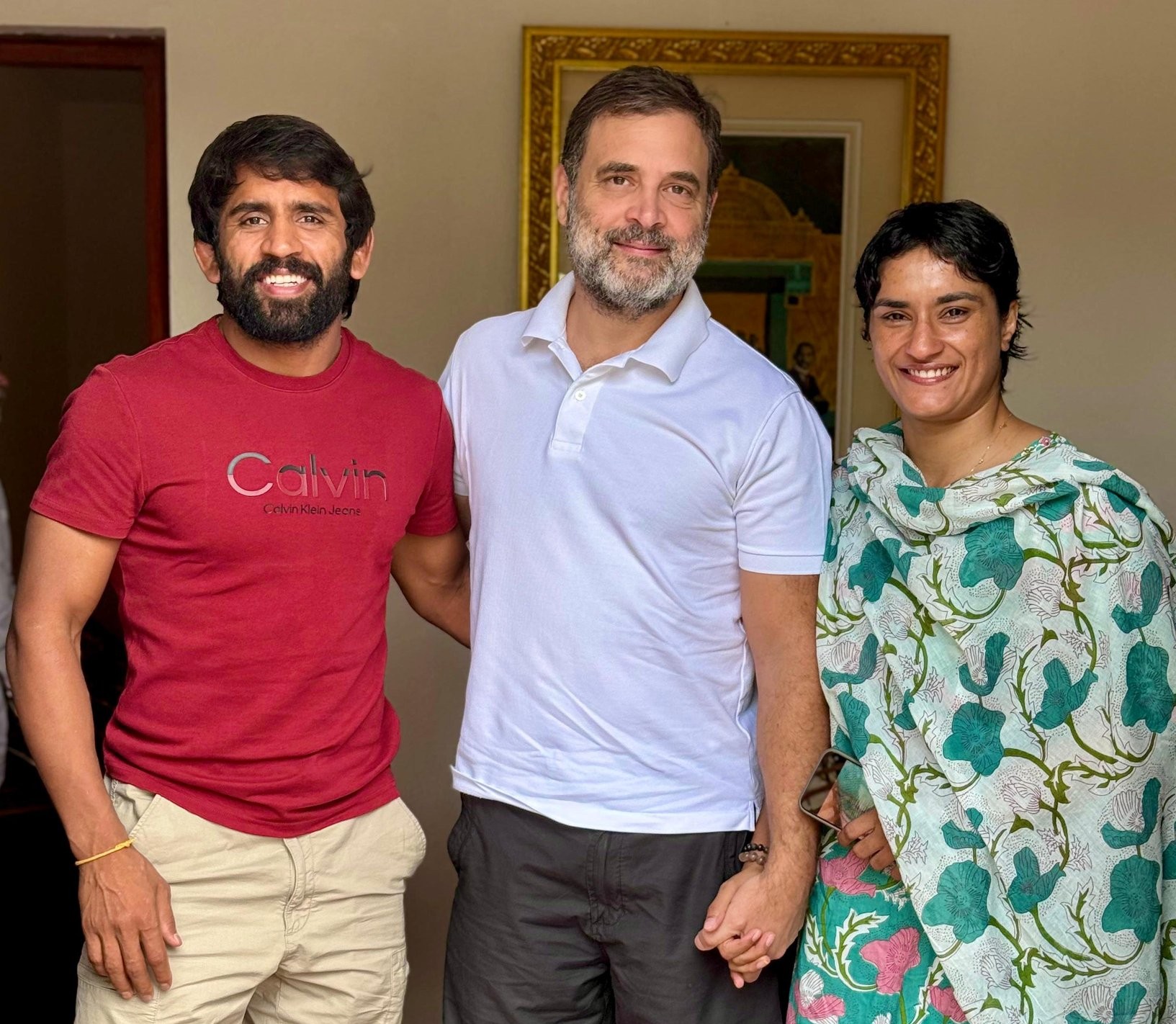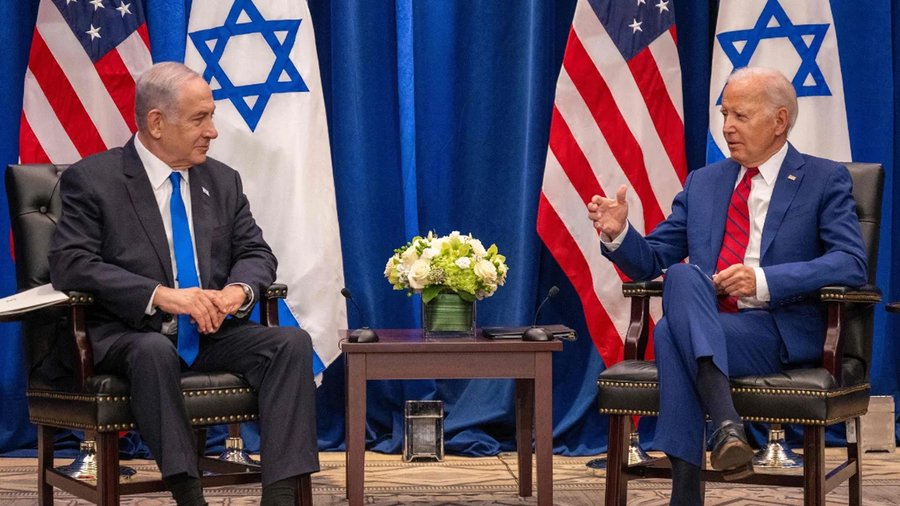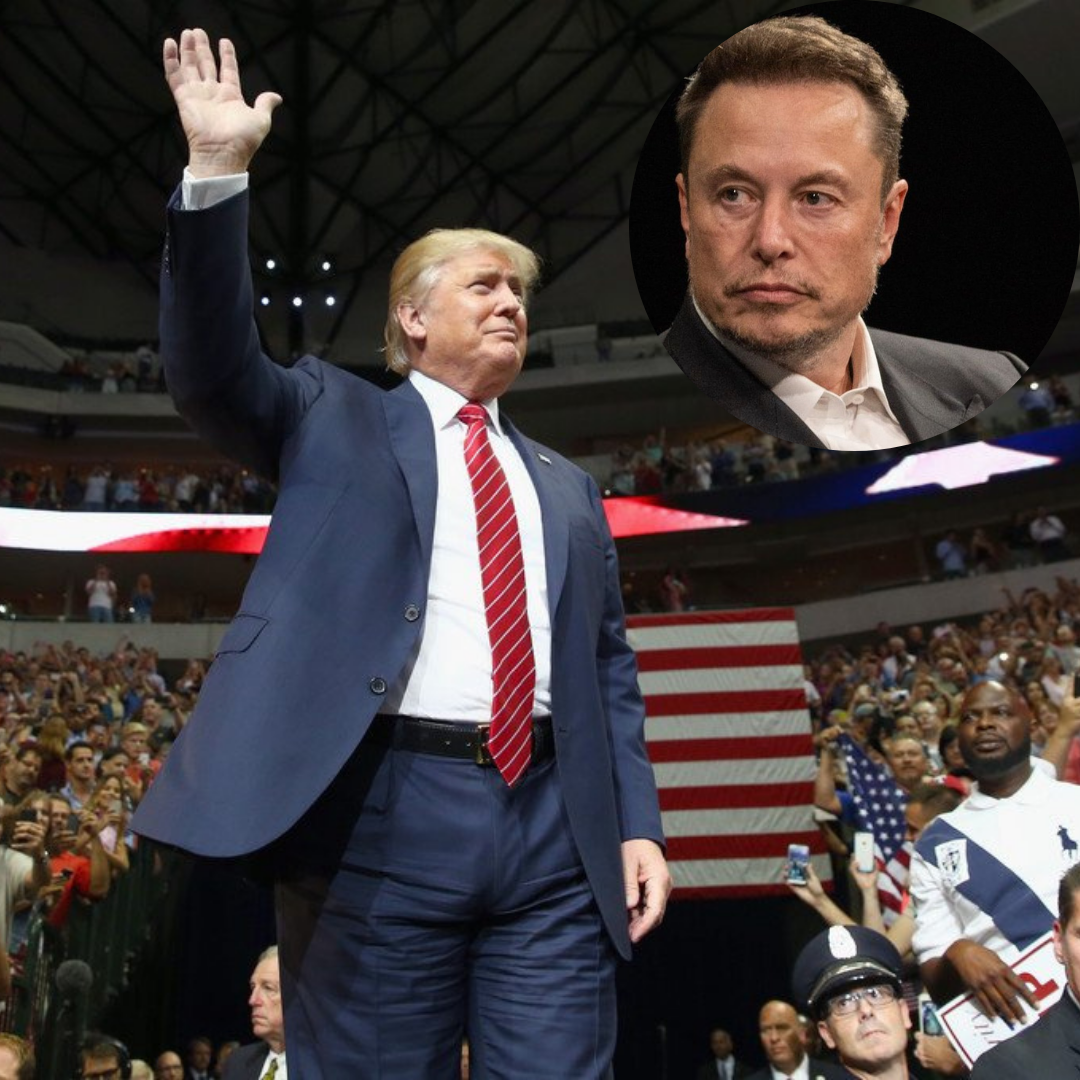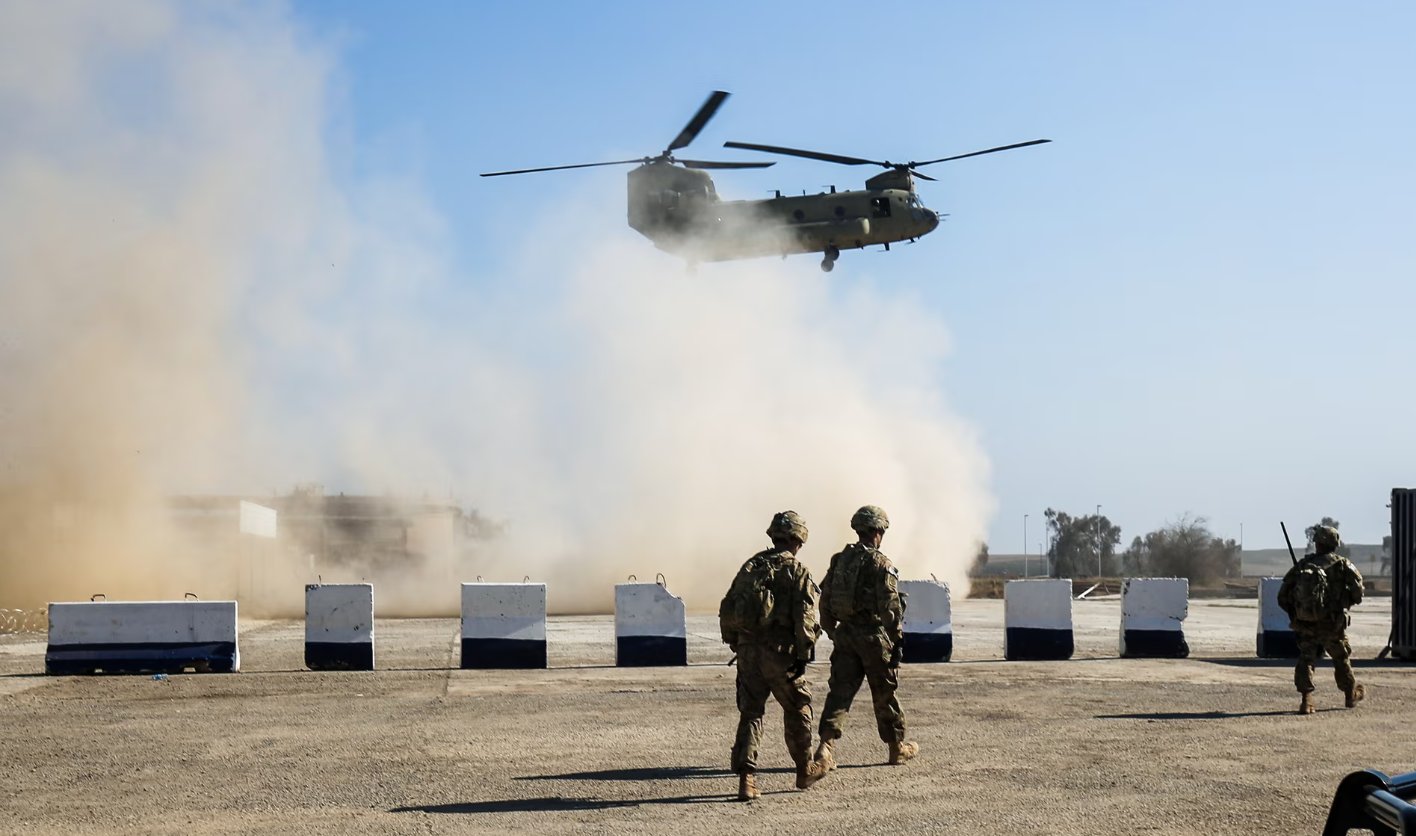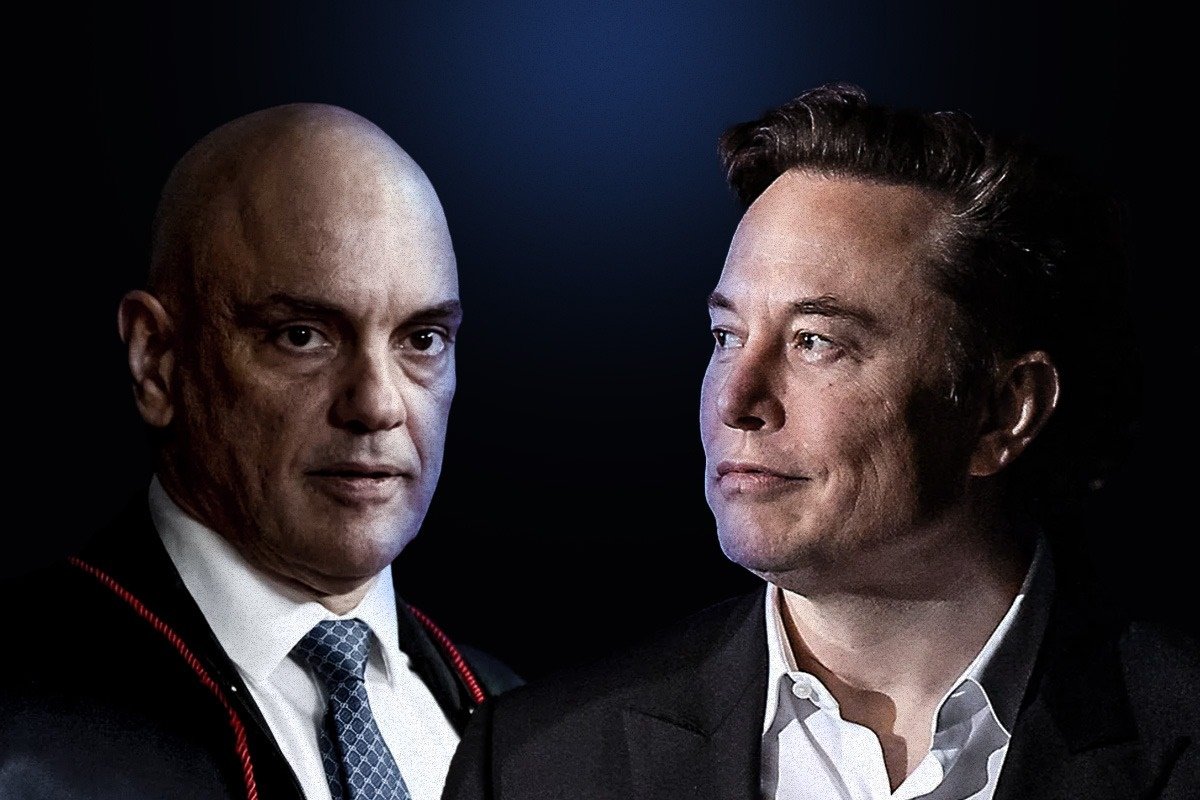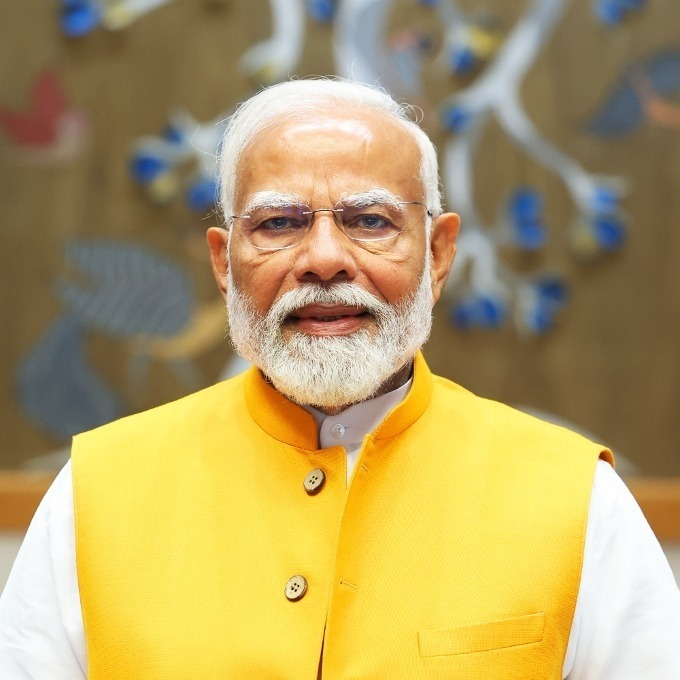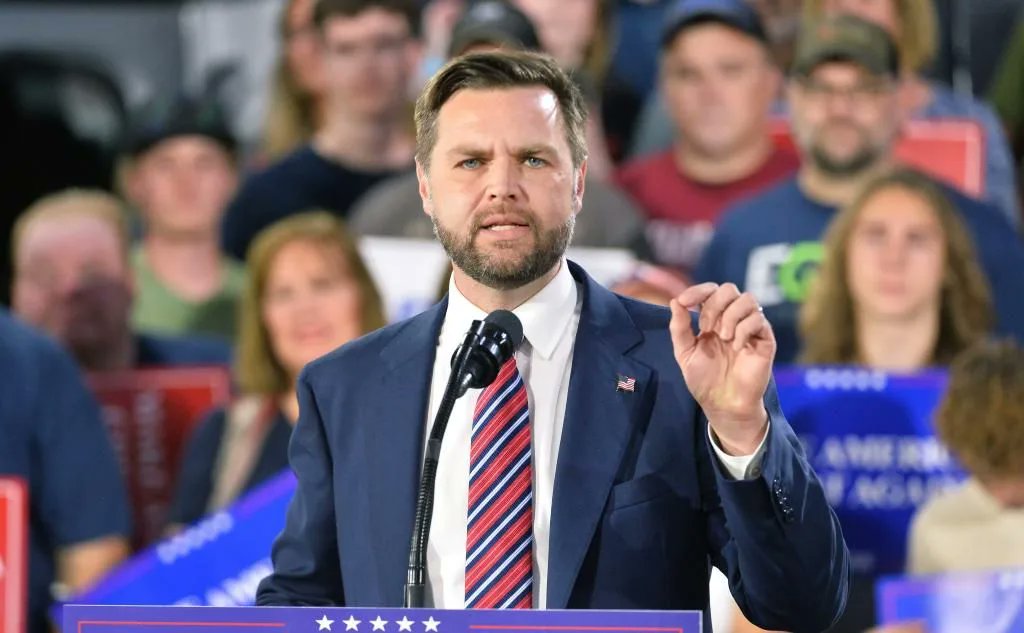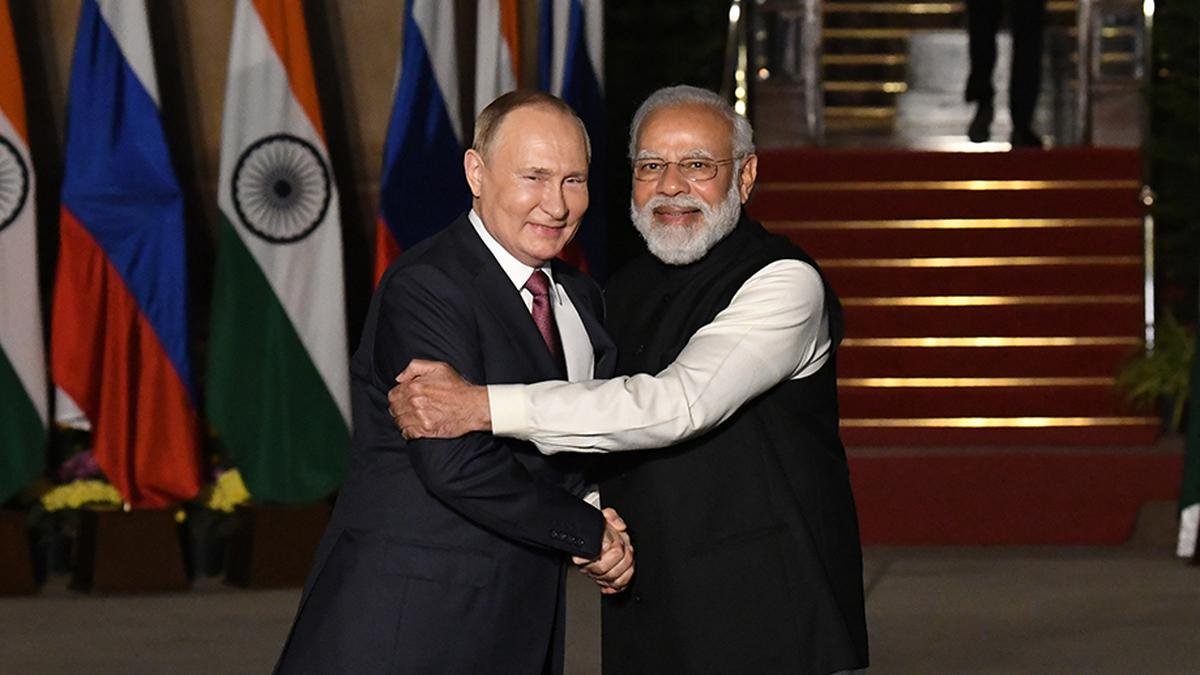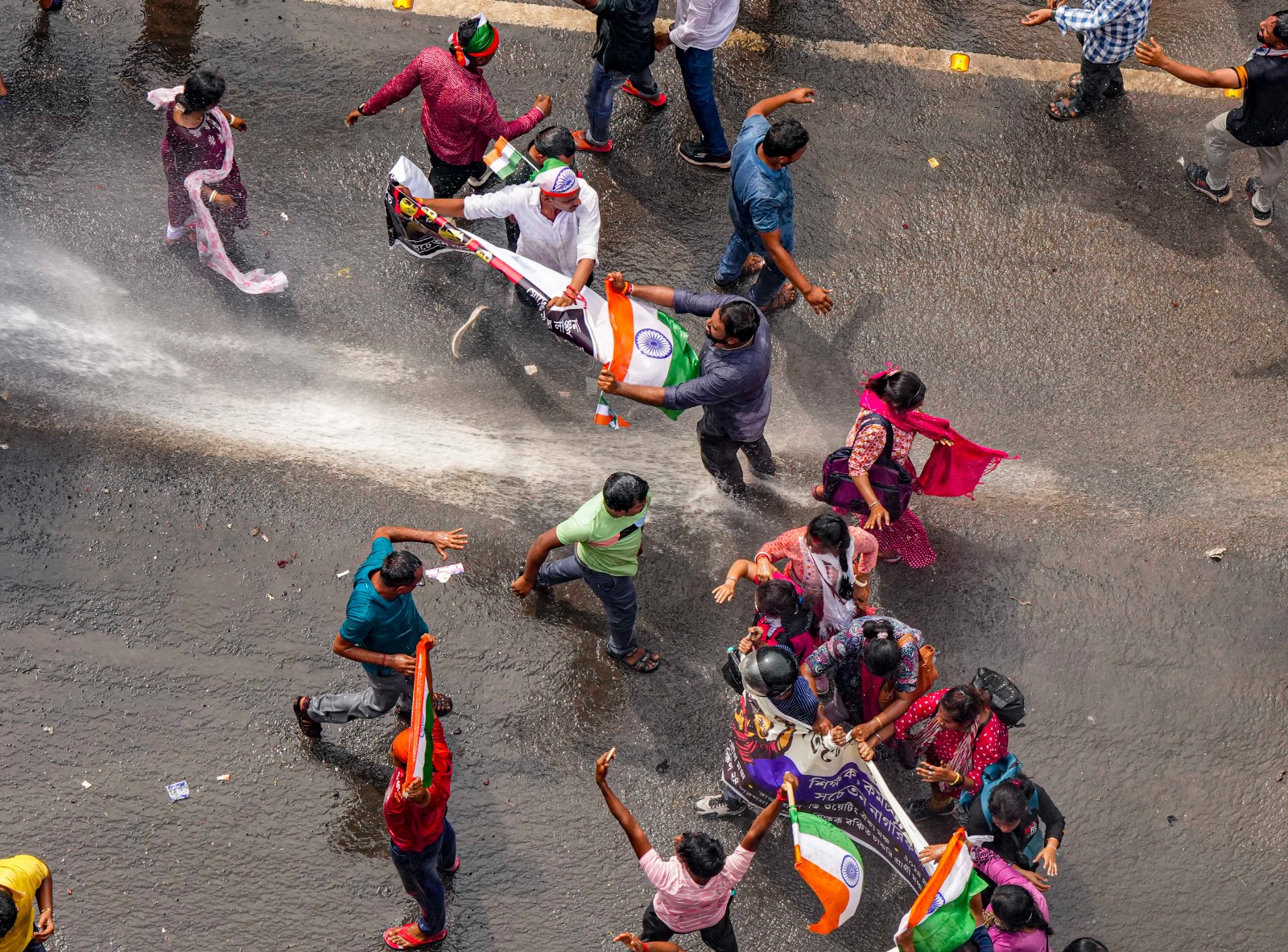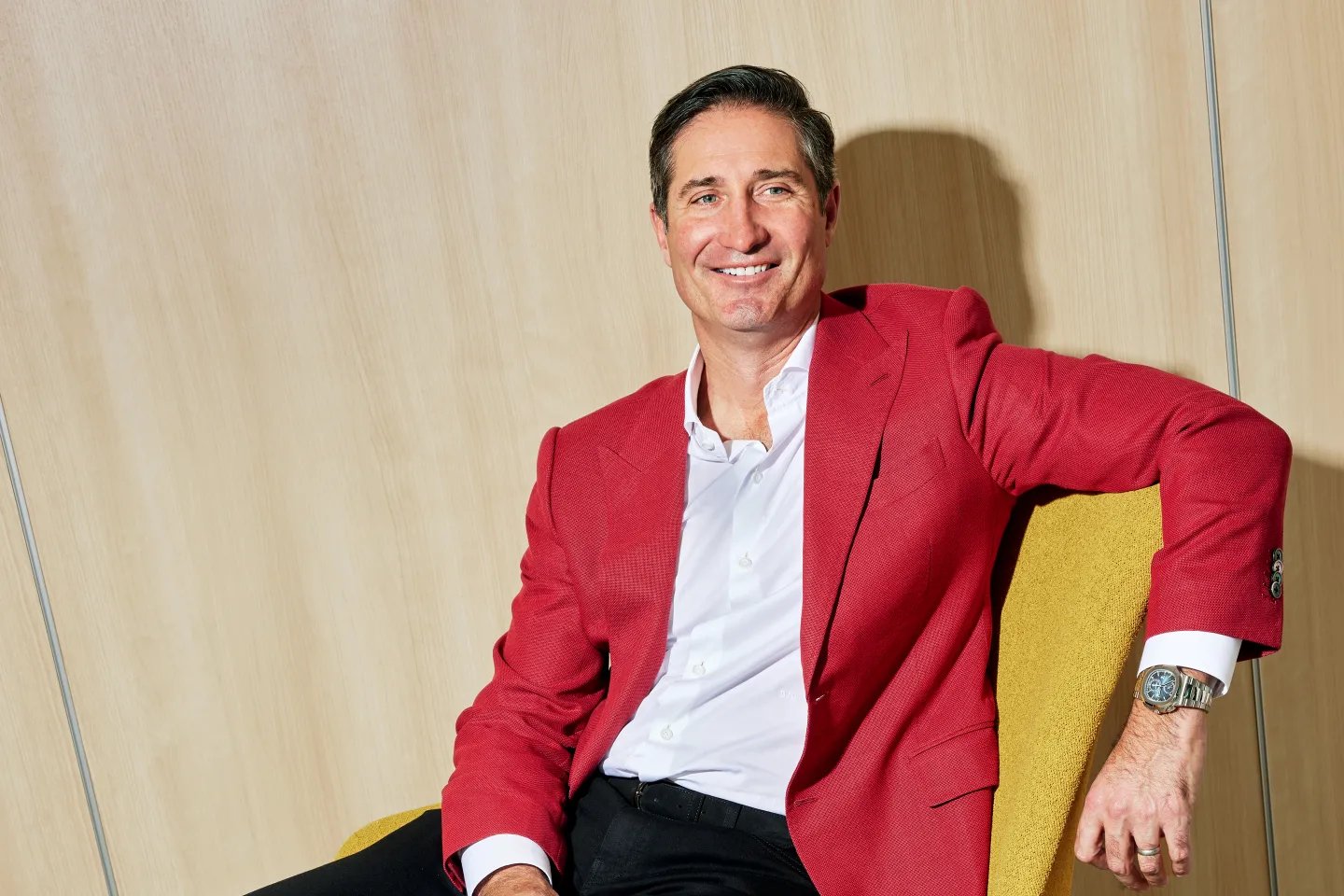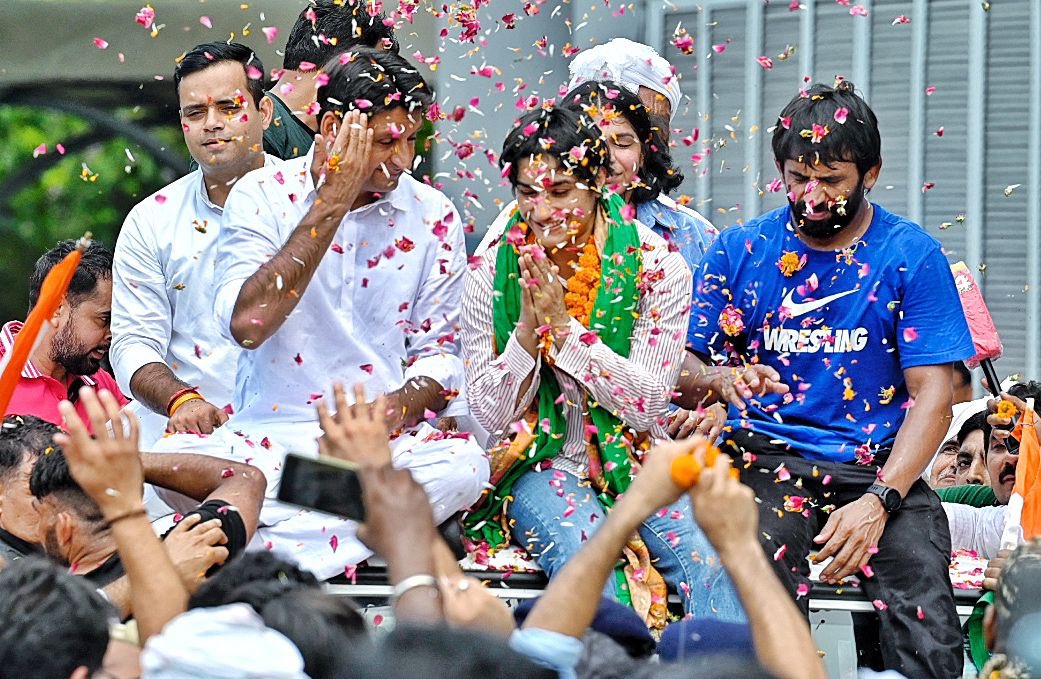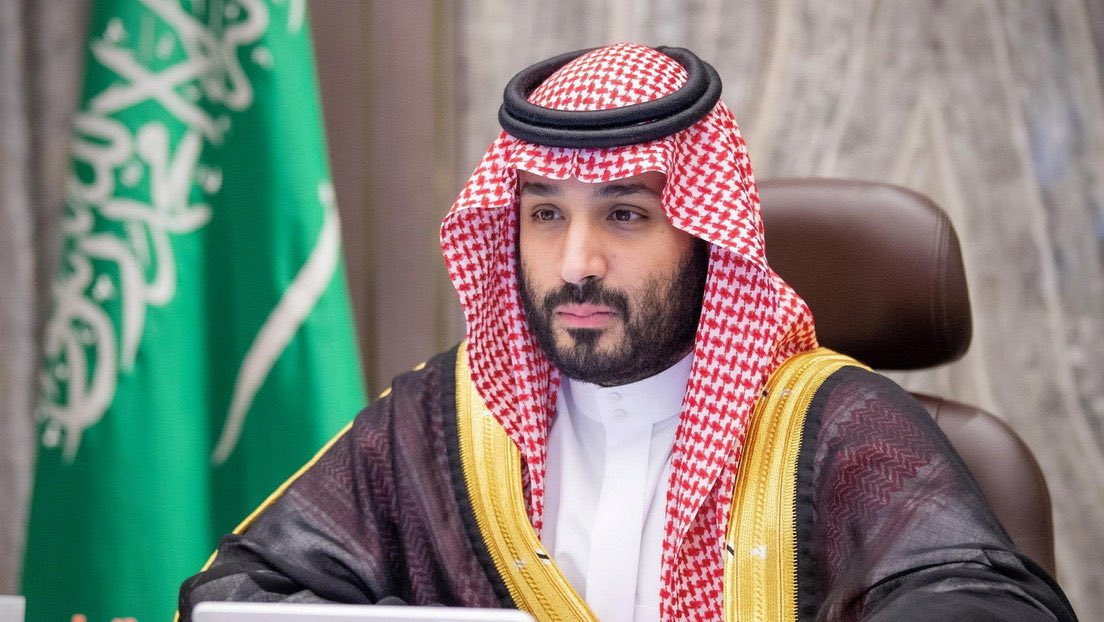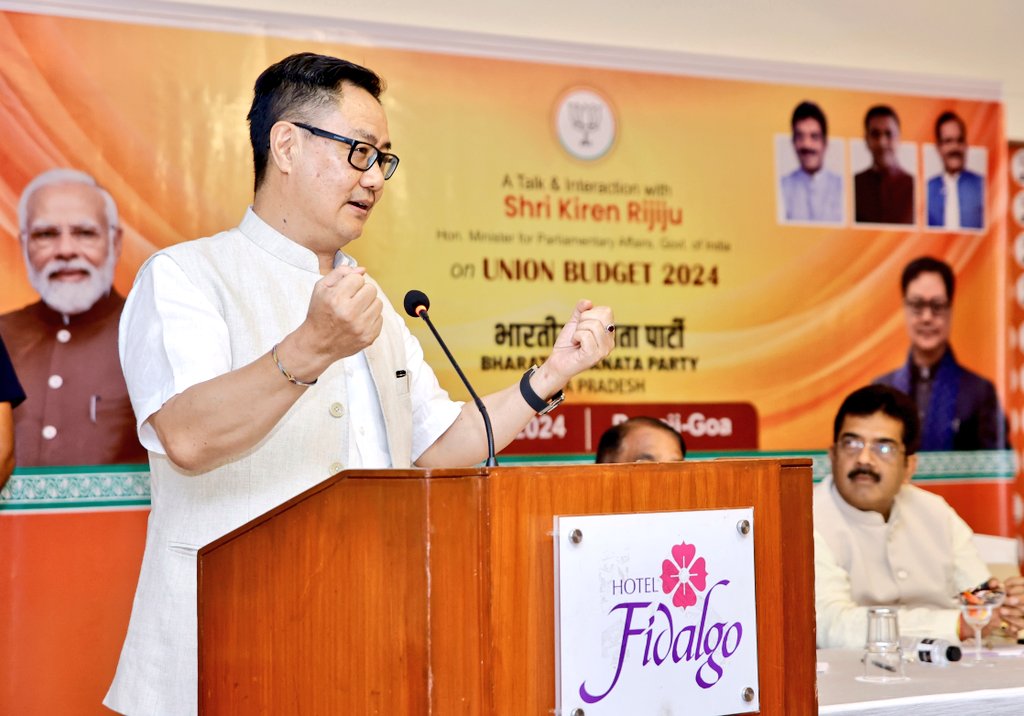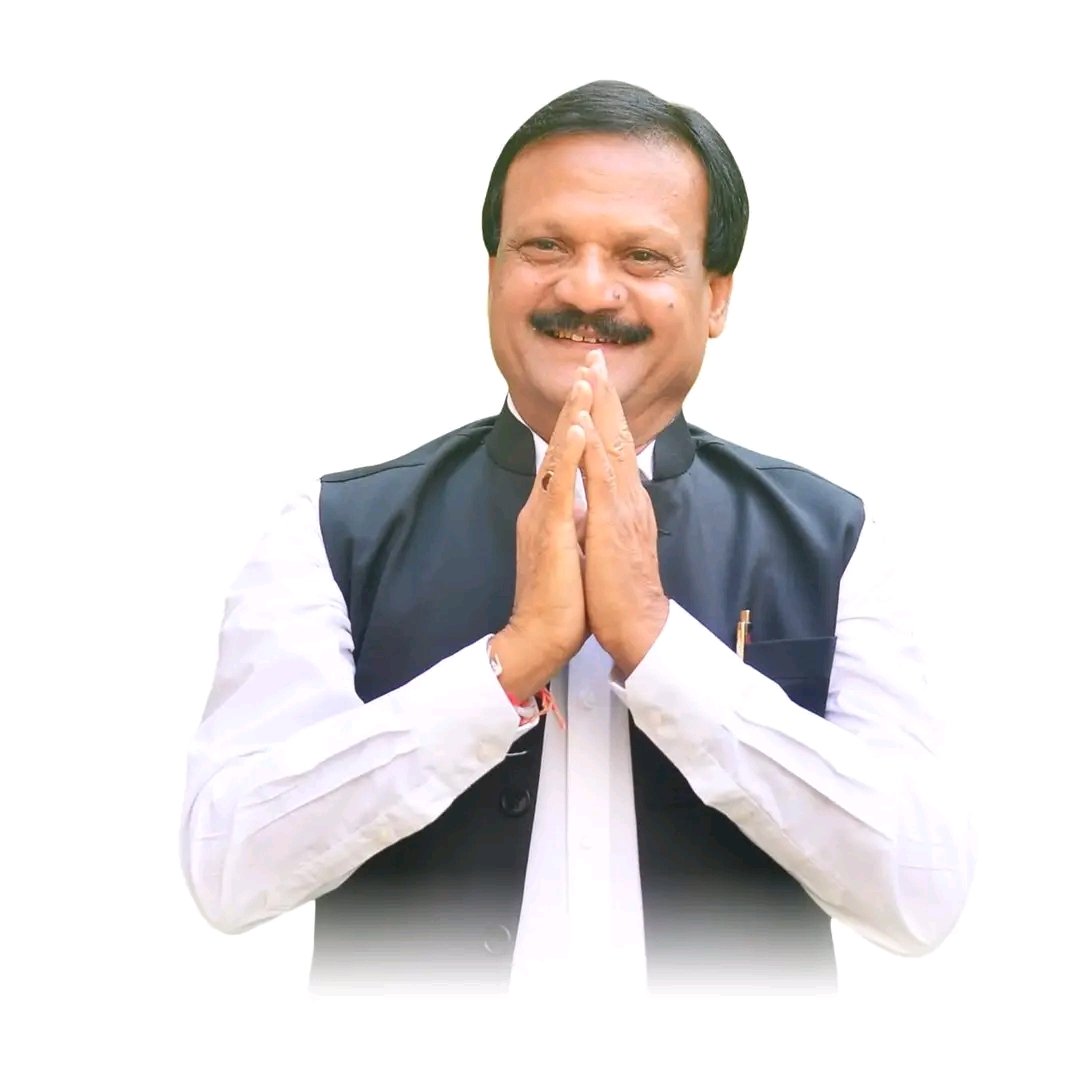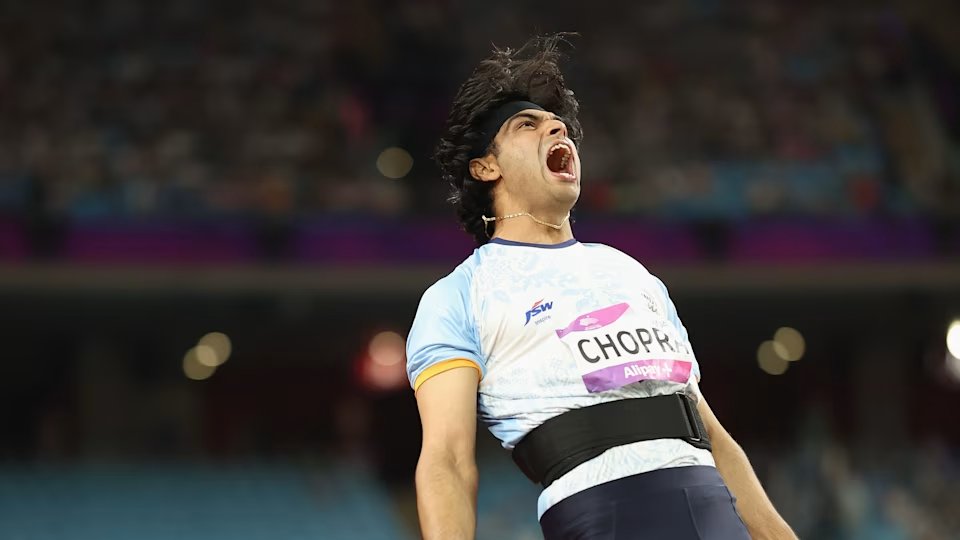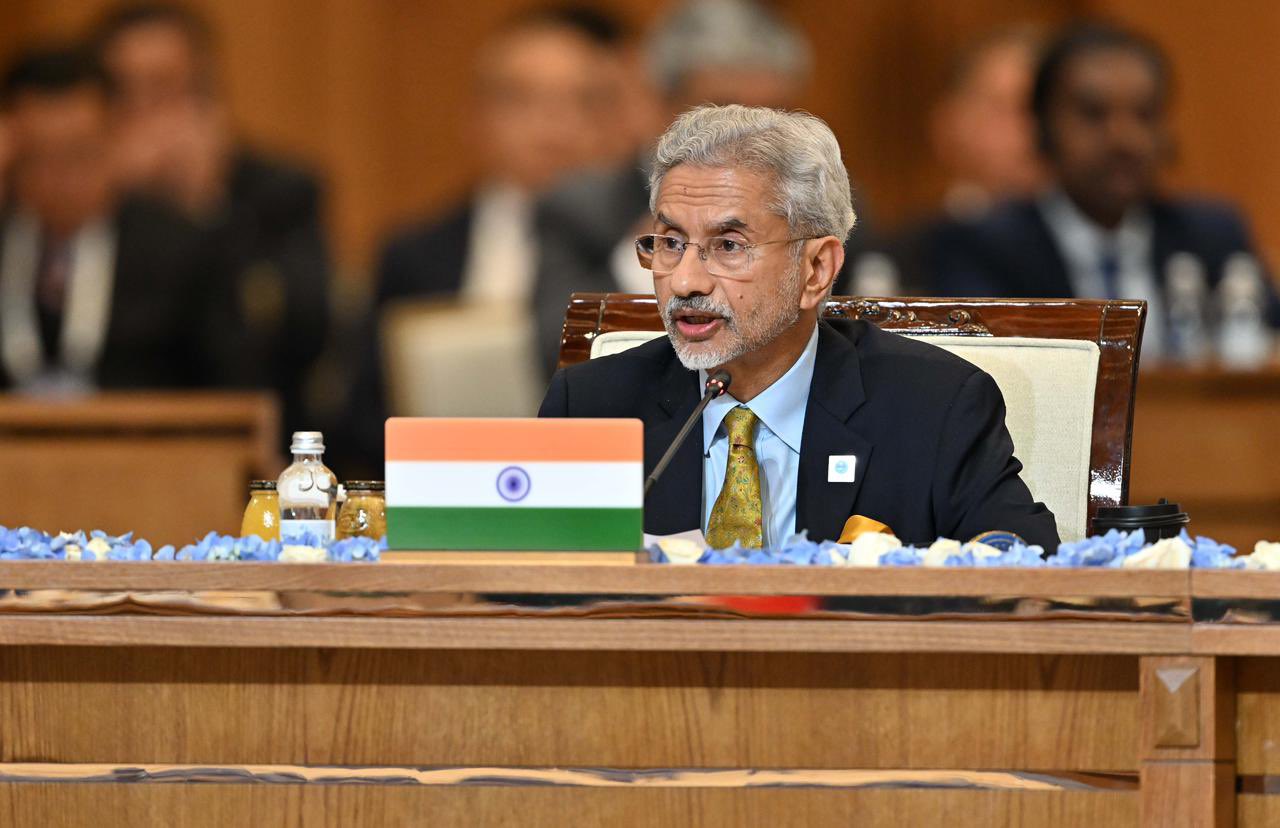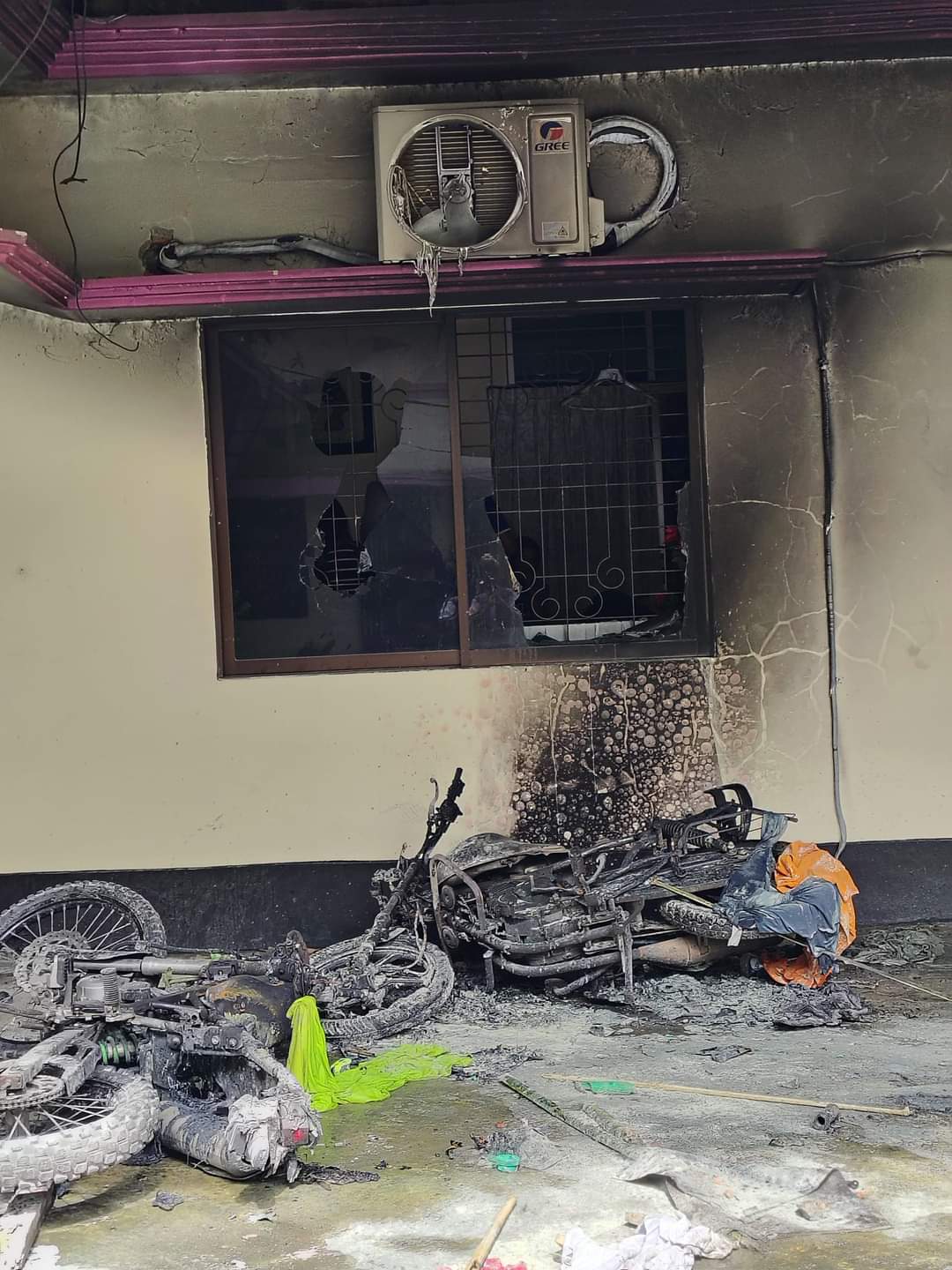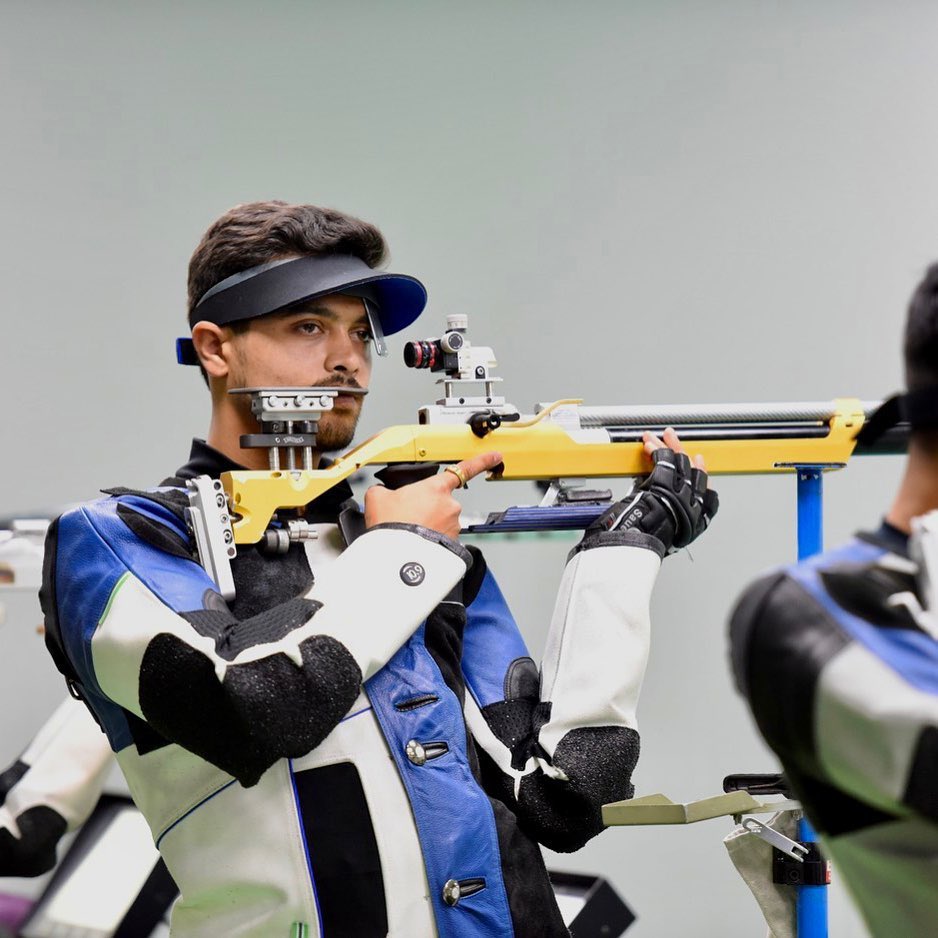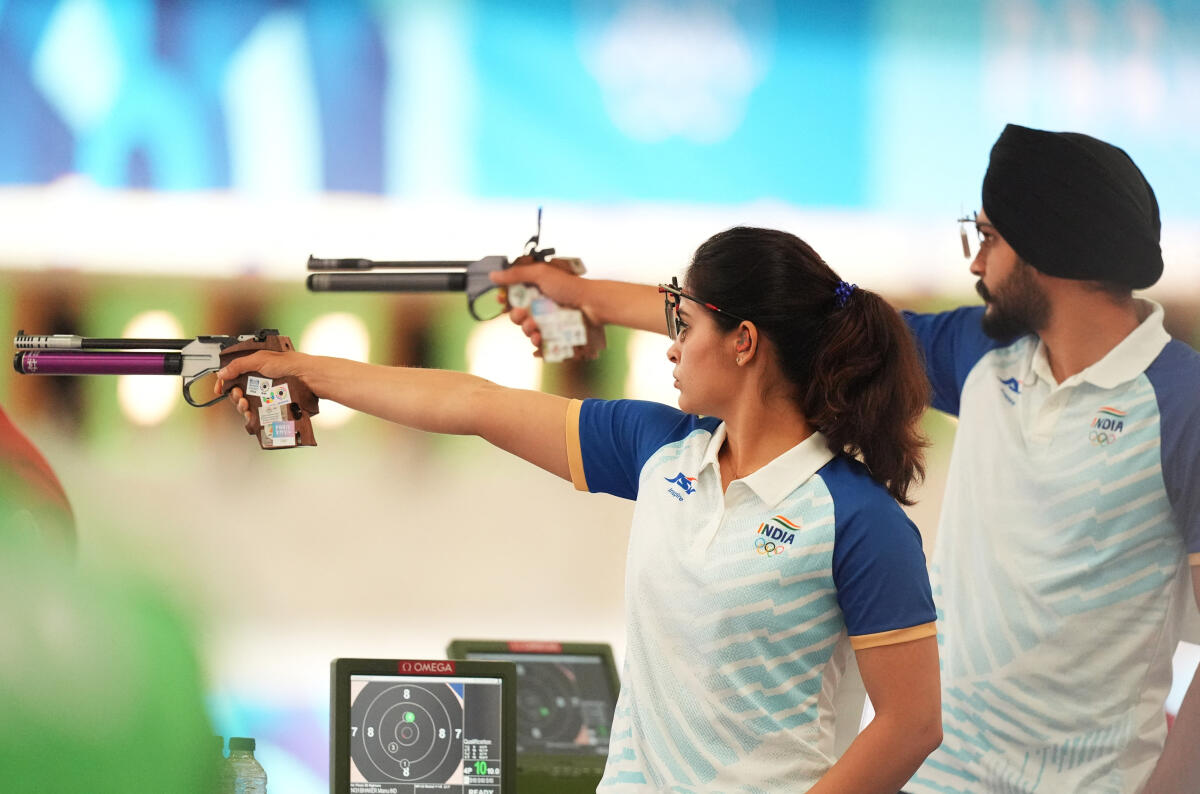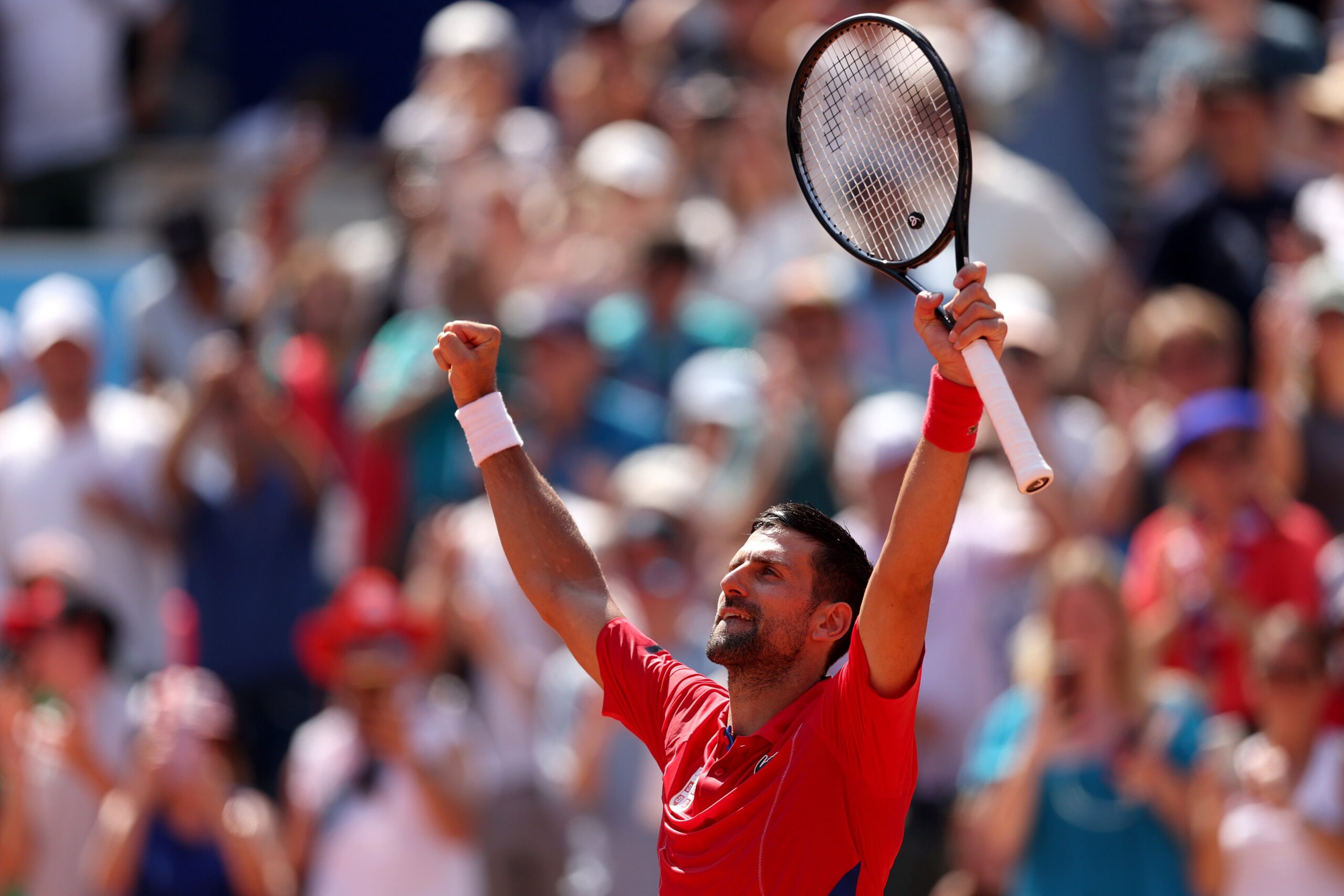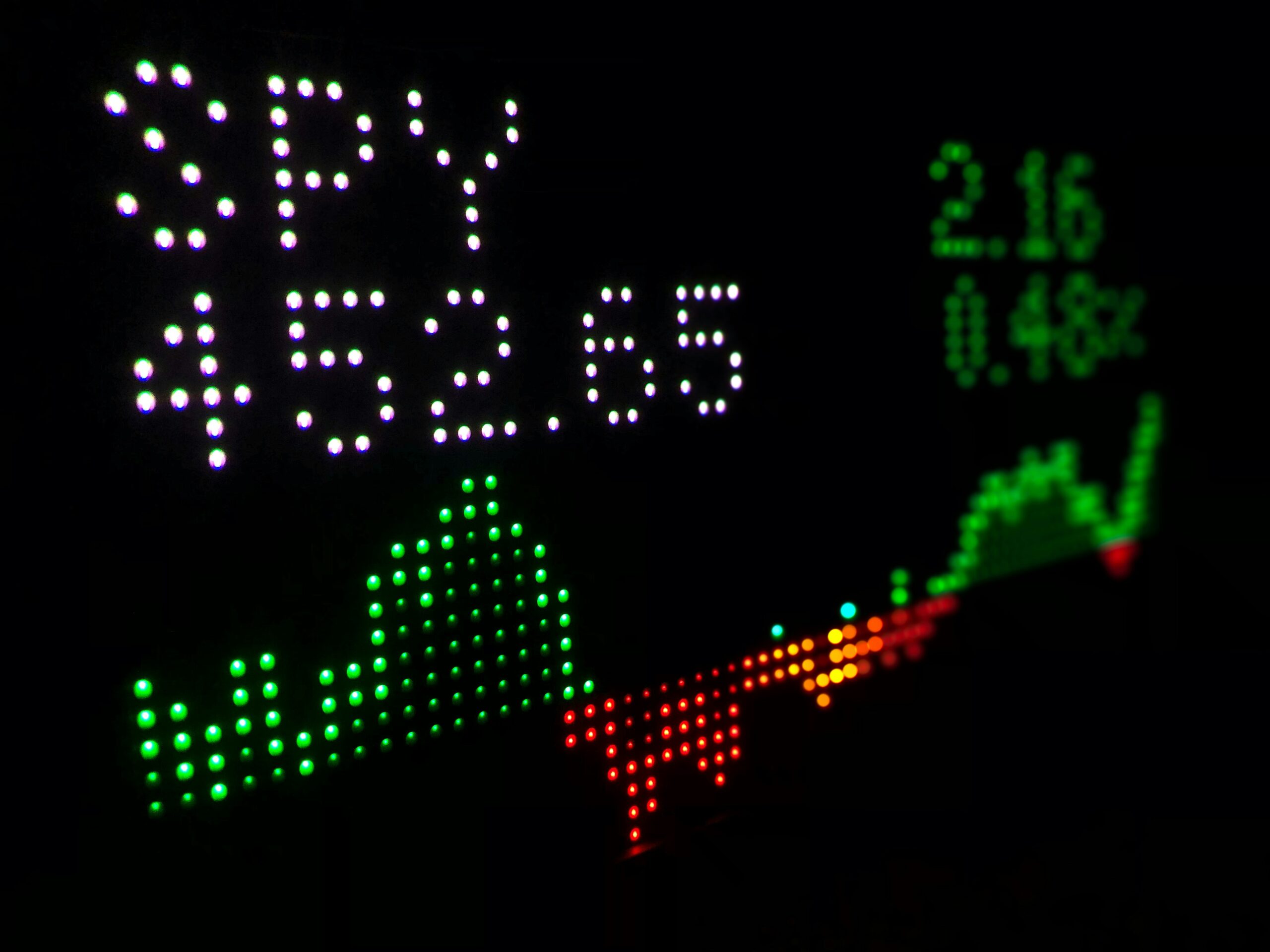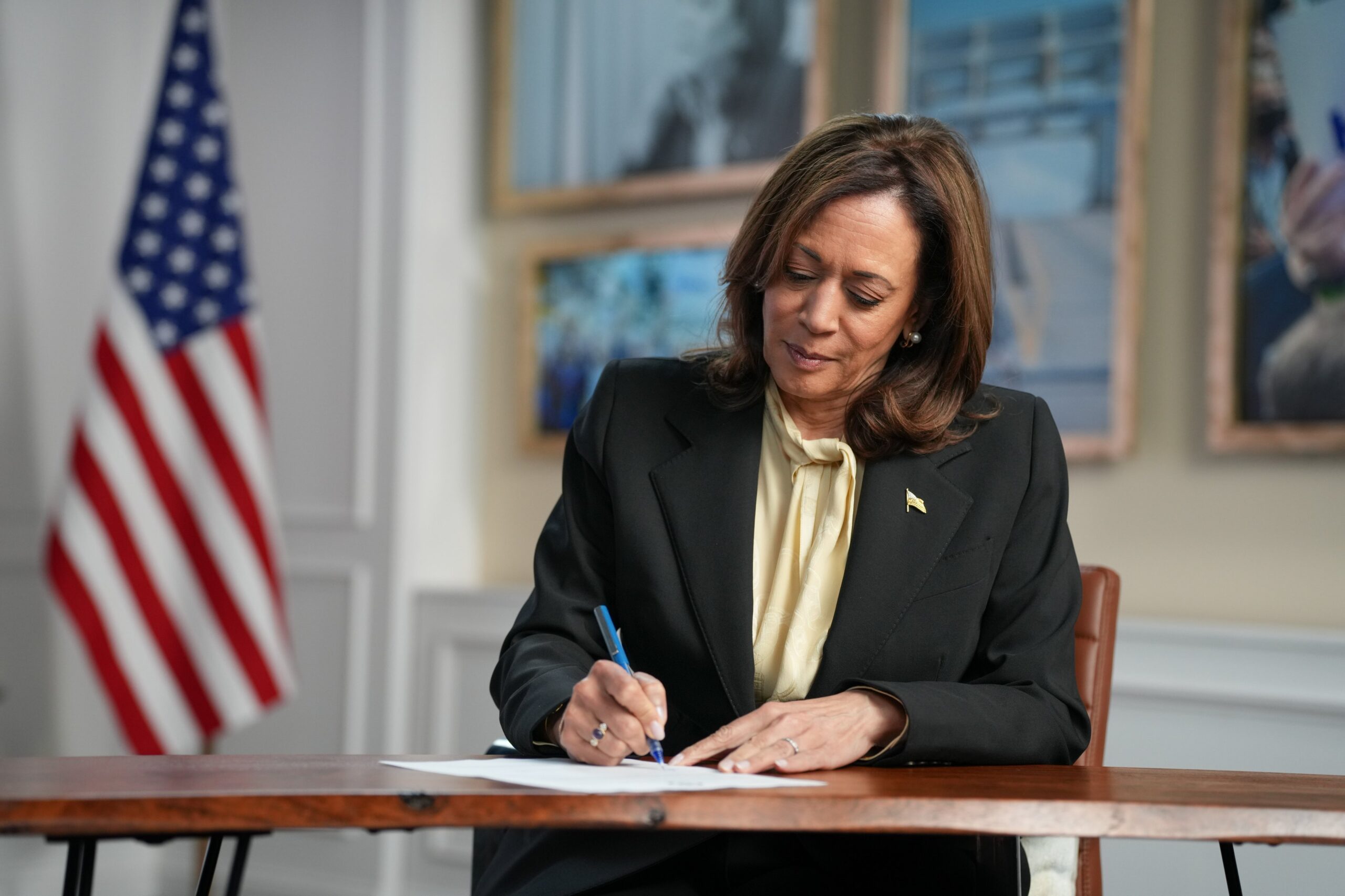As the highly anticipated presidential debate looms, Vice President Kamala Harris and former President Donald Trump are employing markedly different strategies in their preparations, each with its own set of goals and methods. The upcoming debate, set to take place in Philadelphia, is seen as a critical moment for both candidates to define themselves to undecided voters, with Harris focusing on maintaining composure and showcasing her presidential demeanor, while Trump aims to leverage his policies and attack Harris’s association with President Joe Biden.
Kamala Harris’s Meticulous Preparation
Kamala Harris has retreated to a Pittsburgh hotel for five days of intense and meticulously choreographed debate practice. The preparations are designed to simulate every aspect of the debate environment, complete with a stage, replica TV lighting, and even an adviser who embodies Donald Trump. This adviser is not merely simulating Trump’s persona but is fully immersed in the role, wearing a boxy suit and a long tie to emulate the former president’s appearance and mannerisms.
Harris’s team is focusing on ensuring that she appears coolheaded and presidential. The aim is to draw out Trump’s more self-destructive tendencies while remaining unflappable. According to Hillary Clinton, who previously debated Trump, Harris should avoid being baited and instead use Trump’s vulnerabilities against him. Clinton’s advice highlights the importance of maintaining composure while exposing Trump’s weaknesses.
Donald Trump’s Unconventional Approach
In contrast, Trump’s preparation is characterized by a more improvised and informal approach. The former president refers to his practice sessions as “policy time” rather than debate prep. These sessions are designed to refresh his memory on his record rather than simulate a debate environment. Trump’s preparation involves a mix of formal and informal questioning, with aides either engaging in a structured Q&A format or participating in more casual discussions.
Trump’s debate practice sessions are notably less structured compared to Harris’s. He has had only a few sessions, and during one, he even paused to watch Harris’s convention speech with his advisers. Trump’s team is concerned about the potential for him to appear overly aggressive, a concern stemming from his contentious 2020 debate with President Joe Biden. During that debate, Trump’s behavior was marked by interruptions and visible discomfort, which his team is keen to avoid repeating.
ALSO READ -Former Vice President Dick Cheney to Vote for Kamala Harris, Daughter Liz Cheney Reveals
Strategic Goals and Risks
Both Harris and Trump view the debate as a pivotal opportunity to make an impression on swing voters who are still forming their opinions. Harris is focused on demonstrating her leadership qualities and staying composed while drawing out Trump’s more damaging traits. Her strategy involves presenting herself as a capable and steady leader, in contrast to Trump’s more unpredictable demeanor.
Trump’s strategy revolves around highlighting the issues he believes will resonate with voters, such as economic concerns, public safety, and immigration. His advisers are aiming to present him as a policy-focused candidate while avoiding the pitfalls of appearing overly aggressive. Trump’s preparation includes addressing contentious topics like abortion and ensuring he does not come across as disrespectful or dismissive of his opponent.
Debate Dynamics and Public Perception
Harris’s approach contrasts with that of Hillary Clinton, who took a more direct confrontational approach in her debates with Trump. Harris is opting for a strategy that focuses on connecting with undecided voters by emphasizing her policy positions and demonstrating her ability to handle the pressures of the presidency. This approach aims to appeal to voters who are disillusioned with the current economic situation and are concerned about the future.
Trump’s team is aware of the potential risks associated with his debate performance, including the possibility of appearing “low energy” if he overcorrects his aggressive tendencies. The goal is to strike a balance between presenting a forceful argument against Harris and avoiding the appearance of being overly combative or disrespectful.
Public Expectations and Debate Impact
As the debate approaches, both candidates are under significant pressure to perform well. Harris is expected to leverage her extensive preparation to deliver a composed and persuasive performance, while Trump’s team is hoping that his informal, policy-focused approach will resonate with voters. The outcome of the debate could play a crucial role in shaping public perception and influencing the trajectory of the election campaign.
Overall, the contrasting strategies of Kamala Harris and Donald Trump reflect their different approaches to engaging with voters and addressing key issues. Harris’s methodical preparation and focus on maintaining composure contrast sharply with Trump’s more spontaneous and policy-oriented approach. As the debate unfolds, the effectiveness of these strategies will become clear, and the impact on voter opinions could be significant.
Overview
The debate between Kamala Harris and Donald Trump is shaping up to be a critical moment in the presidential campaign. Harris’s detailed preparation and focus on presenting herself as a capable leader are in sharp contrast to Trump’s informal and policy-focused approach. As both candidates prepare to face off, their strategies reveal much about their respective campaign priorities and their attempts to connect with undecided voters. The debate is set to be a defining moment, with potential implications for the overall trajectory of the election campaign.




